
- 1 Introduction
- 2 Main components of FPV drone
- 3 Dimensions FPV drone
- 3.1 Dimension table
- 4 Step 1. Add. accessories
- 4.1 Control panel
- 4.2 FPV goggles / helmet
- 4.3 Pairing devices
- 4.4 Battery
- 4.5 Charger
- 5 Step 2. Teach
- 5.1 Simulators
- 6 Step 3. Practice
- 6.1 Recommended micro FPV drones
- 7 Summarizing
- 8 Videos
Introduction
The advanced user drone park usually includes several drones, which in turn are divided into GPSFPV drones

The rapidly gaining popularity of FPV drones / quads / quadrics is the exact opposite of GPS drones. It was this niche that gave birth to spectacular drone racing and drone freestyle. In a hobby, such UAVs are used to implement free dynamic flight in the first person mode, which allows the user to give the user an indescribable sensation - the flight of a bird. The aforementioned freedom of flight becomes available due to the absence of any electronic restrictions in FPV drones, both in power and in control. Ideally, such drones are assembled and configured by the user from scratch
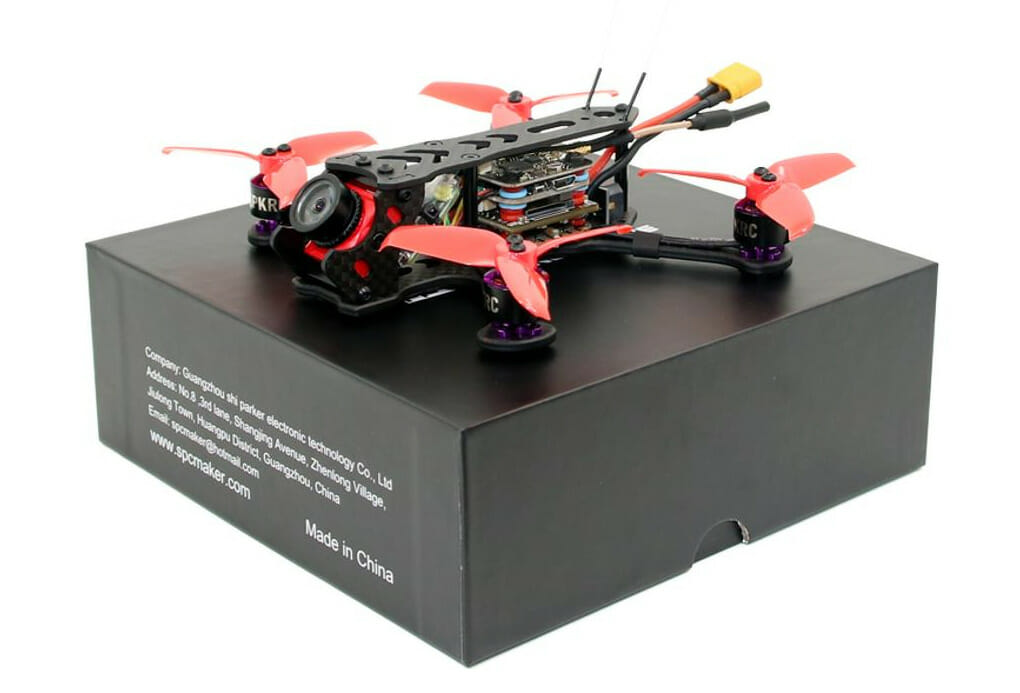
Serial models are usually available to the consumer in BNF or PNPbattery (available only for BNF kit), remote control, FPV goggles / helmet (rarely FPV monitor) and charger are purchased separately. FPV drone control is possible only in one - Acro mode (excludes electronic assistants responsible for auto stabilization and holding the drone position), which requires the user to have special piloting skills, which are developed exclusively during long training sessions. In other words, a beginner will not be able to fly such a drone the first time.
Note that some sellers put batteries in PNP equipment, so you shouldn't be surprised if you come across such a kit.
In this article, we will walk the novice user step by step on where to start to quickly enter and grow into the FPV drone niche.
The main components of an FPV drone
To get right to the development of the topic, it is best to start with an overview of the main components of an FPV drone, thanks to which the drone can fly and the pilot can use it. First Person Control:
- Frame
- Flight Controller
- Motors
- Propellers
- Speed Controllers (ESC)
- FPV Camera
- VTX
- Receiver
- Antennas
- Battery
- Control panel (control equipment / transmitter)
- FPV goggles / helmet / monitor
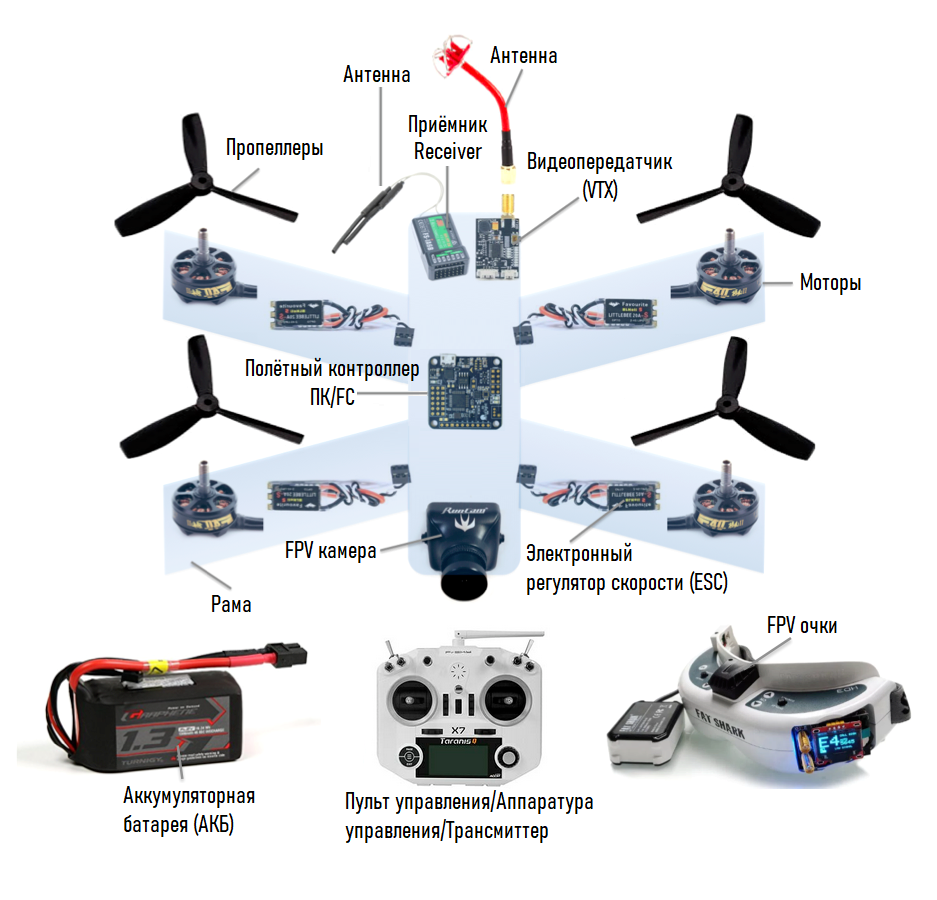
Components such as ESCs can be executed in a 4-in-1/4-in-1 form factor (as a single board), which allows them to be located in the center of the drone above the flight controller.
FPV Drone Sizes
In the drone hobby FPV drones are divided into two main size groups, Micro and Mini. Which specific group the drone belongs to is predetermined by its frame - the main frame on which all the components of the drone are mounted. Frame size is the diagonal distance between two quad motors. Micro FPV drones - frame sizes ranging up to 150mm. Mini FPV drones - frame sizes range from 150-305mm. The drones from the mini group are not toys, they are powerful and can reach speeds up to 160 km / h and even more, and this is what you will strive for as you grow. It is recommended to start entering the racing drones niche with micro quadrics, as they act as a kind of "go-kart" before moving to high-speed "race cars".
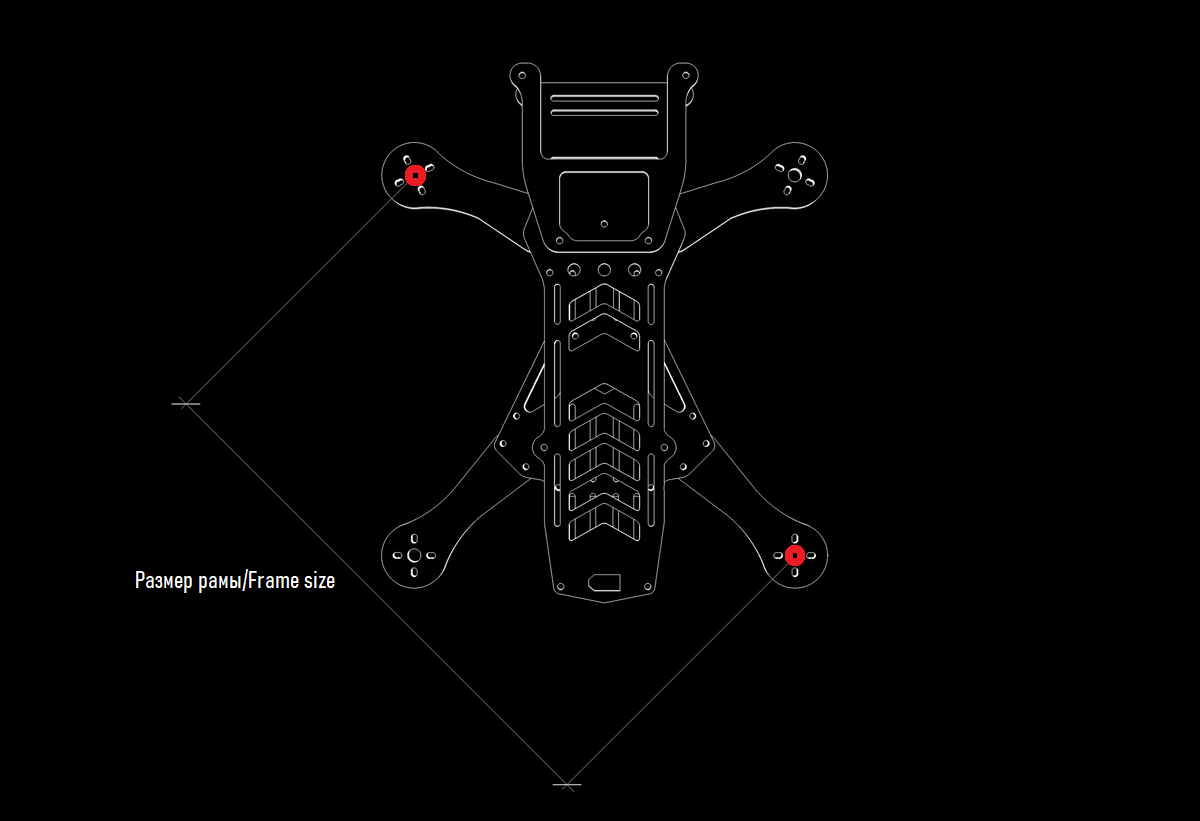
Note! In addition to the group, the size of the frame also determines the size of the propeller that can be mounted on it. That is, each frame is designed for a specific propeller size, so in hobbies the frame is also referred to depending on the propeller size. So when you hear people mention "5" props, it means they are talking about a 5 "props frame.
Dimension table
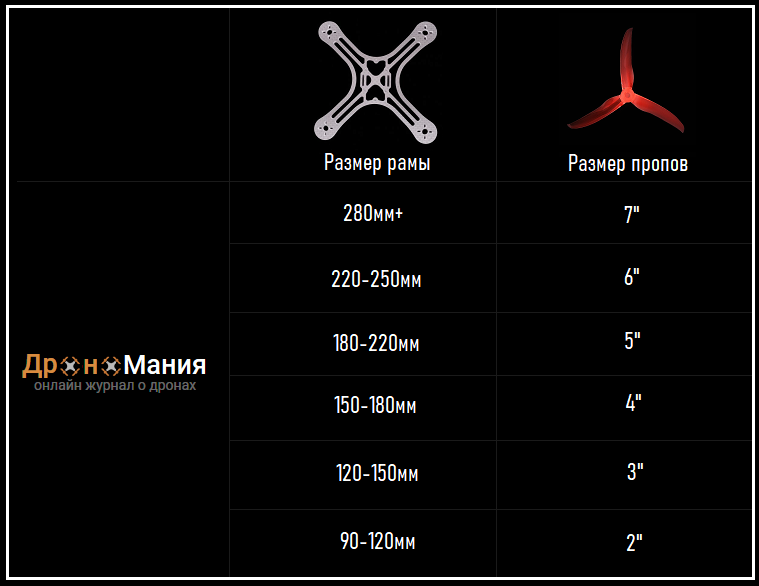
Step 1. Add. accessories
As we noted above, the best production FPV drones often come in two possible configurations: BNF (includes: drone, battery, receiver, charger) and PNP (includes: drone, receiver). In order to lift such a drone into the sky, you will need to purchase the missing accessories, without which it will be impossible to fly, including in first-person mode. Accordingly, for the BNF configuration, these missing accessories are: a remote control and FPV goggles (helmet / monitor), and for PNP configuration: a remote control, FPV goggles / helmet (less often an FPV monitor), a battery and a charger. Below we will tell you about the most relevant companion devices today, which are best suited for promoting in a hobby.
There is also ARF equipment in which the drone comes in a completely disassembled state (designer). Such a complete set will require from you the skills of owning a soldering iron and not only that, in general, the lot of already advanced users. Less often, but still there is a RTF package, which has everything you need for FPV flight (drone, remote control, FPV goggles / helmet / monitor), battery, charger), you just need to charge Battery and you can take off.
Control panel
As a rule, the control panel of GPS drones
- Frsky (TX protocols: D8 / D16 / LR12; RX protocols: SBUS / FPort)
- Flysky (TX protocols: AFHDS / AFHDS 2A; RX protocols: IBUS)
- Spectrum (TX protocols: DSM / DSM2 / DSMX; RX protocols: DSM / DSM2 / DSMX)

Note that there are multi-protocol control equipment on the market that allows you to interface with various receivers, including with the above mentioned.
Recommended remotes
The remotes presented below have stood the test of time and are the best solution for entering and promoting a hobby today. The best products are from Frsky, they are preferred by most fans of the drone hobby from amateurs to professionals:
Frsky
Taranis X9D Plus
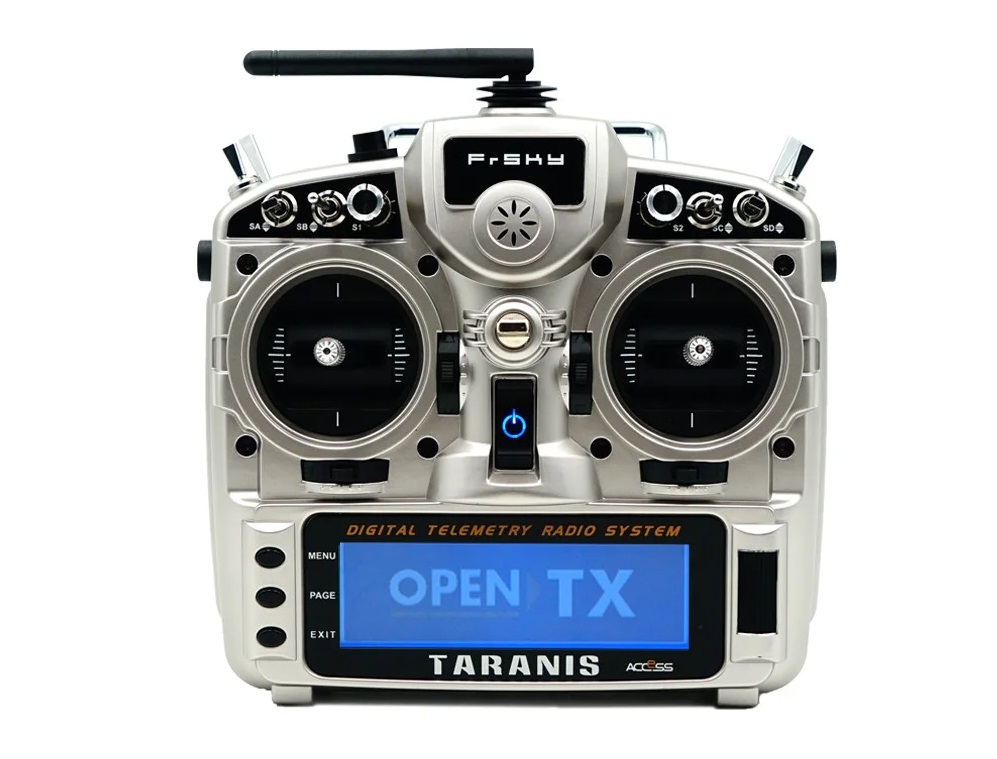
Taranis X9D Plus Special Edition
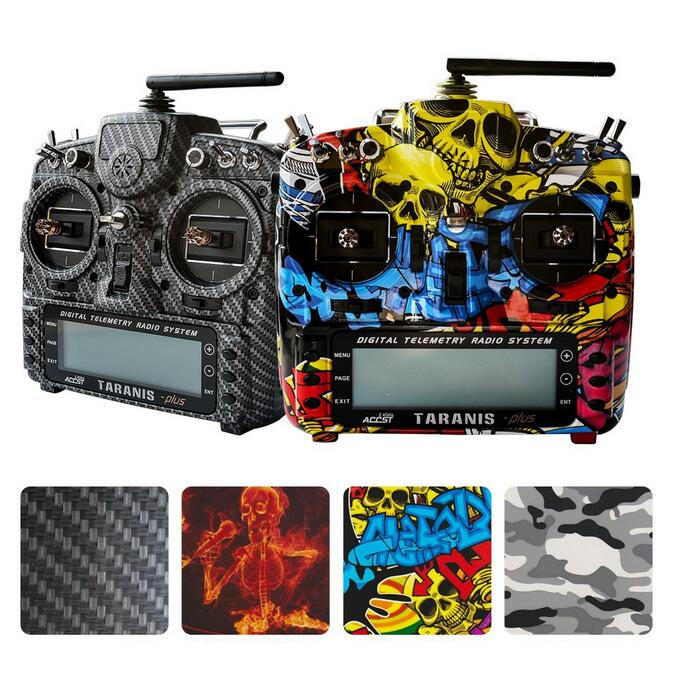
Taranis QX7S

Taranis QX7
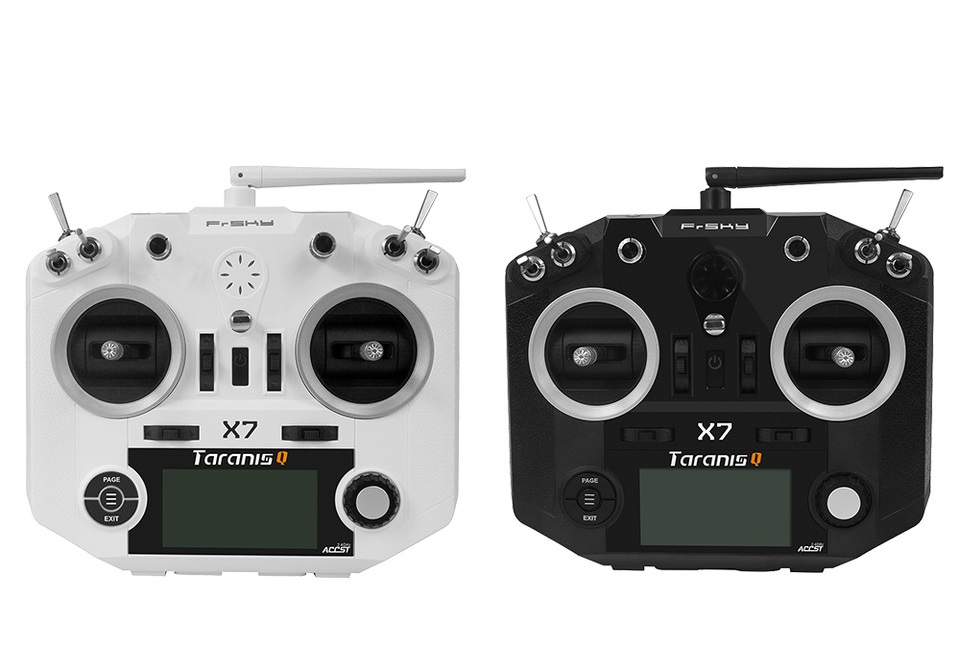
Spectrum
Spectrum DX6
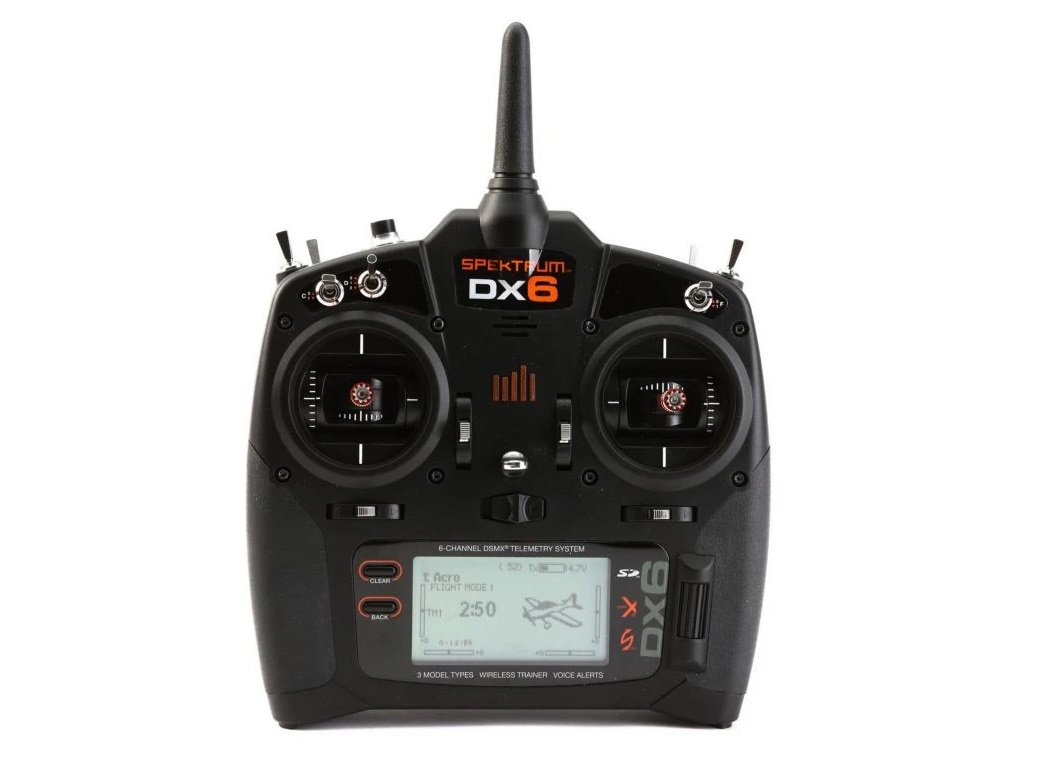
Spectrum DX8
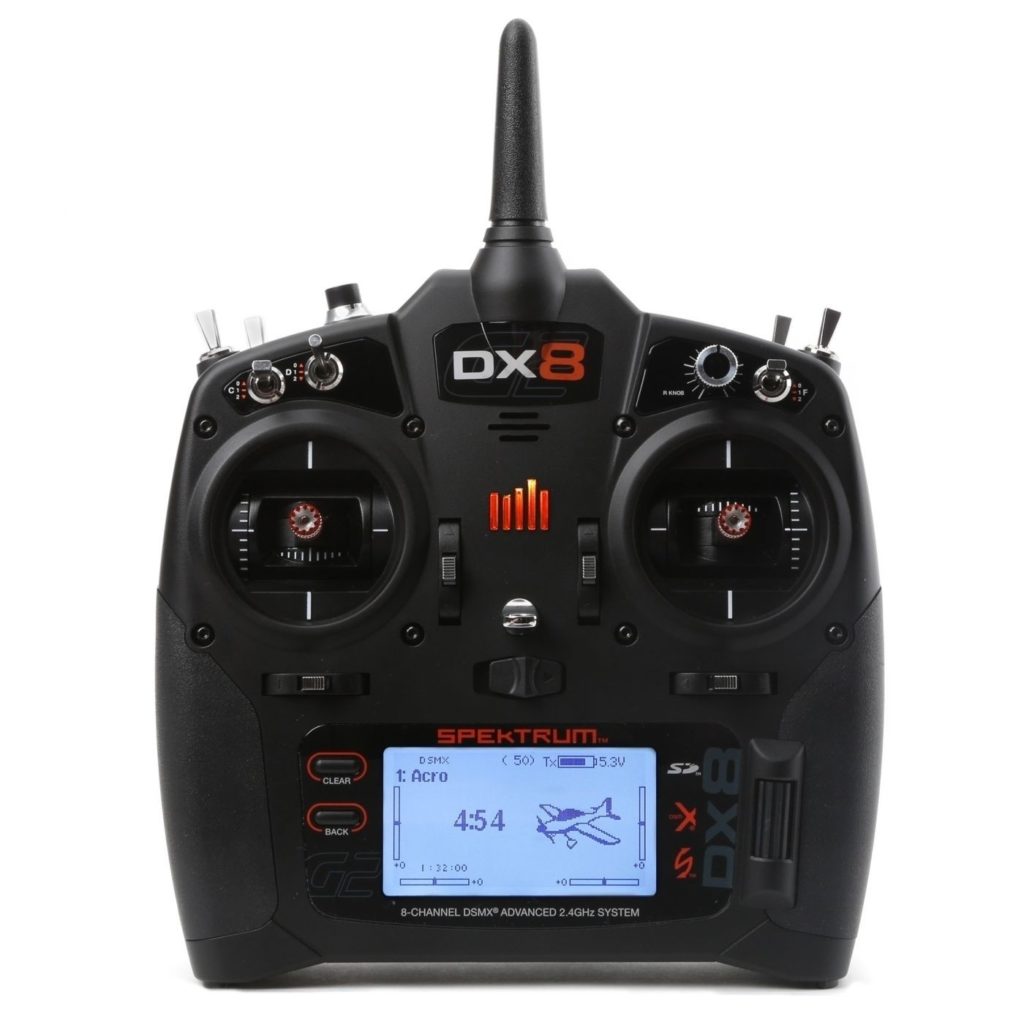
Flysky
Flysky I6

Flysky I6S
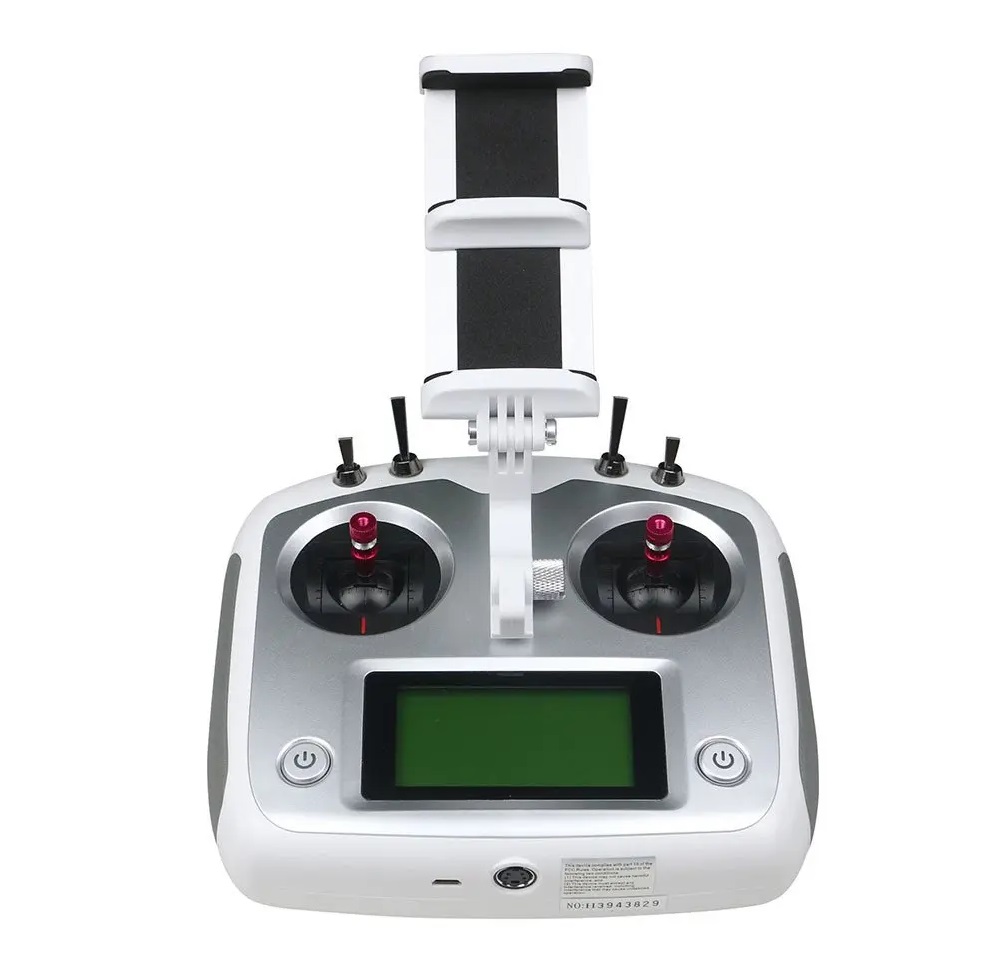
Turnigy Evolution Pro
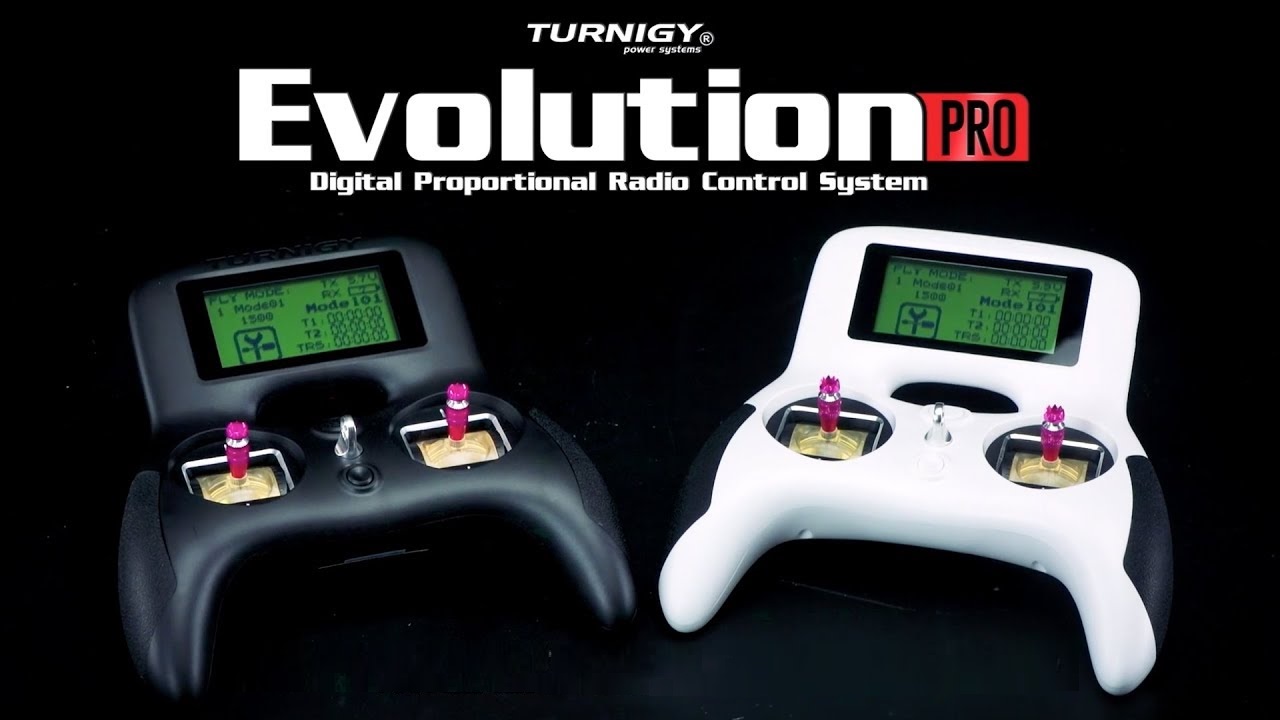
Universal control equipment
Inexpensive multi-protocol control equipment has positively proven itself in the unmanned hobby. Supports about 40 known protocols including those mentioned above.
Jumper T8SG v2.0 Plus
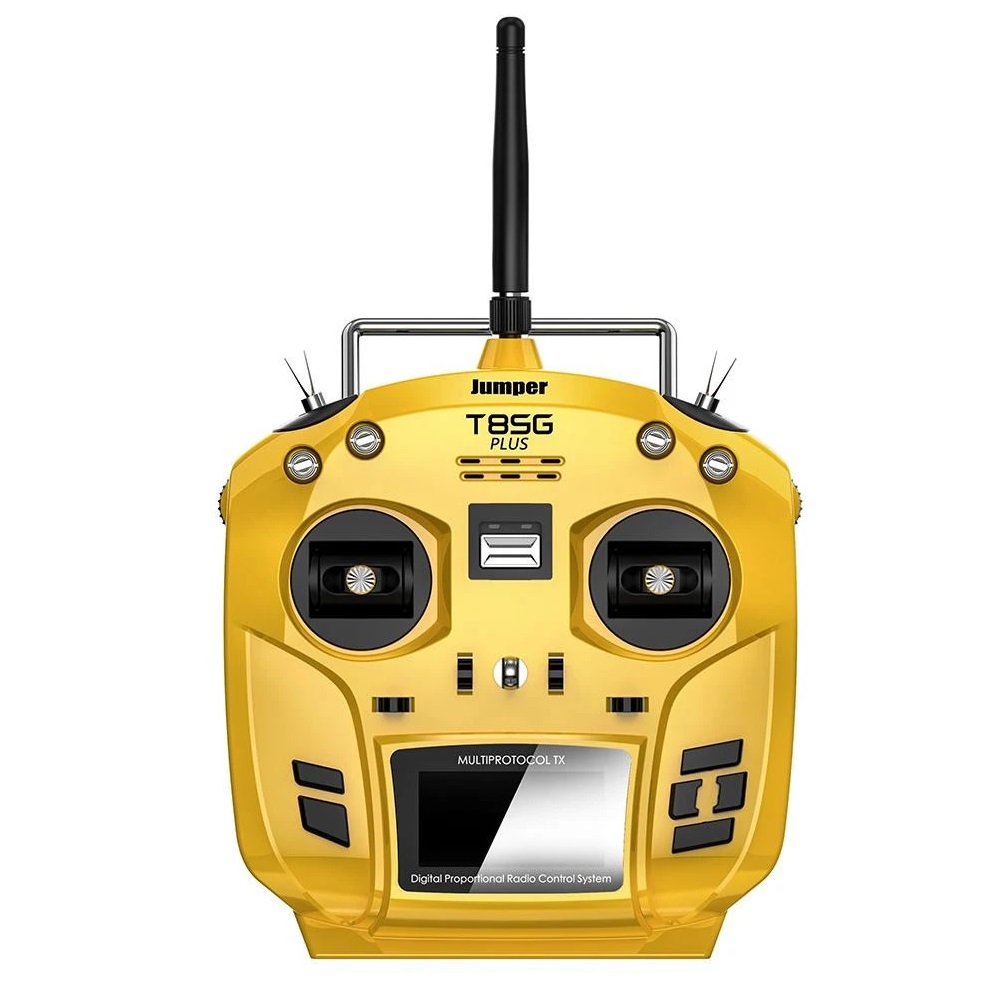
The control panel in the UAV racing niche belongs to the same group of devices, which, with the right choice, can go from a beginner to an advanced pilot without replacement.
FPV goggles / helmet
FPV goggles / helmet is the next additional accessory that you need to purchase, so how without them flying in the first person (FPV) mode will be impossible. Compared to remotes, the range of FPV goggles produced is much wider. We tried to collect the most successful models from different manufacturers that are available for purchase today, which have managed to positively prove themselves in practice, and have arranged them in ascending order in terms of price and manufacturability.
Recommended FPV Goggles / Helmets
Eachine VR006

Eachine VR-007 Pro

Eachine EV100
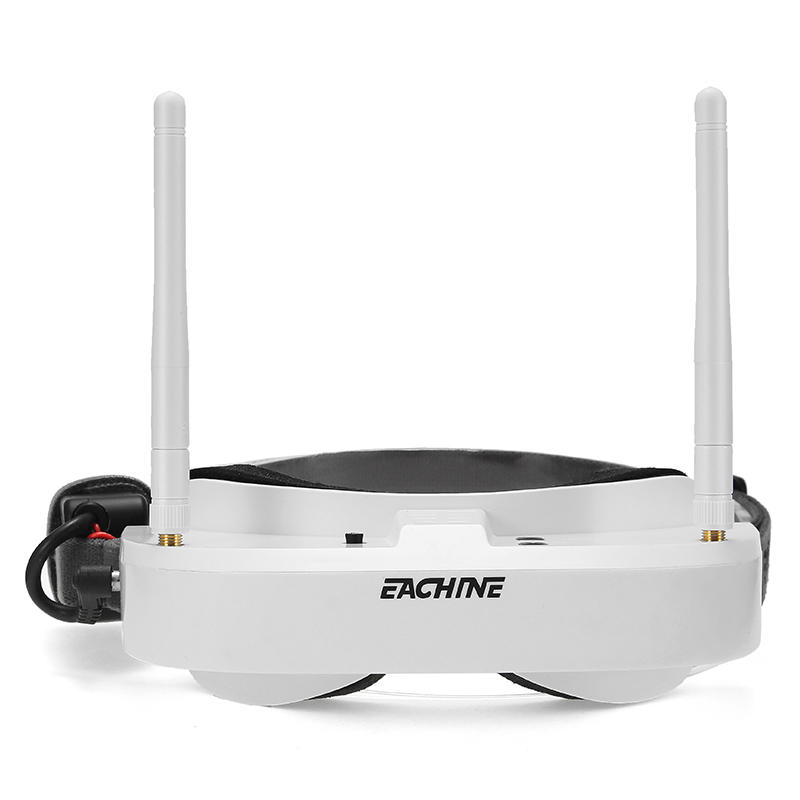
SJ RG01
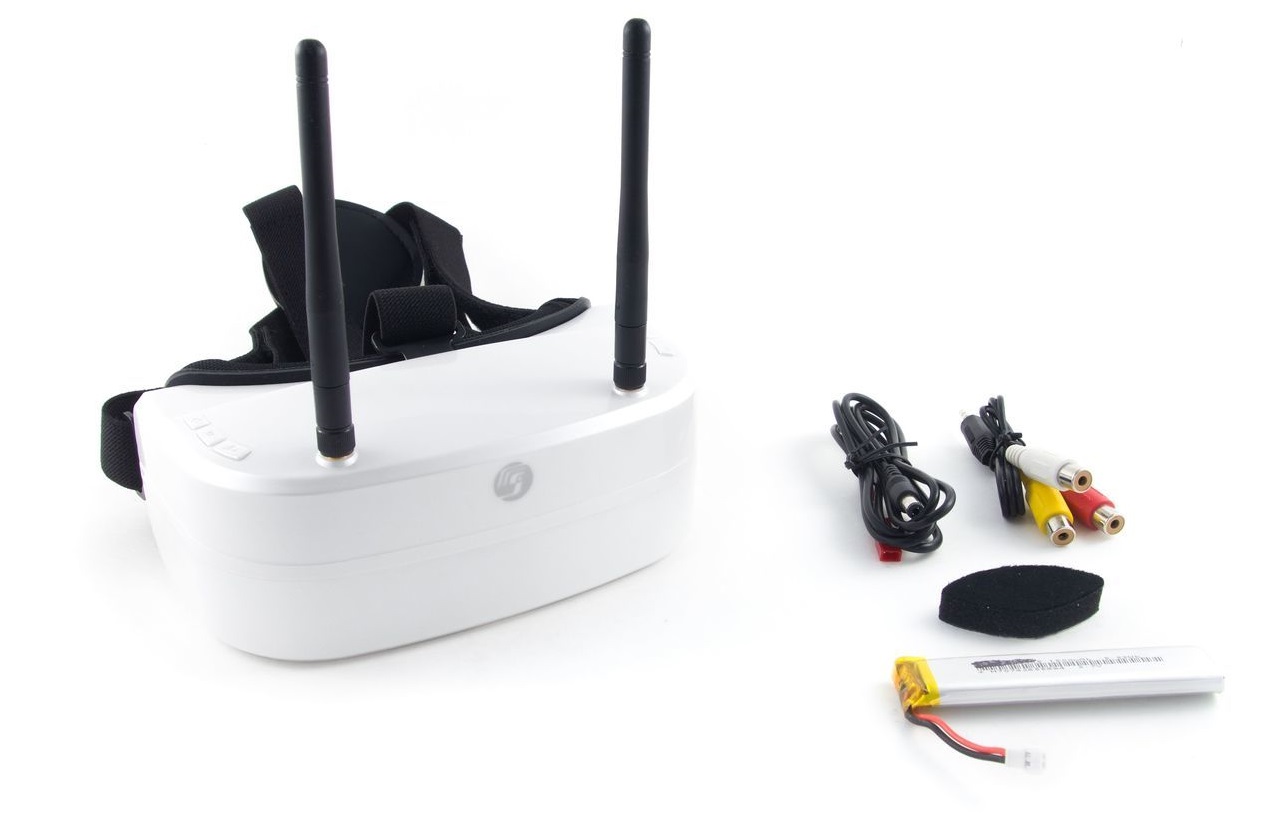
Eachine EV800
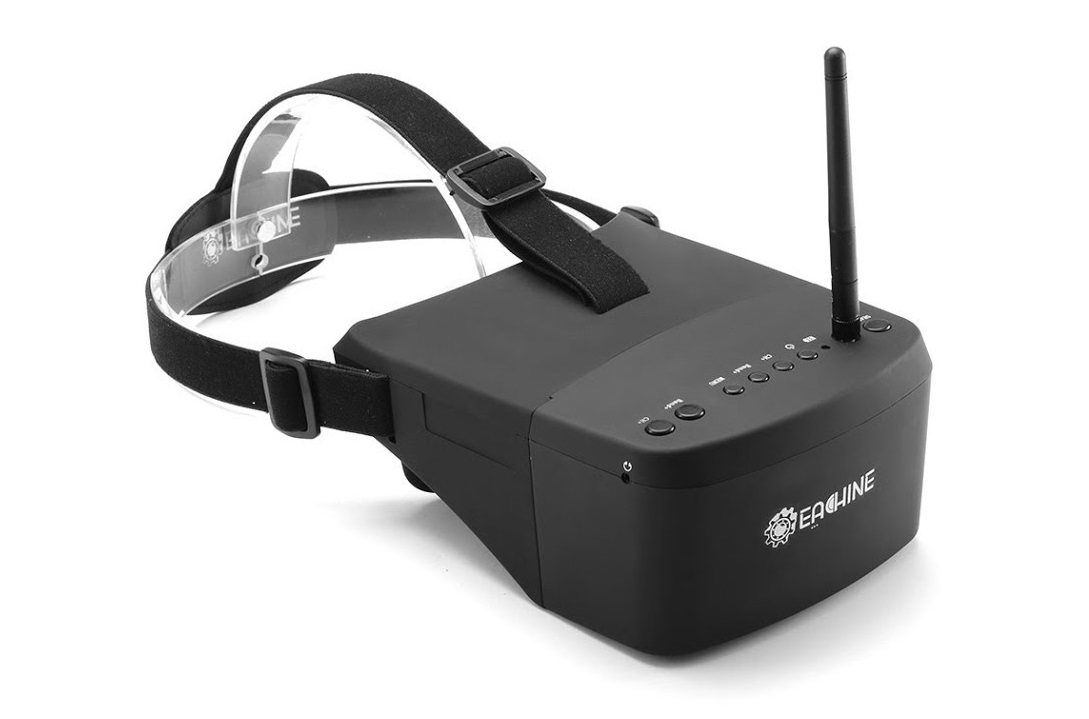
Eachine EV800D
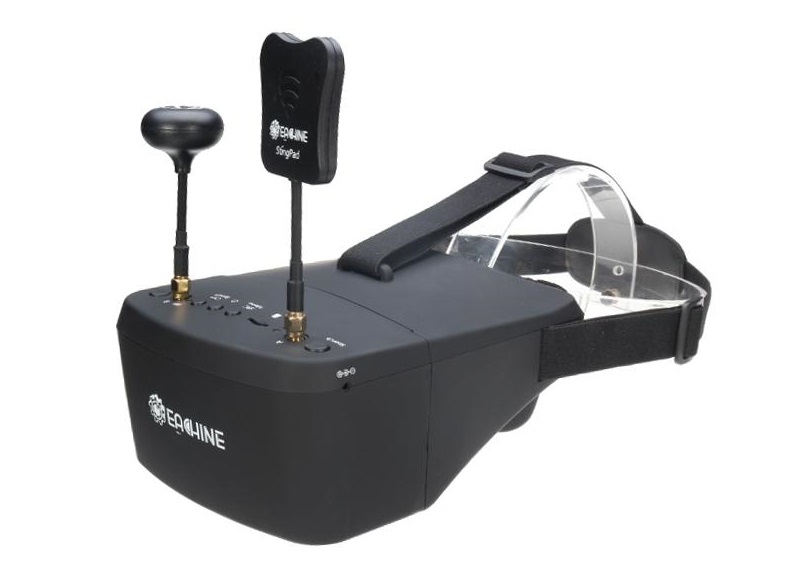
Eachine Goggles Two
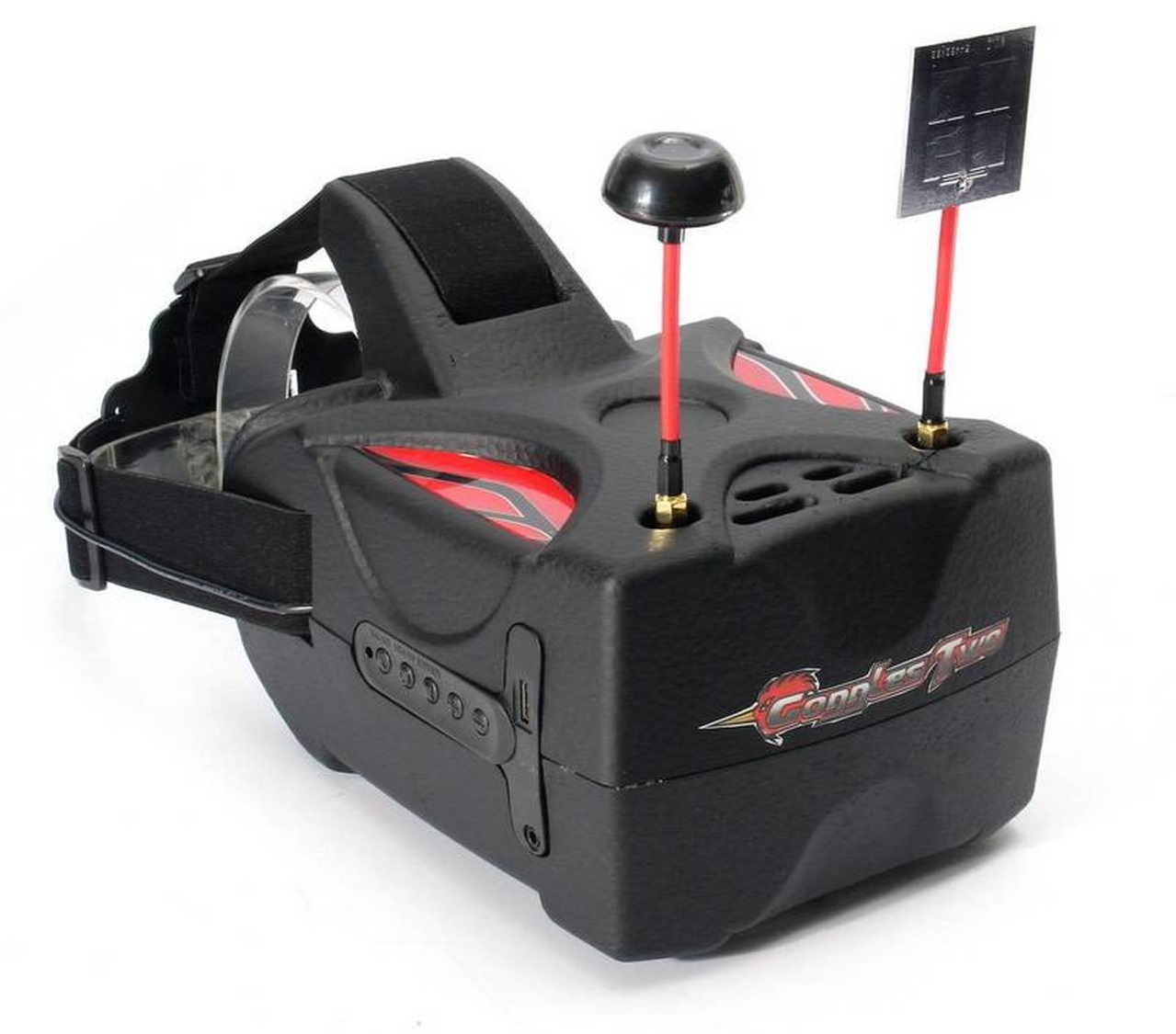
Skyzone SKY02C
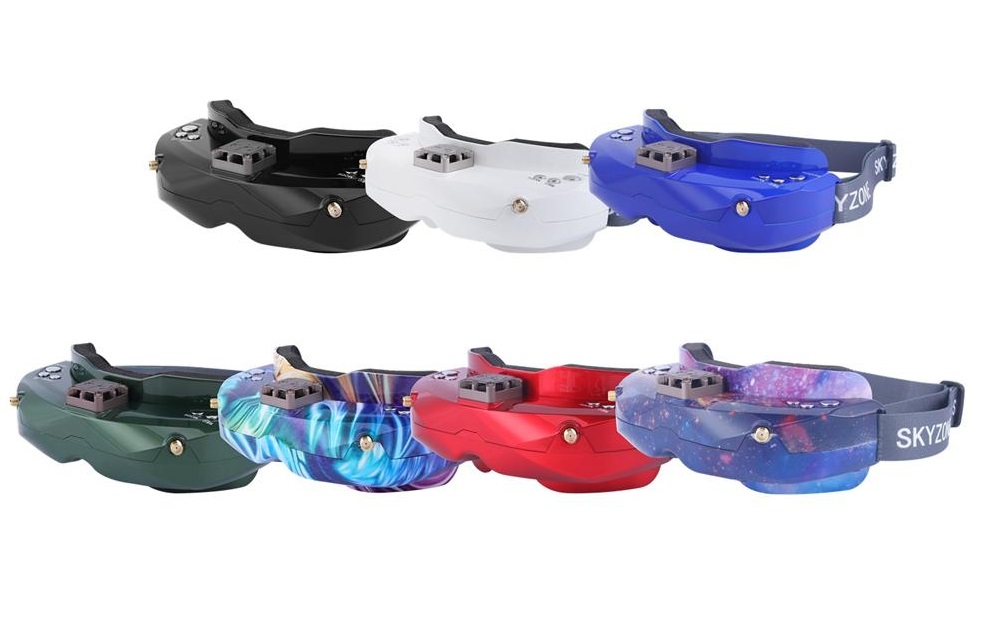
Eachine EV200D
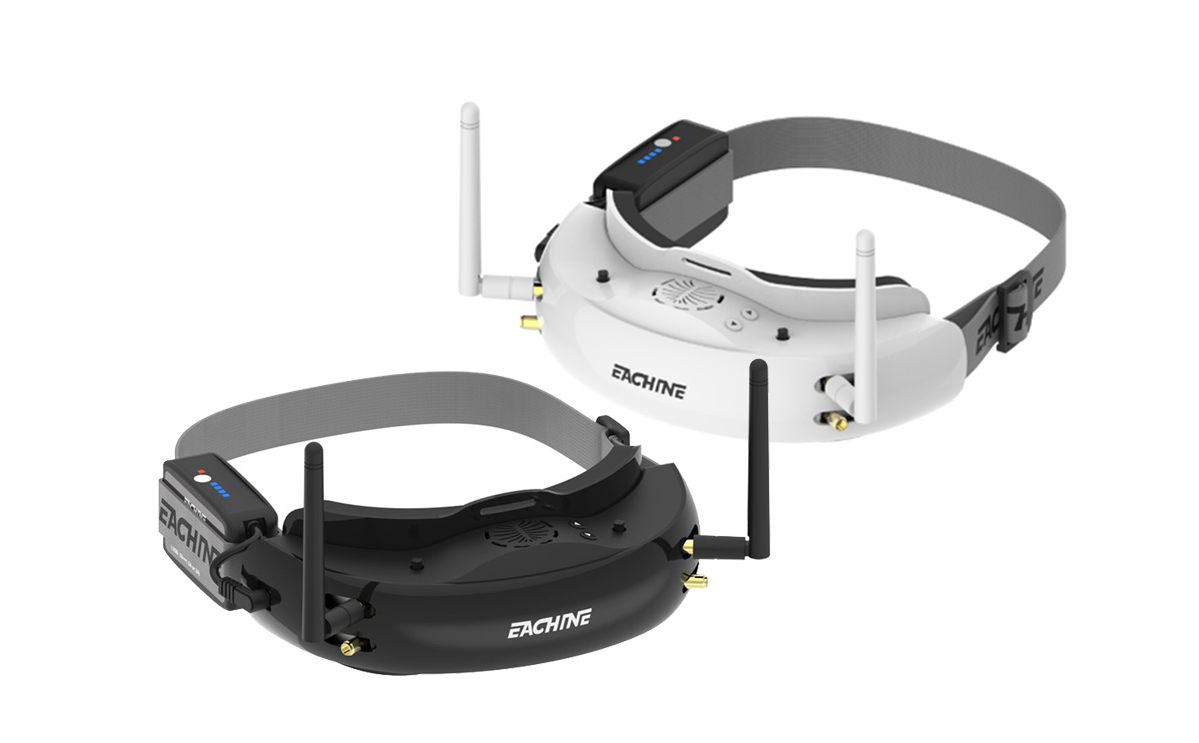
Fatshark Attitude V5
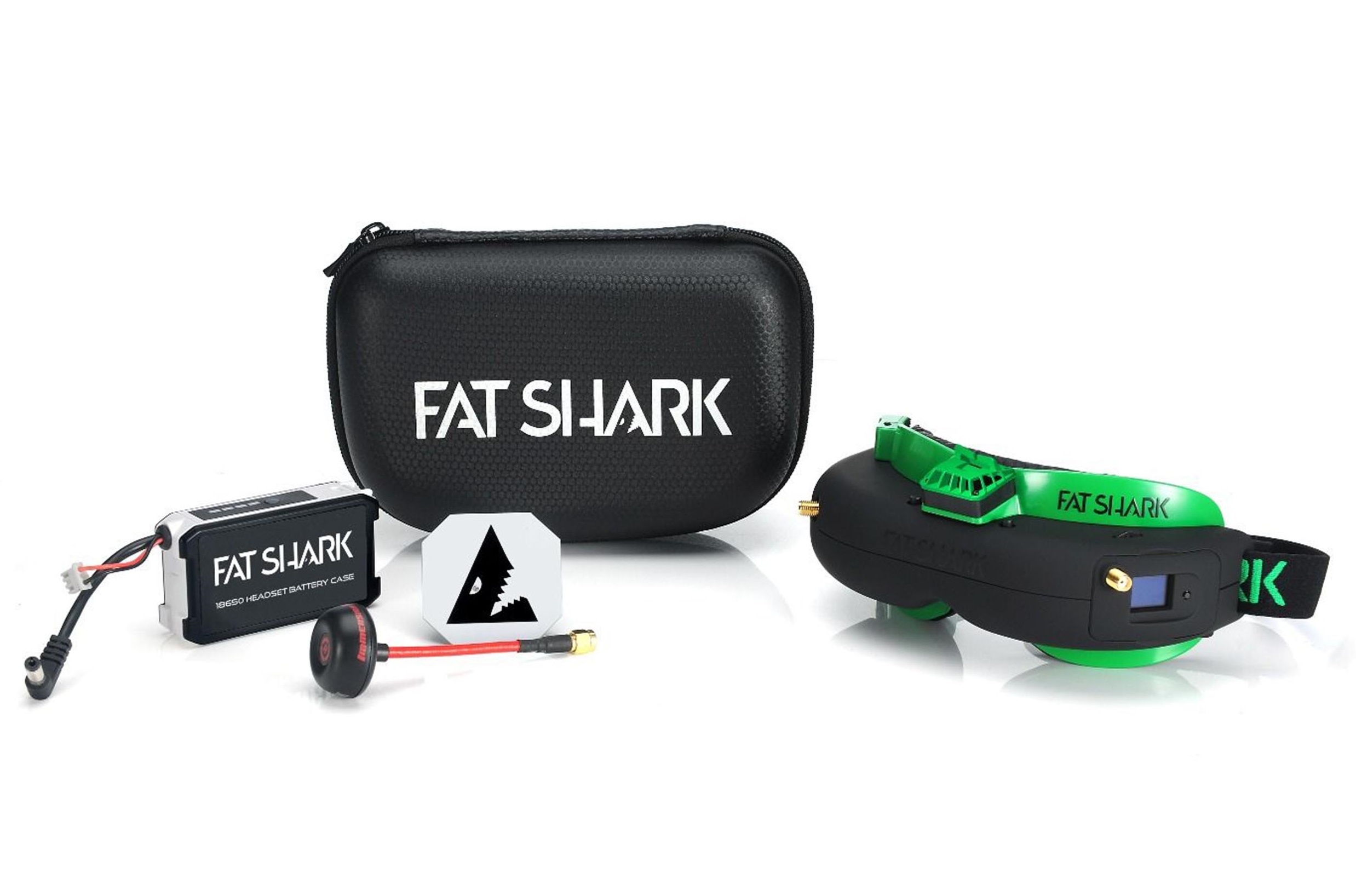
Aomway Commander
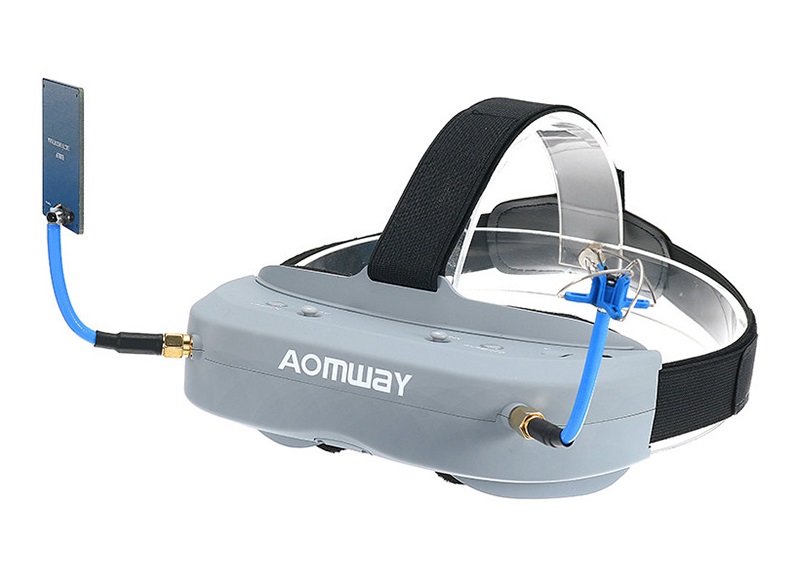
Aomway Commander V2
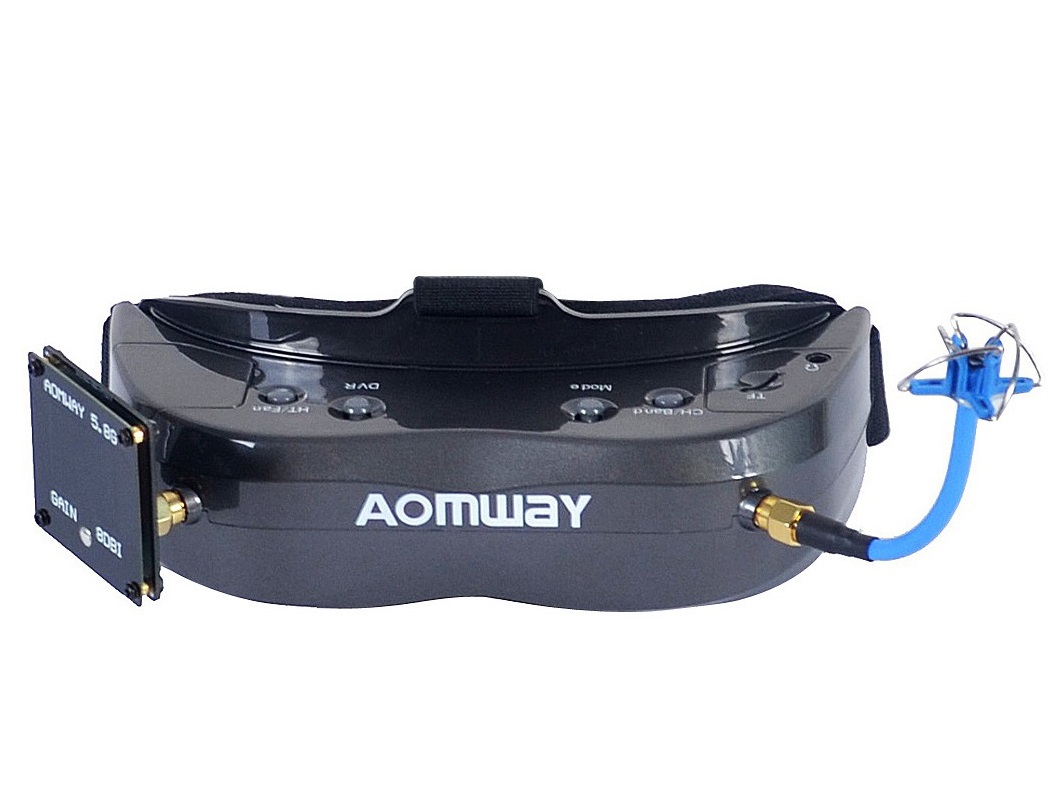
Skyzone SKY03O
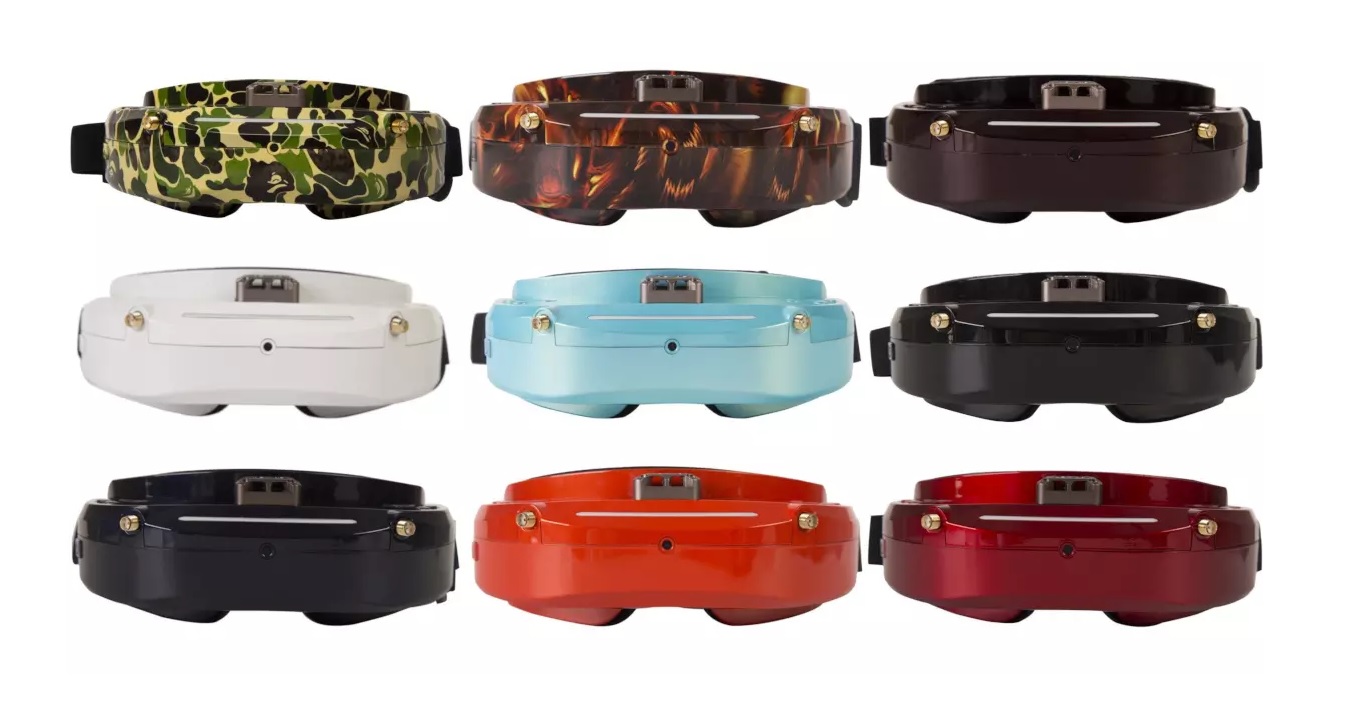
Fatshark HDO2
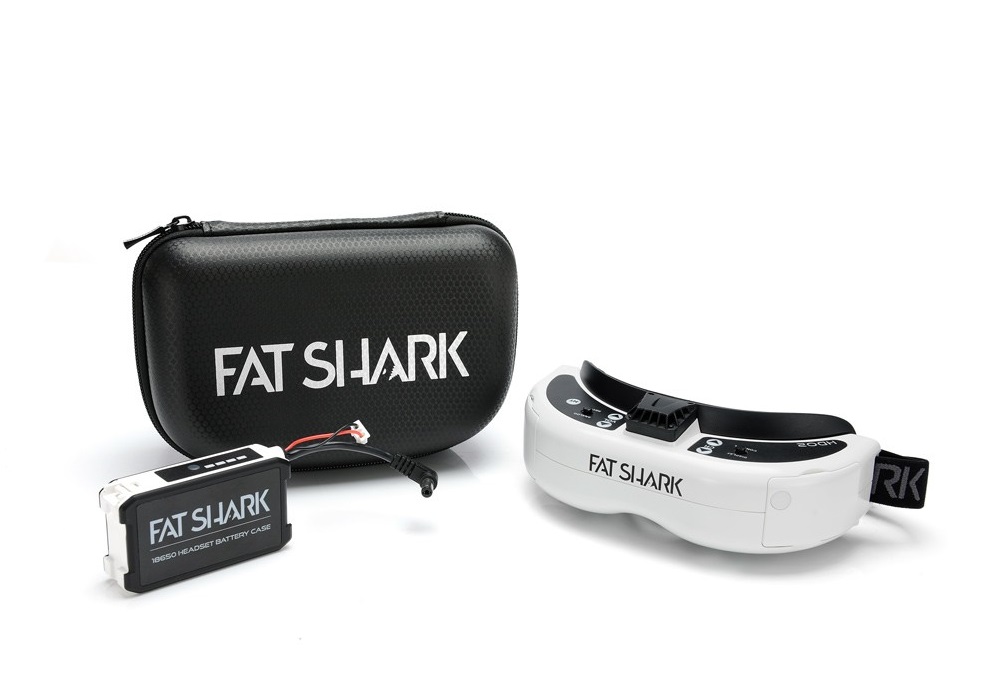
Orqa FPV. ONE
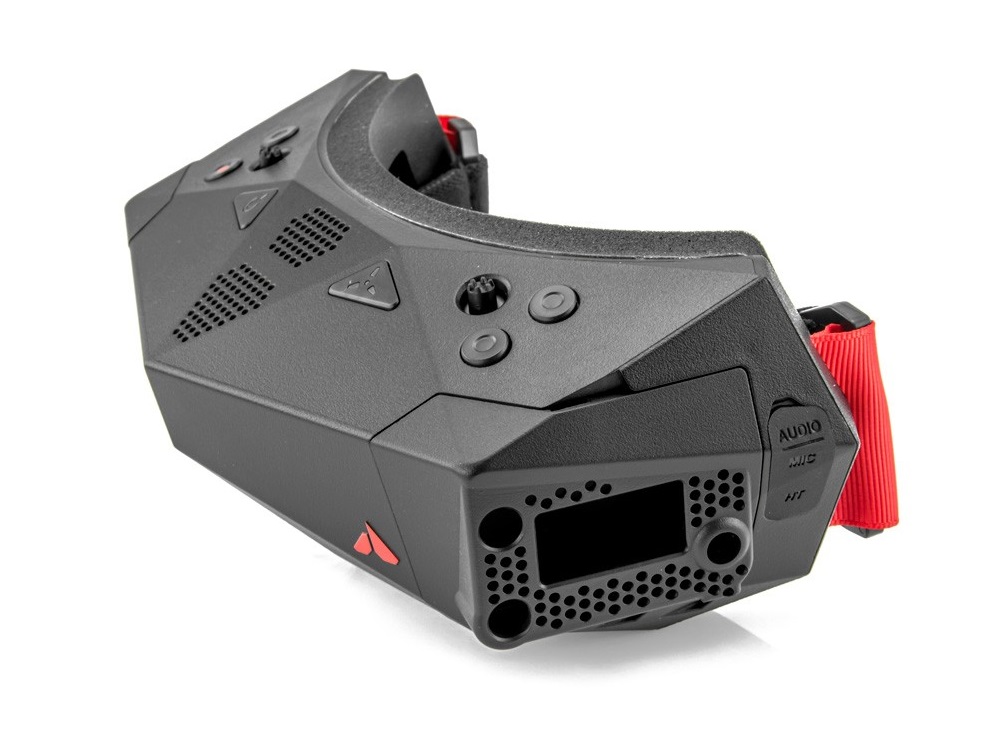
DJI FPV Goggles
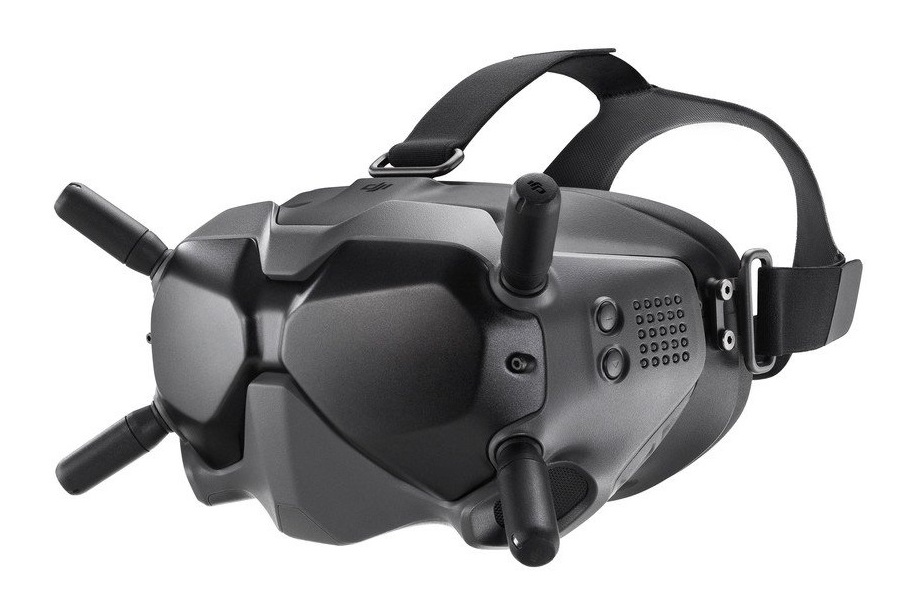
Also, flying in first person mode can be realized via FPV monitor but due to its less immersive effect, it is less commonly used by FPV drone pilots.
Pairing devices
Remote control receiver
As we said above, each of the presented remotes interacts directly with a specific receiver developer. In order for them to start interacting, they will need to be linked (bind / bind). This process is simple and one-time, but for each console and receiver it is implemented in its own way. Step-by-step visual instructions can be found in the FPV drone manual or on YouTube.
FPV goggles video transmitter
Pairing FPV goggles with a video transmitter (VTX) is the same as searching for TV channels on a TV. After turning on the drone, it is enough to start the autosearch of the broadcast video channel via the goggles interface (if this function is available for the FPV goggles / helmet ), or perform the search manually and you can take off. The goggles / helmet can be powered both from the built-in and from an external battery. The built-in battery is usually charged from the charger supplied with the goggles / helmet, and the external battery is charged from the charger, which you will definitely buy in addition to charge the drone's batteries.
Battery
If a rechargeable battery is not included in the package of the selected FPV drone model ( PNP packageLiPo ) choose a battery from a number of well-known third-party developers. In this case, in addition to the recommended characteristics, the user should pay attention to the connecting connector of the drone's power cable, which, as a rule, is of the following types: JSTJST-PH 2.0BT2.0XT30XT60
Recommended batteries for micro FPV drone:
1S (3.7V / 3.8V) LiPo batteries
Luminier 1S 3.7v 205mAh 25C
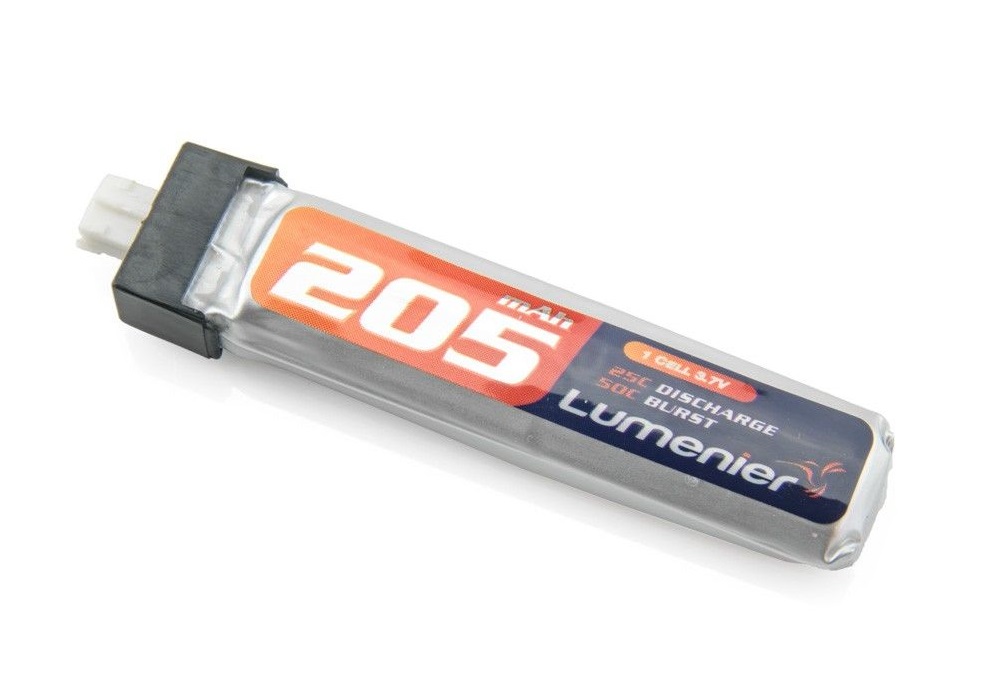
New Bee Drone Nitro Nectar 1S 3.7v 250mAh 30C

Tattu 1S 3.7v 220mAh 45C
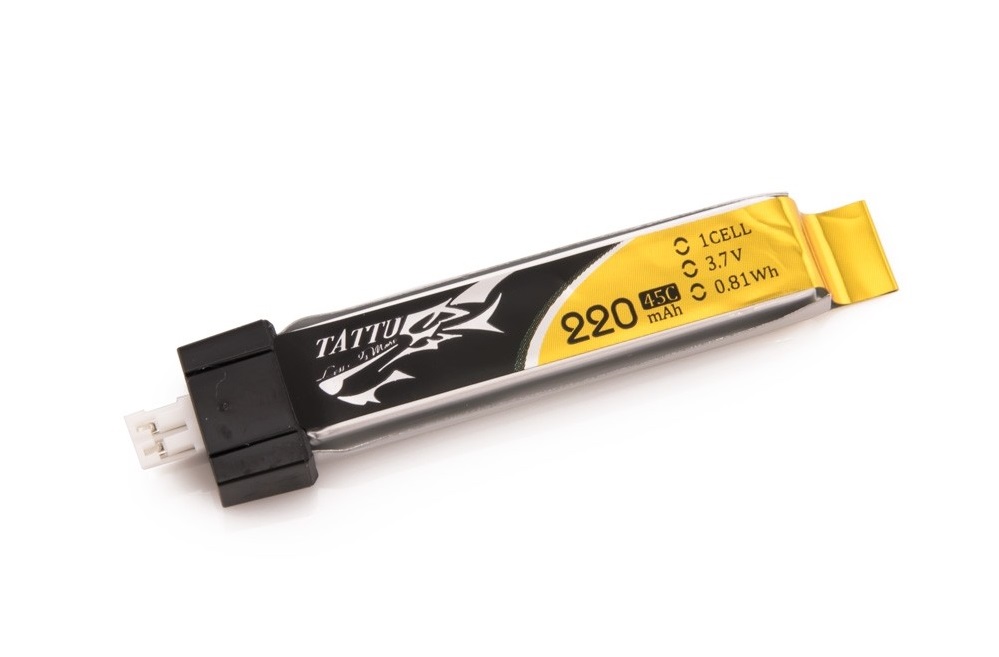
GNB 1S 3.8v 300mAh HV 30C
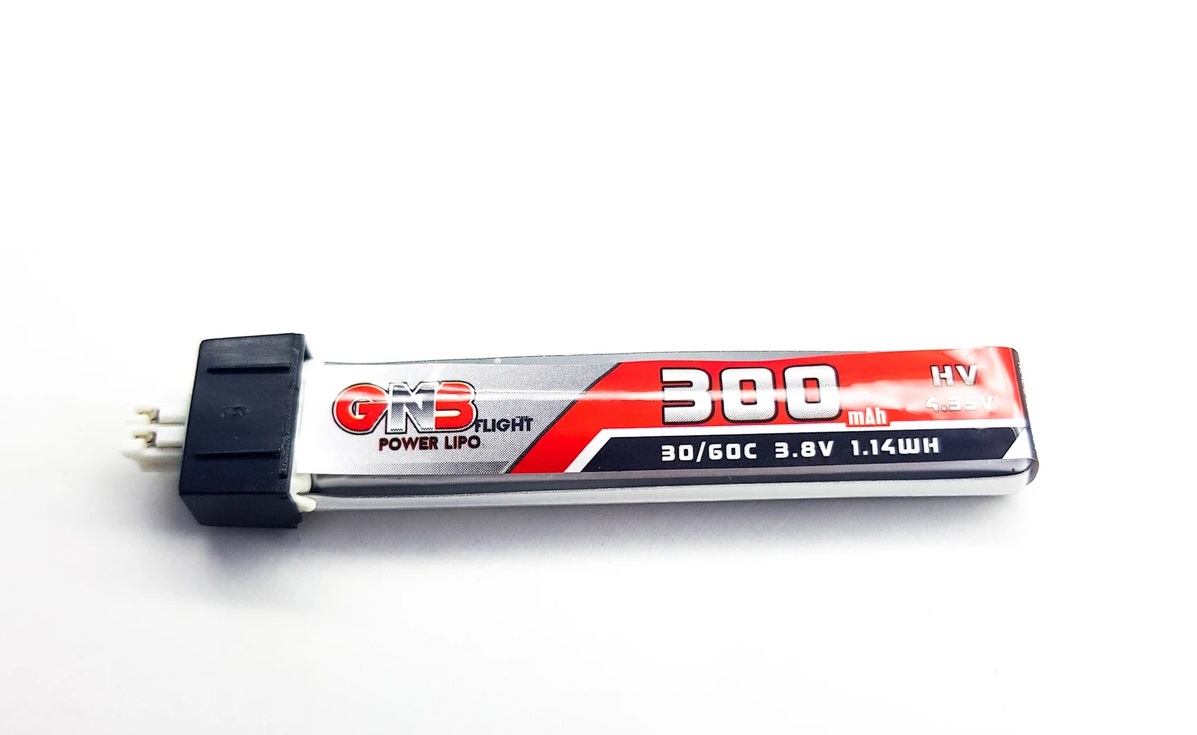
BetaFPV 1S 3.8v 300mAh HV 30C
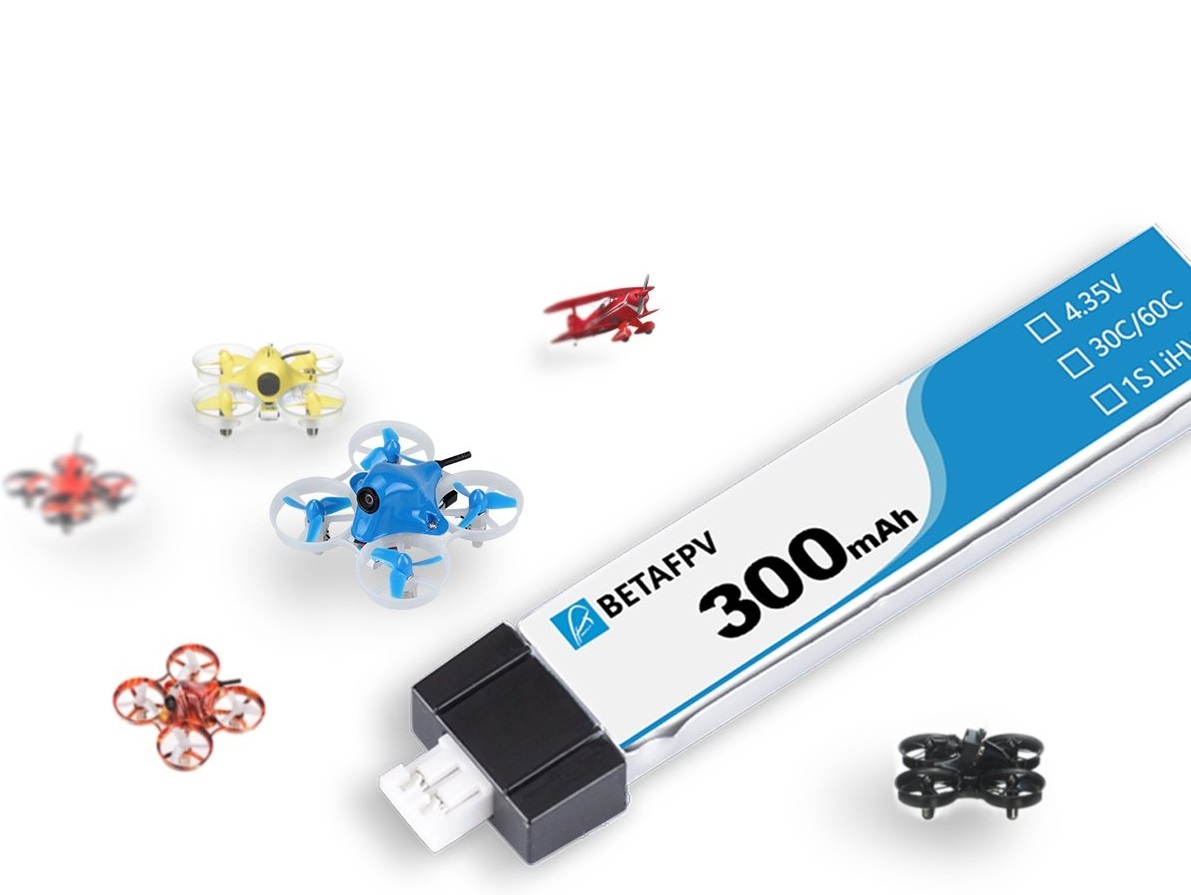
GNB 1S 3.7v 350mAh 80C
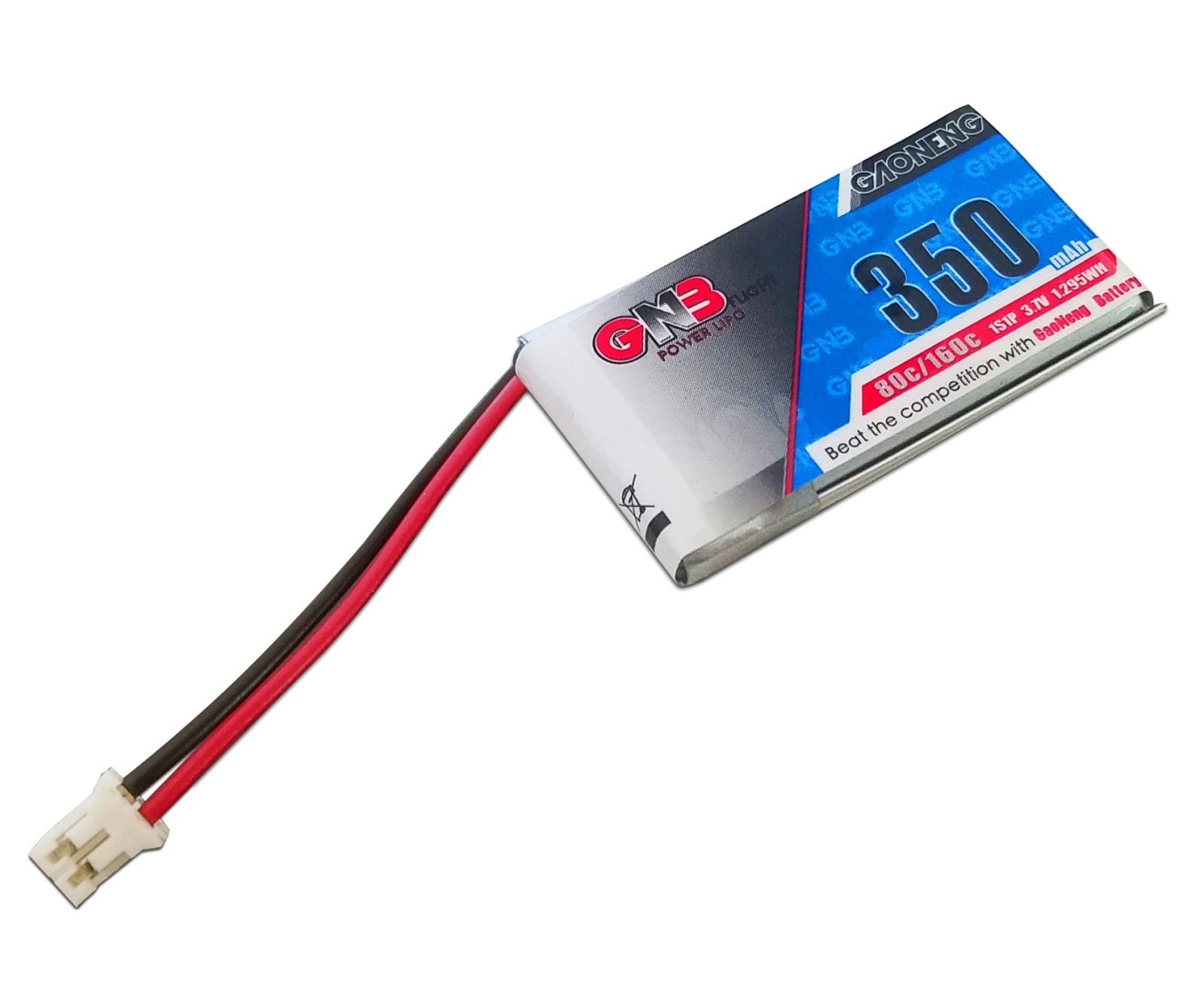
Eachine 1S 3.8v 460mAh HV 50C
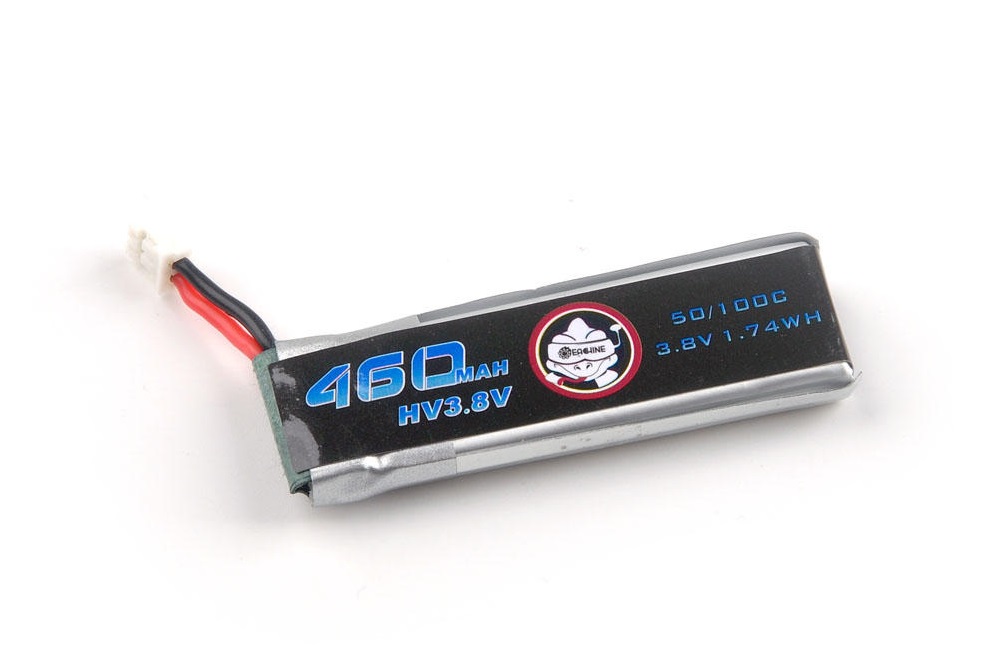
Emax 1S 3.8v 450mah HV 80C

GNB 1S 3.8v 520mAh HV 80С
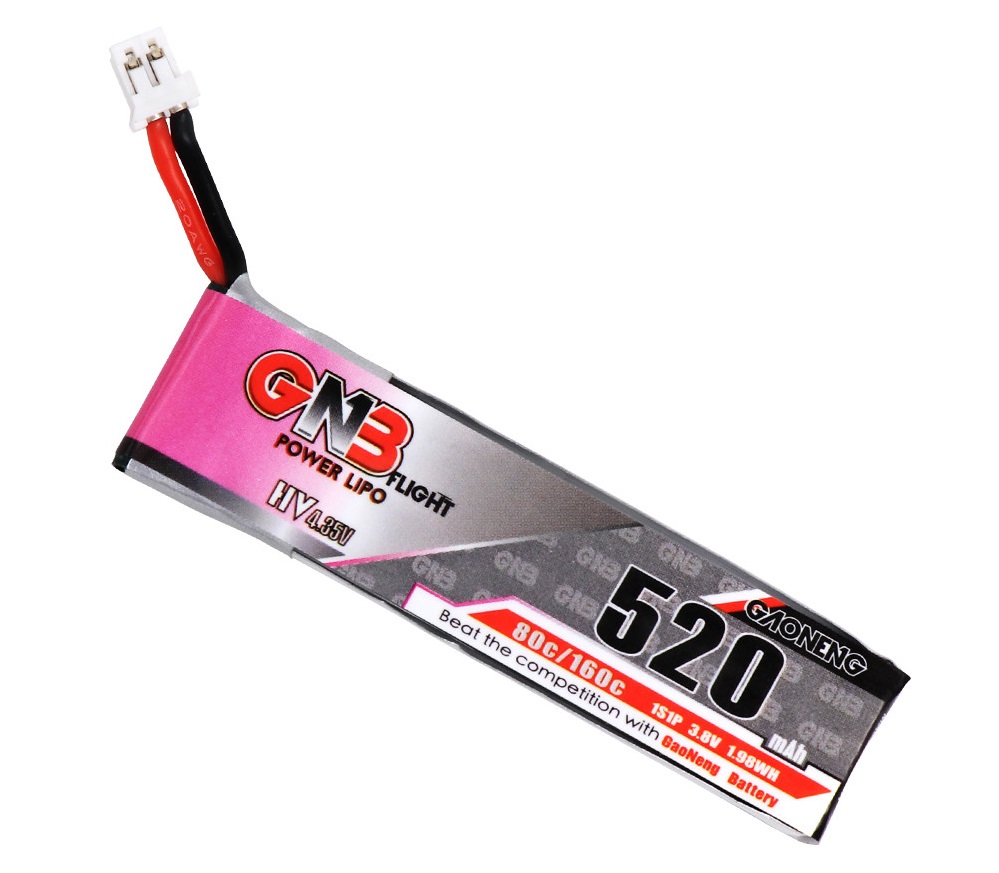
2S (7.4V /7.6V) LiPo battery
BetaFPV 2S 300mAh 45C
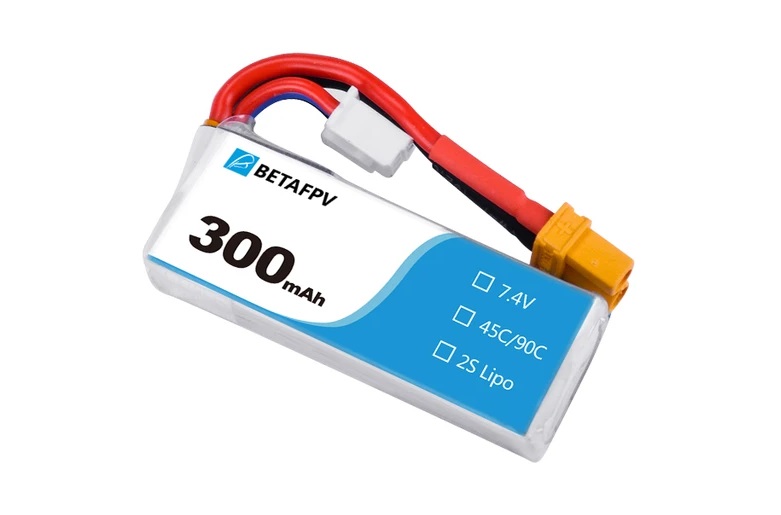
Tattu 2S 300mAh 45C
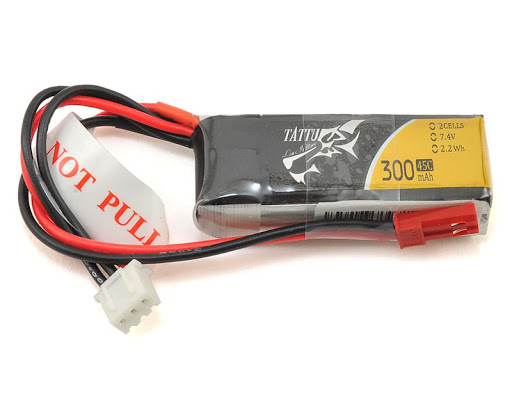
URUAV 2S 300mAh HV 80C
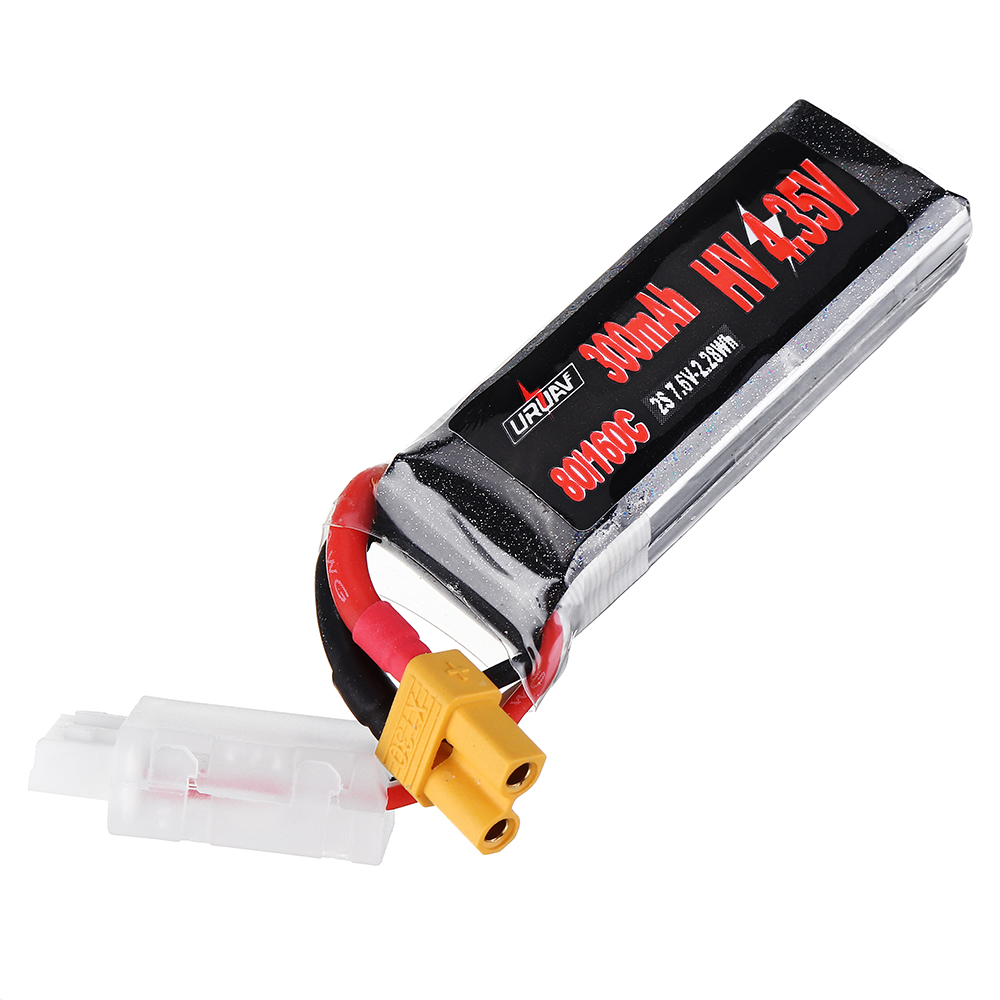
GNB 2S 300mAh HV 80C
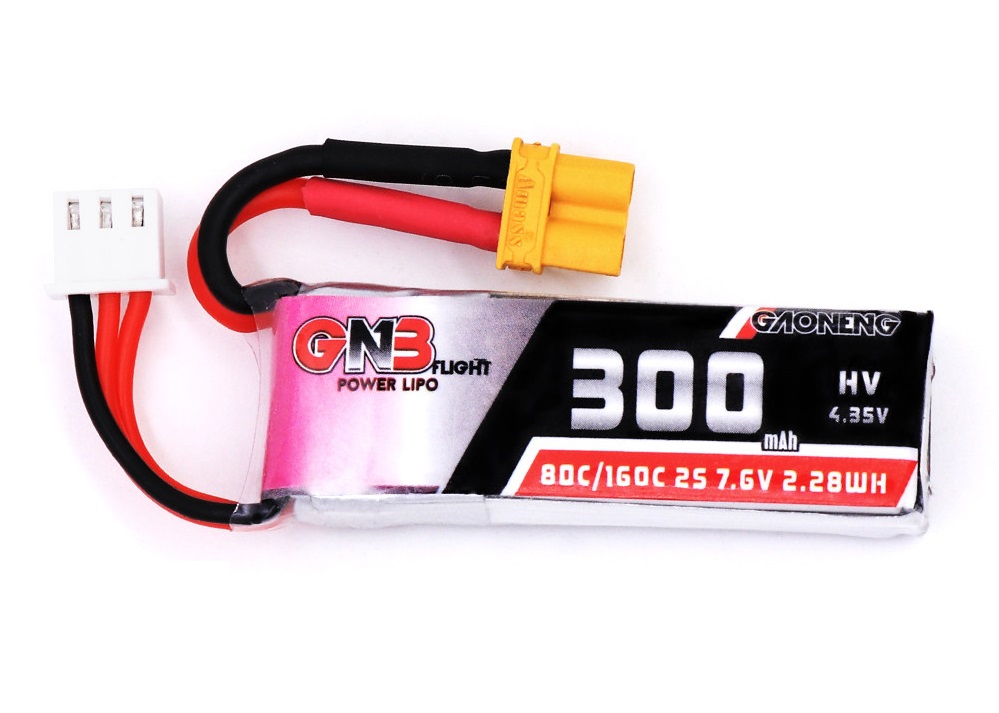
Acehe 2S 450mAh 75C
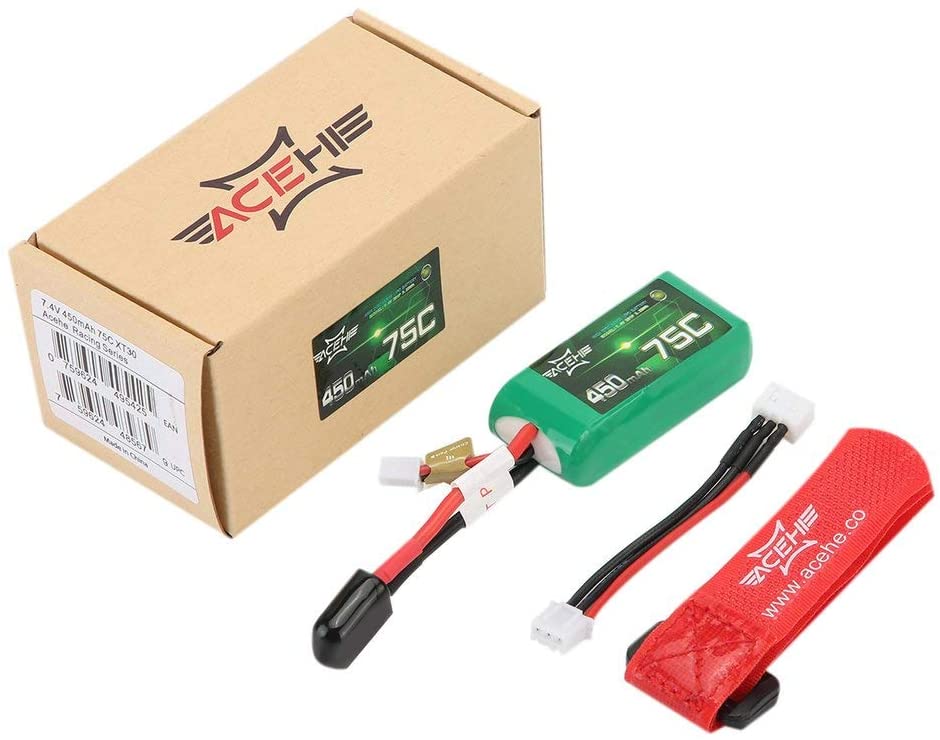
GNB 2S 650mAh 60C
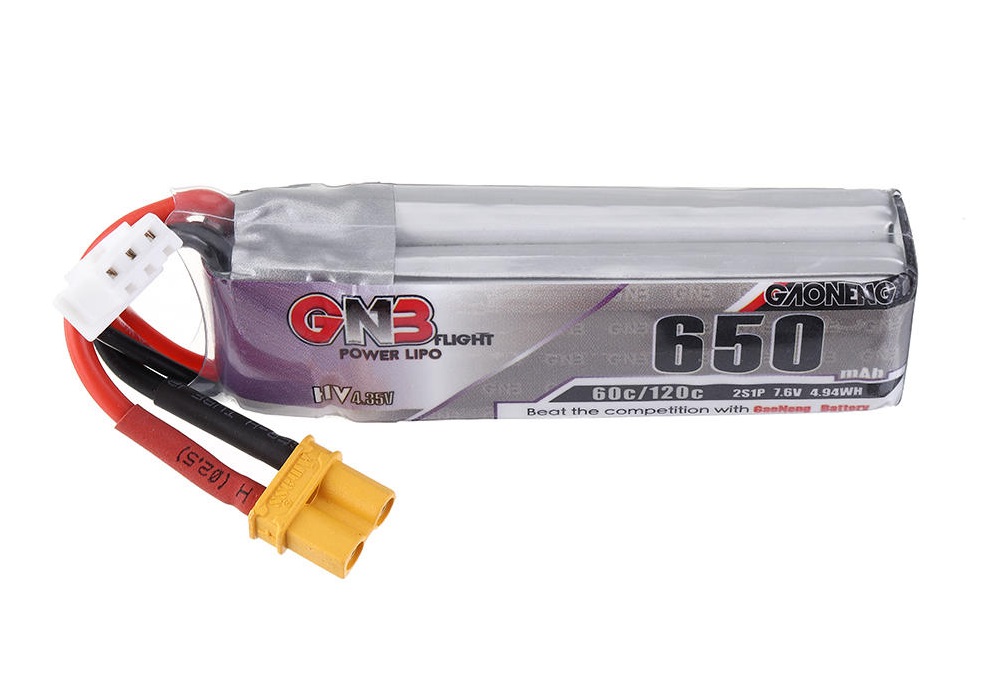
XF Power 2S 450mAh 75C
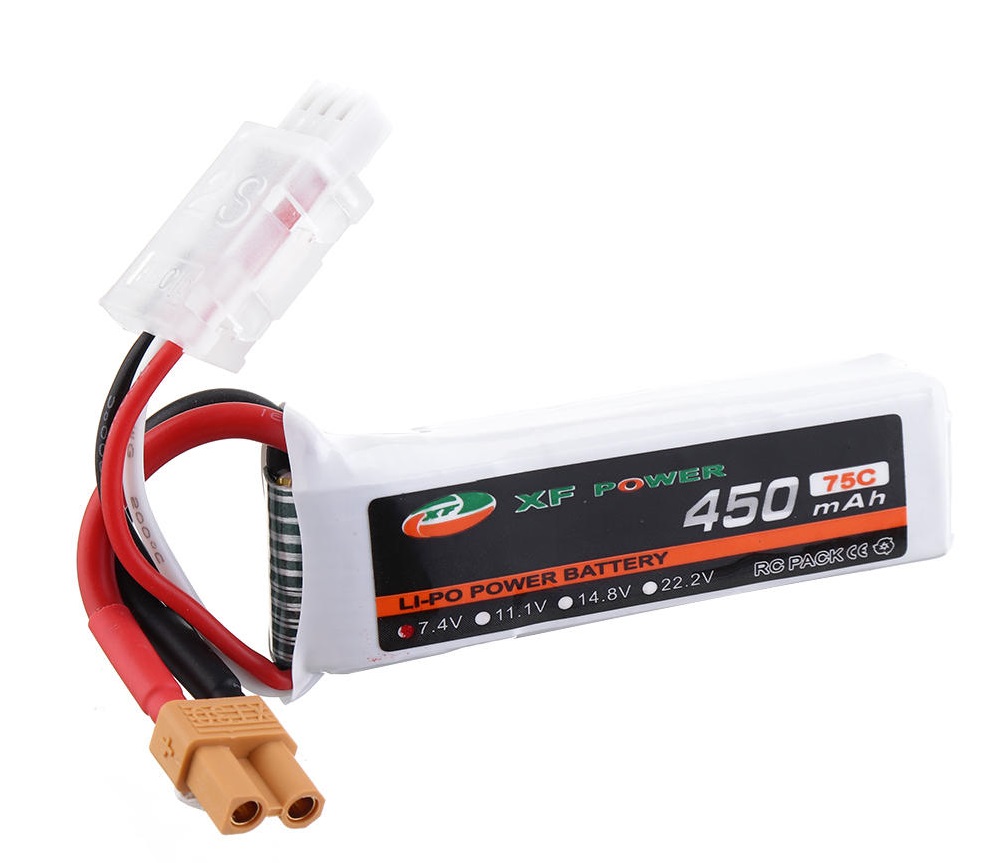
GNB 2S 450mAh HV 80C
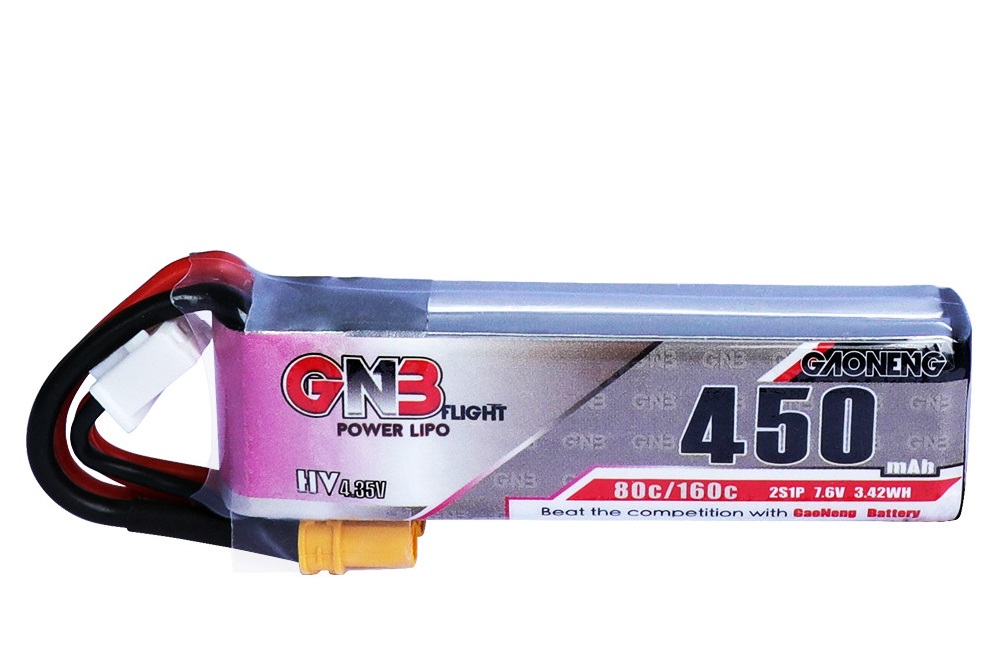
3S (11.1 / 11.4V) LiPo batteries
GNB 3S 300mAh 80C HV
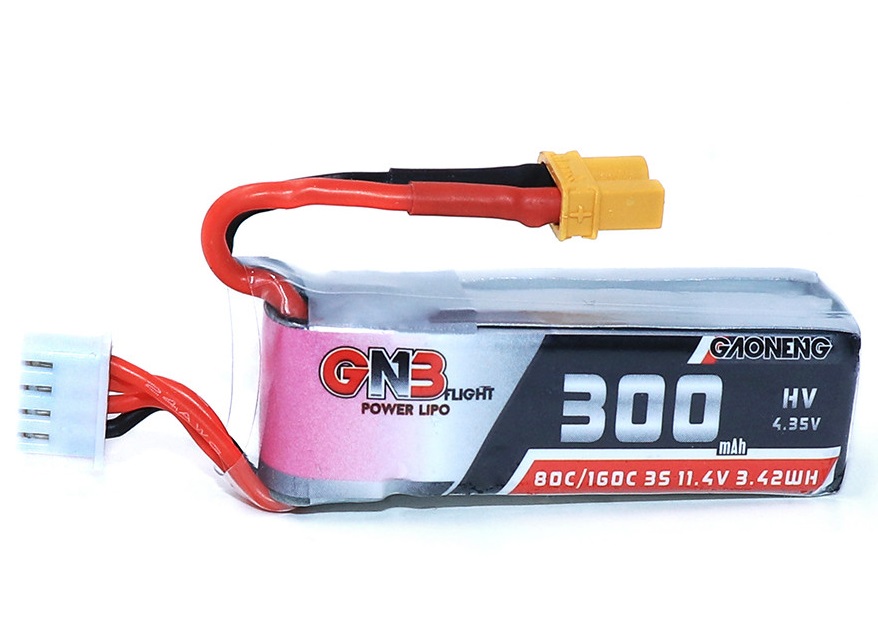
BetaFPV 3S 450mAh 75C
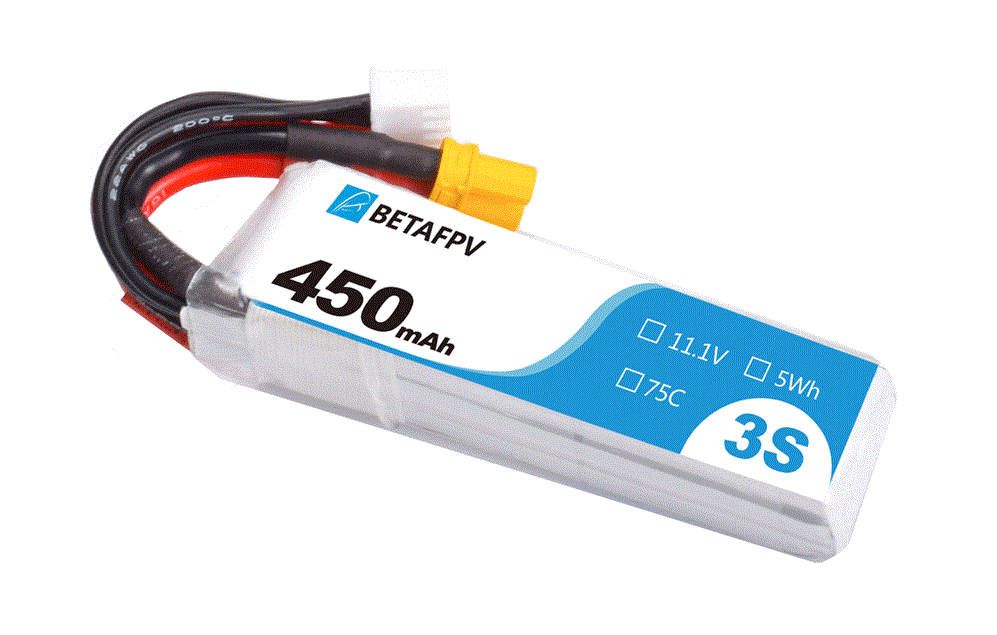
CNHL Ministar 3S 450mAh 70C
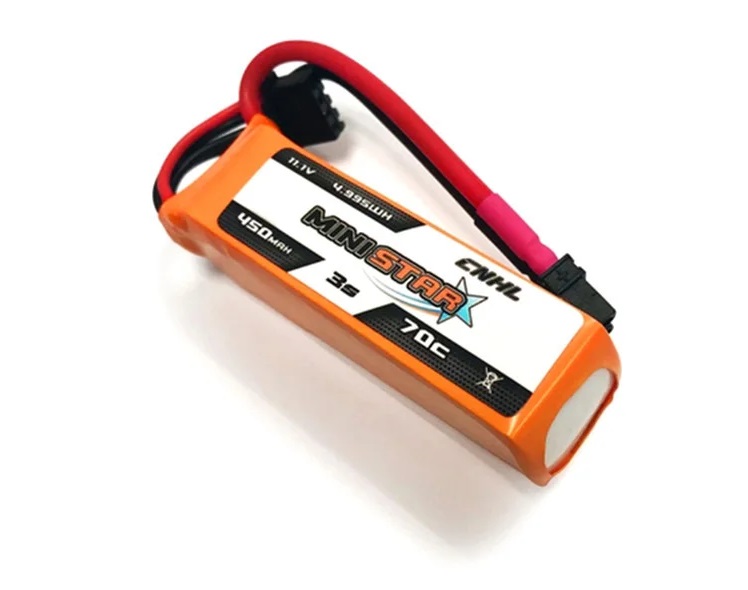
Infinity 3S 550mAh 70C
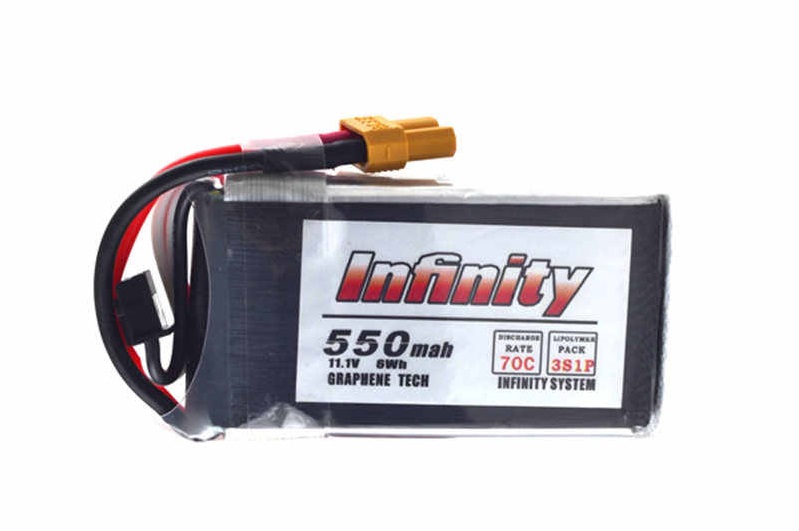
RDQ series 3S 450mAh 80C
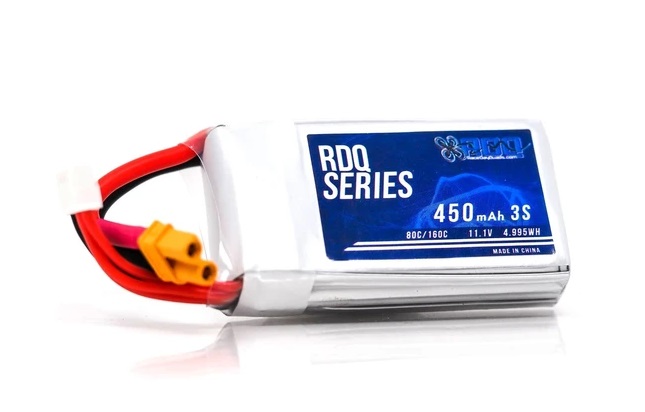
GNB 3S 550mAh 80C
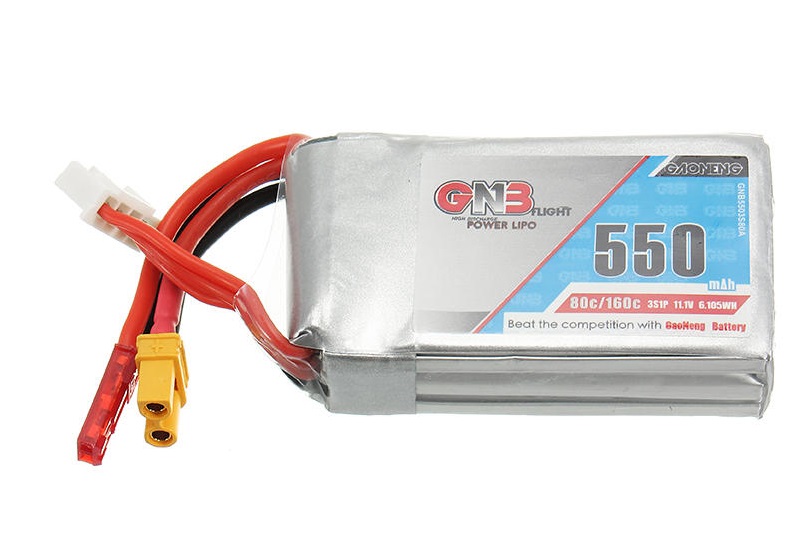
Tattu 3S 450mAh 75C

GNB 3S 450mAh 80C HV [38 1]

GNB 3S 520mAh 80C HV
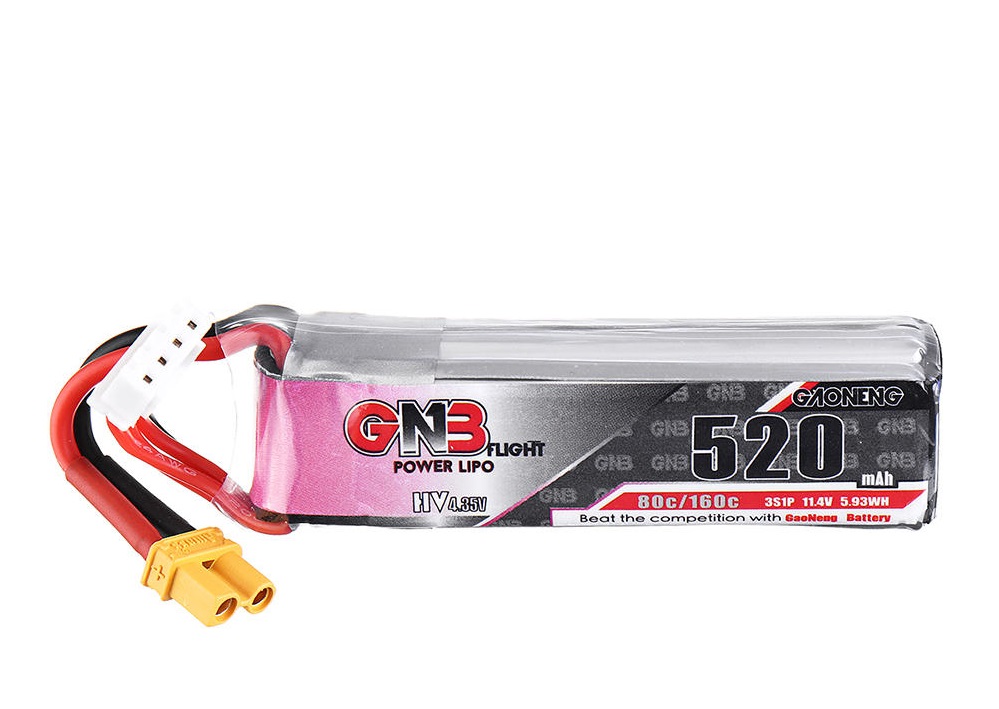
GNB 3S 650mAh 60C HV
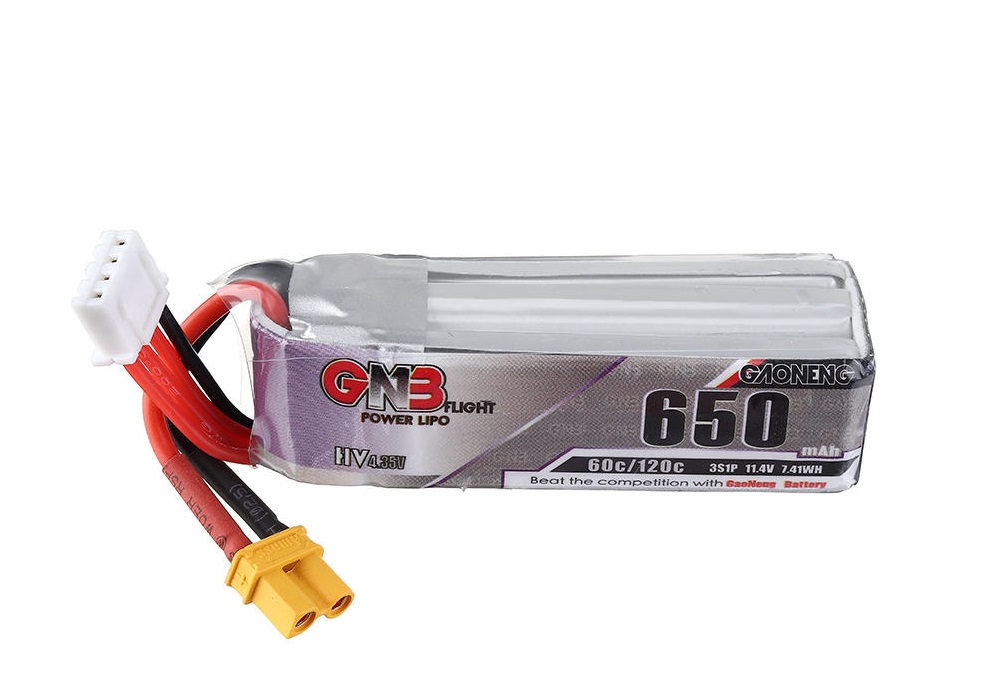
Acehe 3S 650mAh 75С
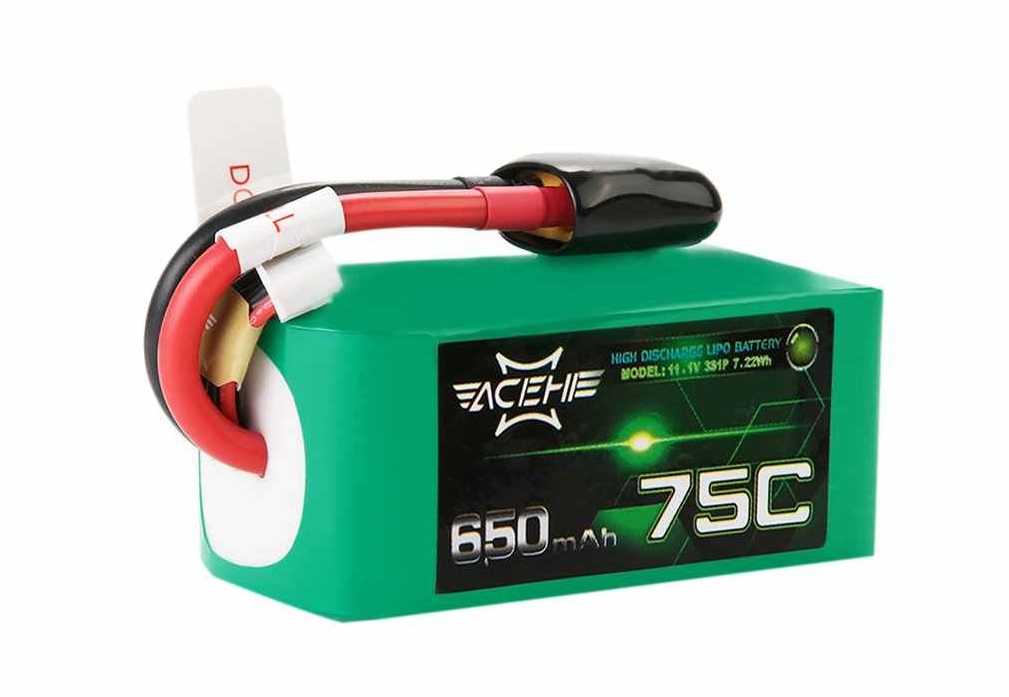
When choosing LiPo, always stick to reputable brands to ensure decent quality and performance. Remember, once you save on LiPo, you can pay very dearly for it! More details about lithium-polymer batteries, how to select them correctly, safely operate, charge, store and dispose of them can be found in our review.
Charger
This is the next additional device that will need to be purchased, as any battery needs to be charged after use. There are many chargers available on the global market (Amazon, Ebay, AliExpress, GearBest, Banggood, etc.), but as with battery / control equipment, not all of them are equally useful. A correctly selected charger can not only serve well for a long time, but also maintain the maximum energy efficiency of the battery throughout its entire service life. Below, we have selected for you a number of the most successful chargers that have managed to positively recommend themselves in any of our hobbies.
Recommended chargers
Batteries indicated in the list are universal devices and can charge batteries of various types and capacities used in hobbies both for powering UAVs and other radio models and not only. We also note that the charger kits do not always have all the necessary adapters for charging the battery, but they can always be purchased separately.
SKYRC B6 AC V2
Important! The presented model is in great demand in the hobby, and therefore there are a large number of fakes on the market, which in turn are famous for their short service life and unsatisfactory charge quality! Before buying, always check with the seller for information about the originality of the product. For your information! On the back of the branded charger, there is always a security code
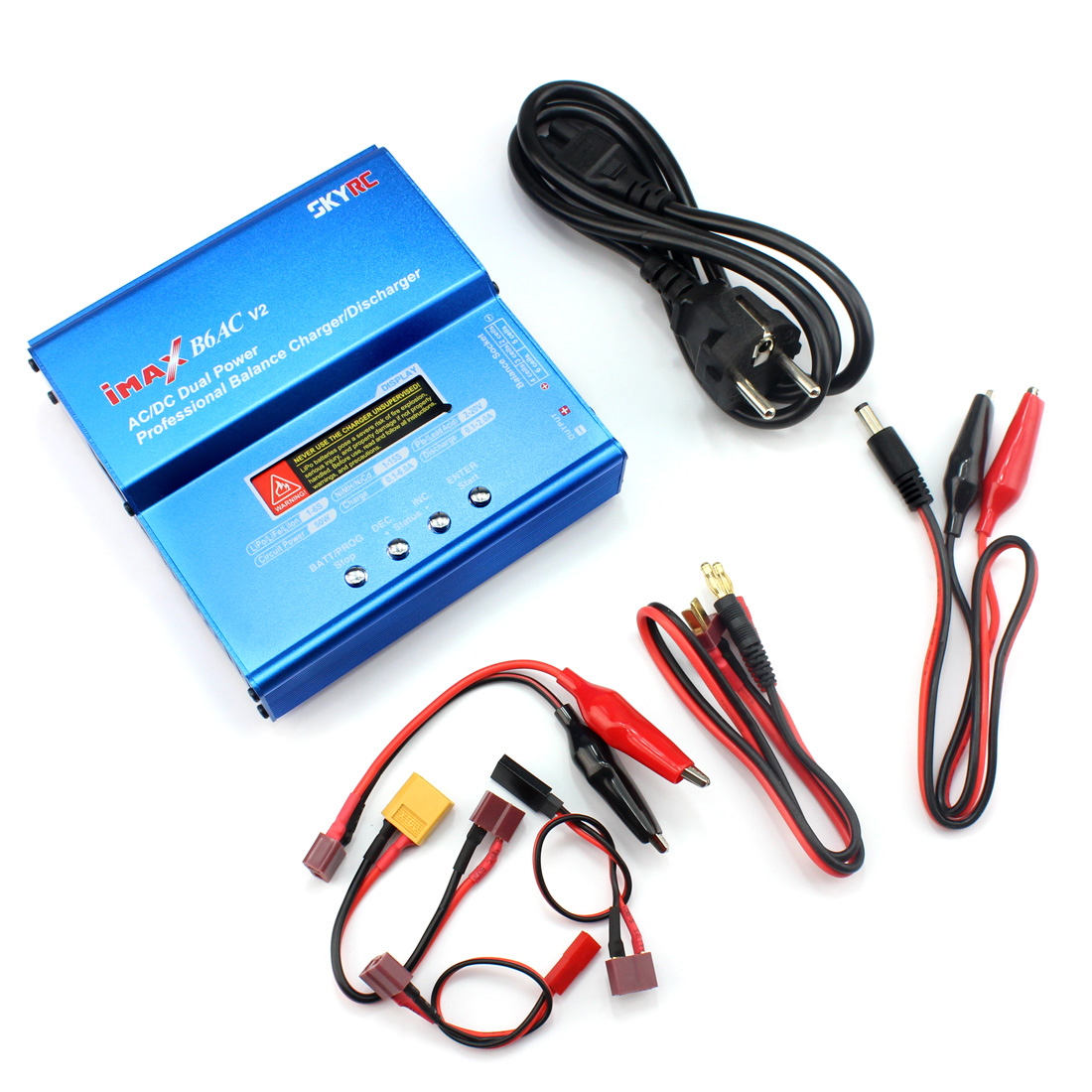
SKYRC IMAX B6 mini
Important! The presented model is in great demand in the hobby, and therefore there are a large number of fakes on the market, which in turn are famous for their short service life and unsatisfactory charge quality! Before buying, always check with the seller for information about the originality of the product. For your information! Onthe back of the branded charger, there is always a security code
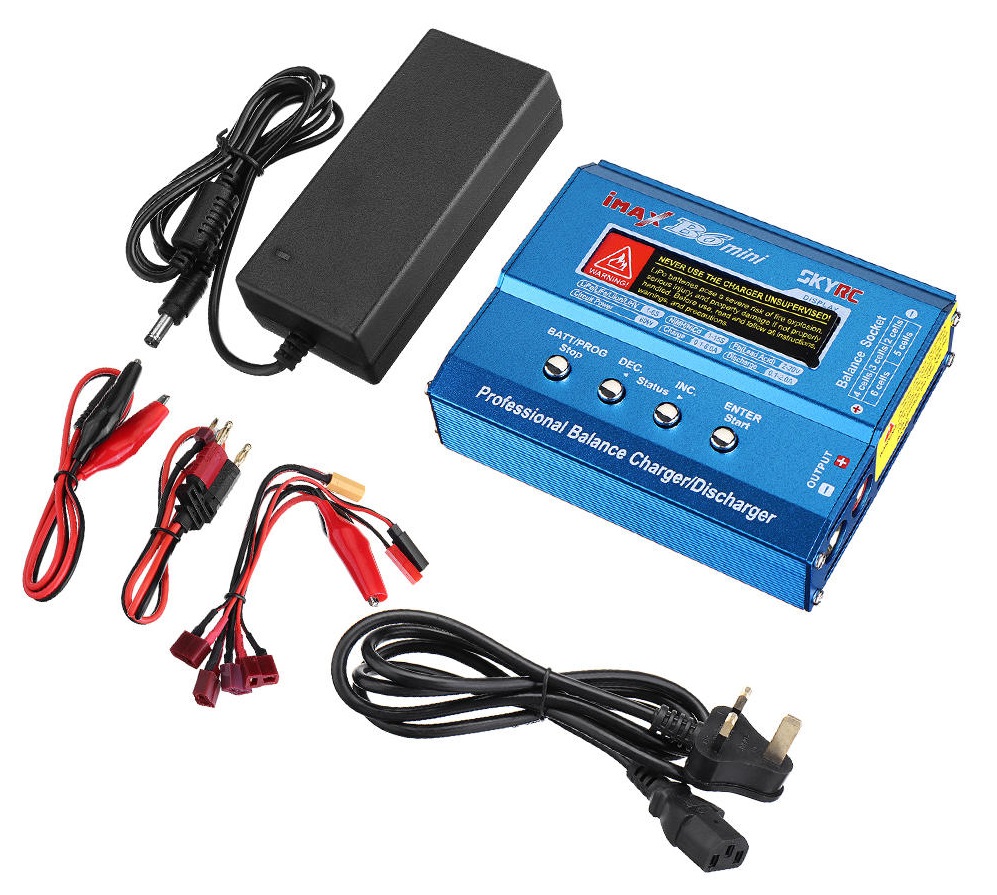
ProLead RC B6 80AC
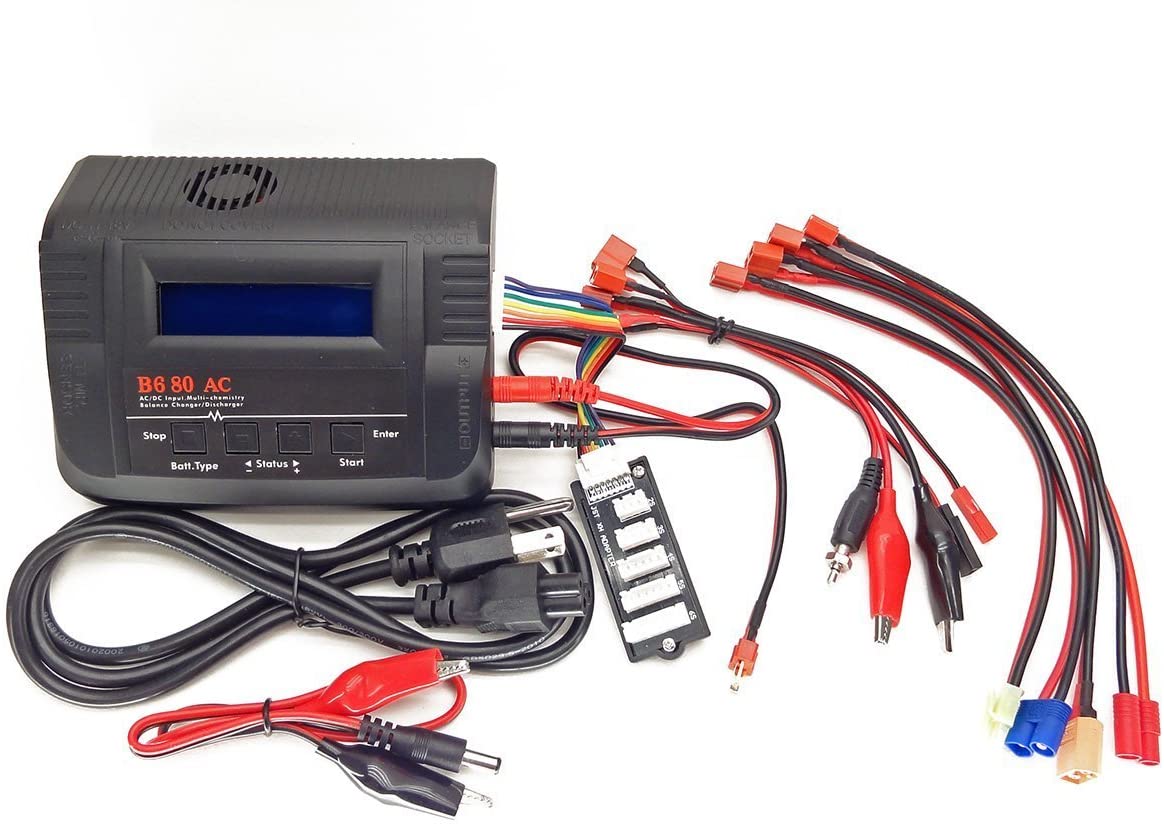
Tenergy TB6AC 80W
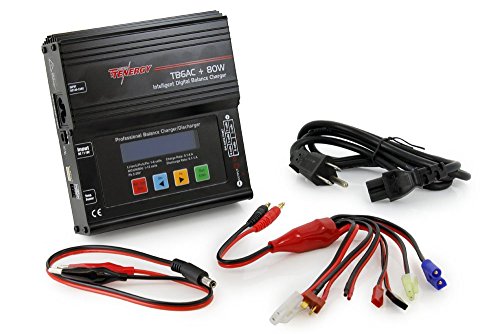
SKYRC Q200
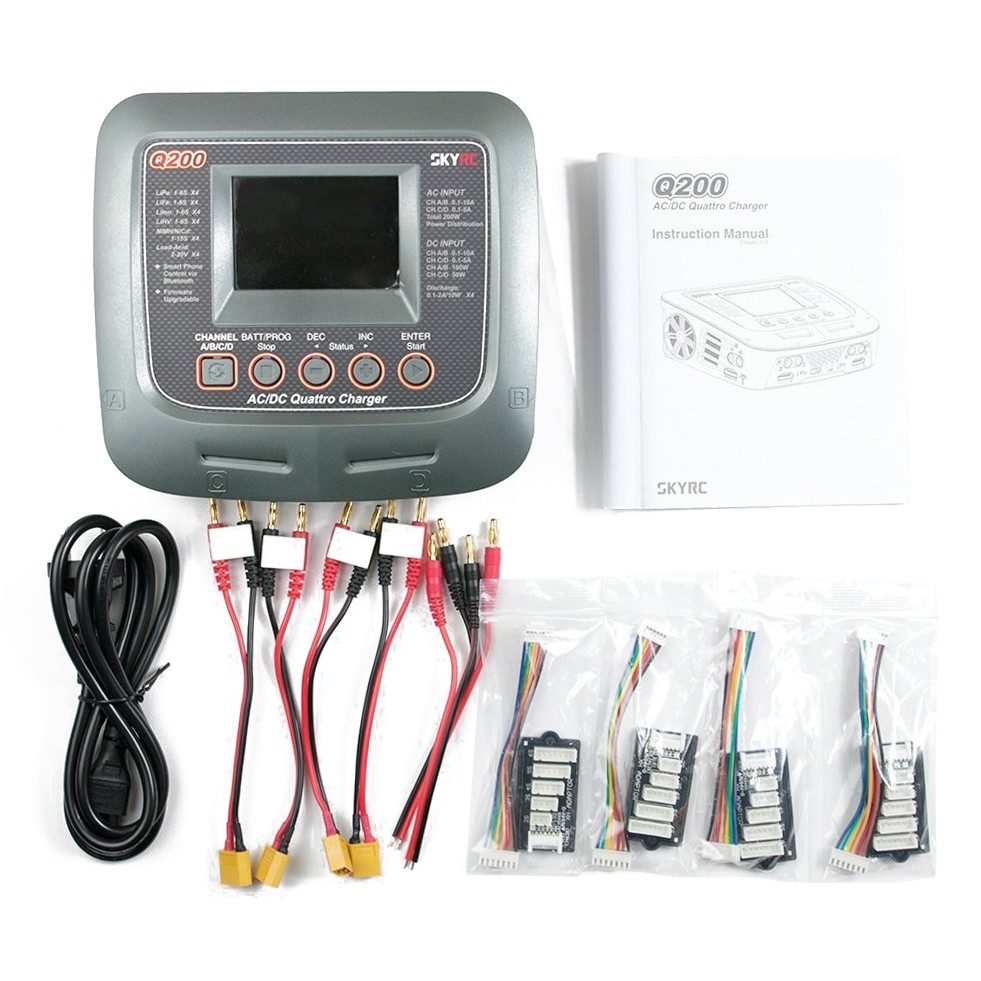
EV-PEAK C1-XR
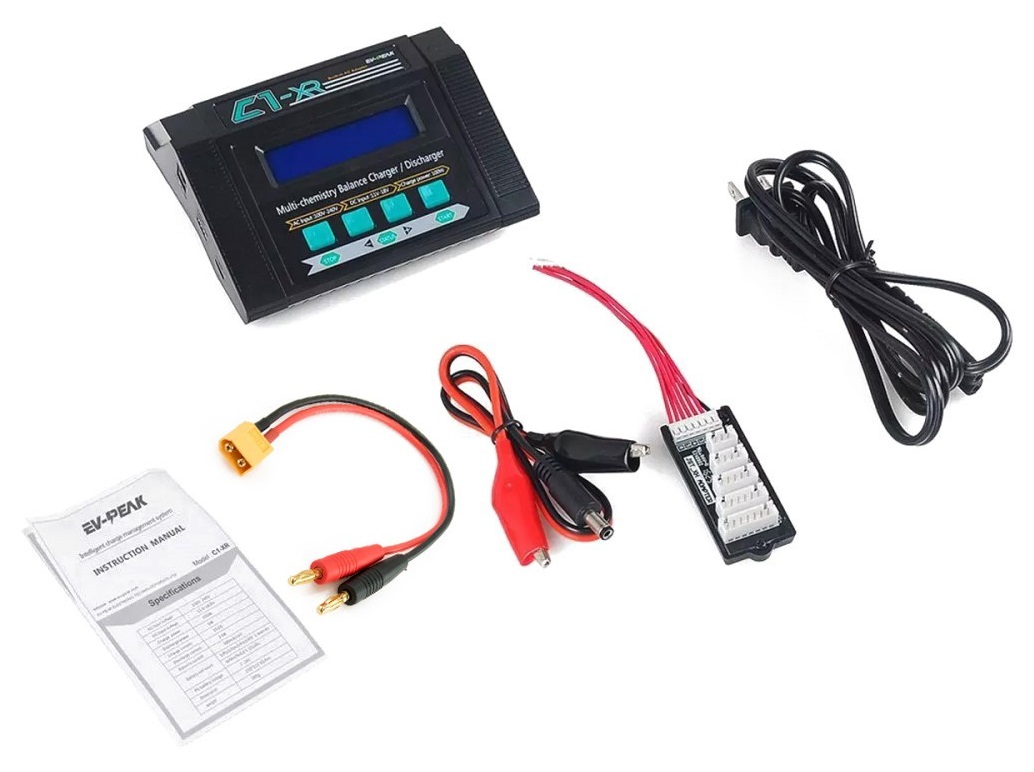
ToolkitRC M8
The charger reaches the buyer without a set of adapters (purchased separately).

HOBBYMATE D6 DUO PRO
The charger reaches the buyer without a set of adapters (purchased separately).
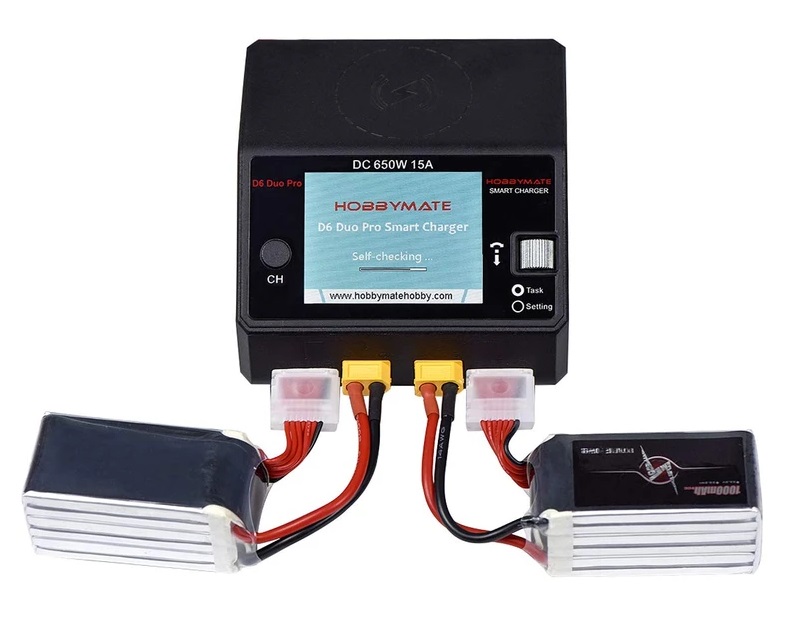
ISDT D2 Dual
The charger reaches the buyer without a set of adapters (purchased separately).
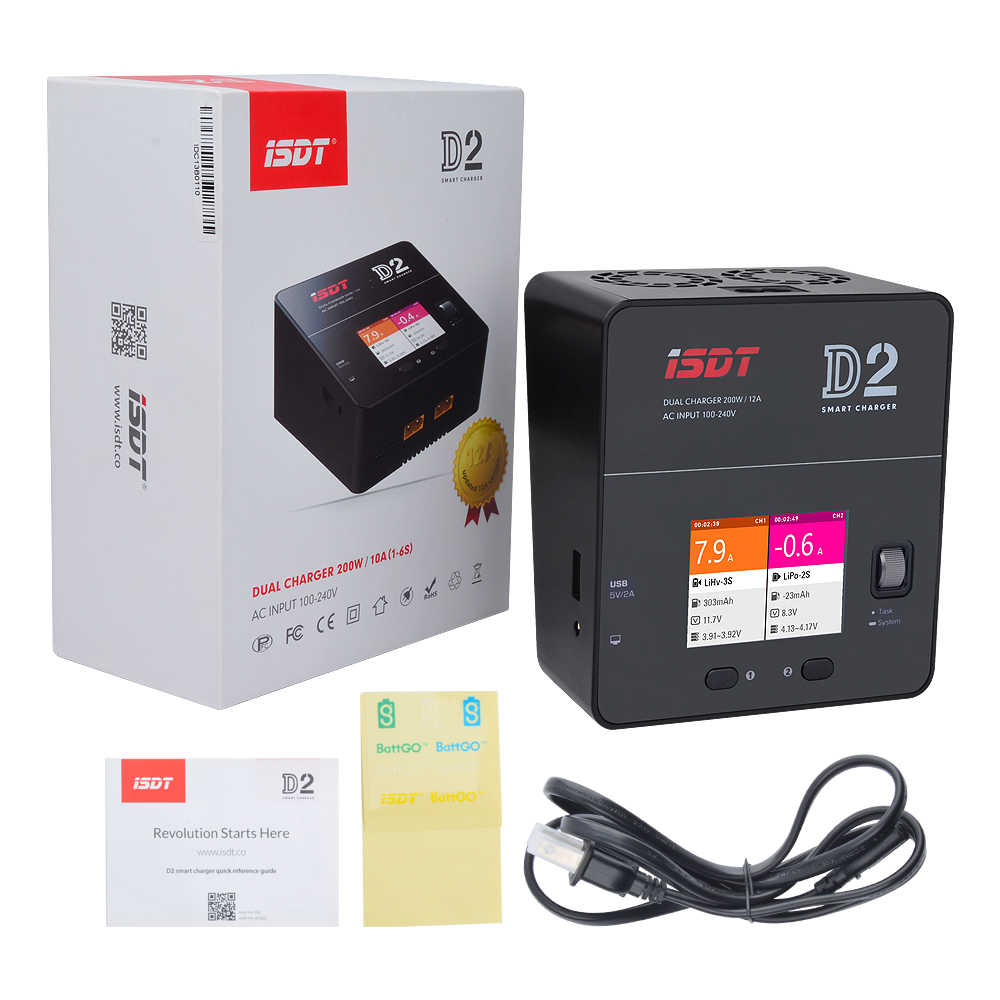
ISDT Q6 Pro
The charger reaches the buyer without a set of adapters (purchased separately).
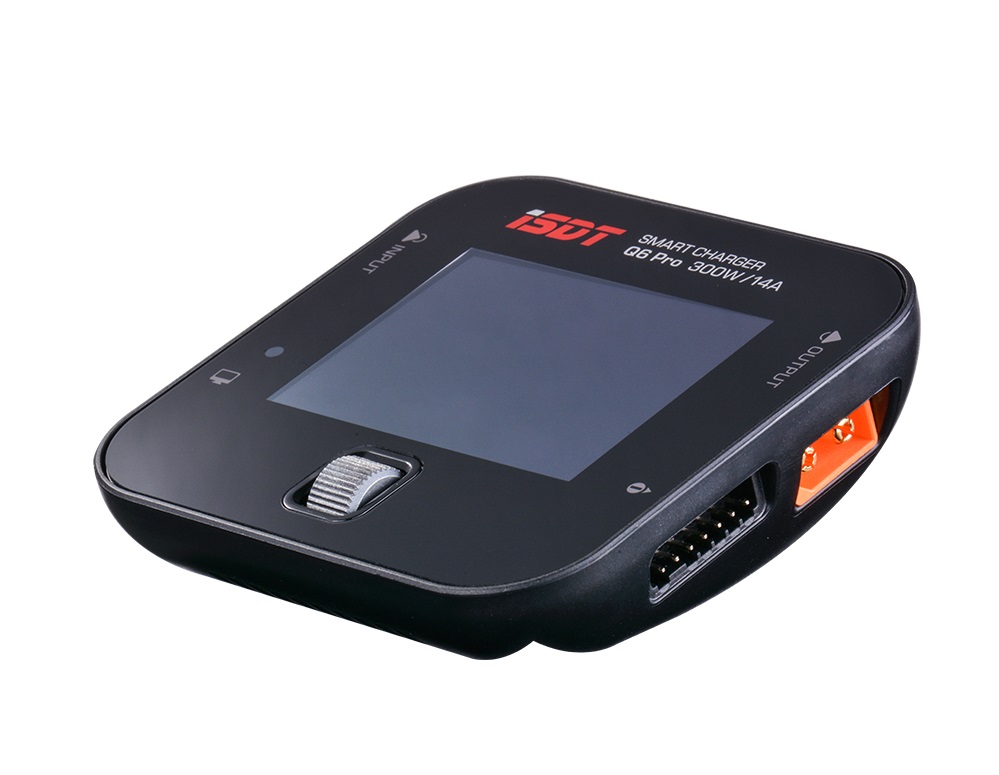
ISDT 608AC
The charger reaches the buyer without a set of adapters (purchased separately).

ISDT T8
The charger reaches the buyer without a set of adapters (purchased separately).
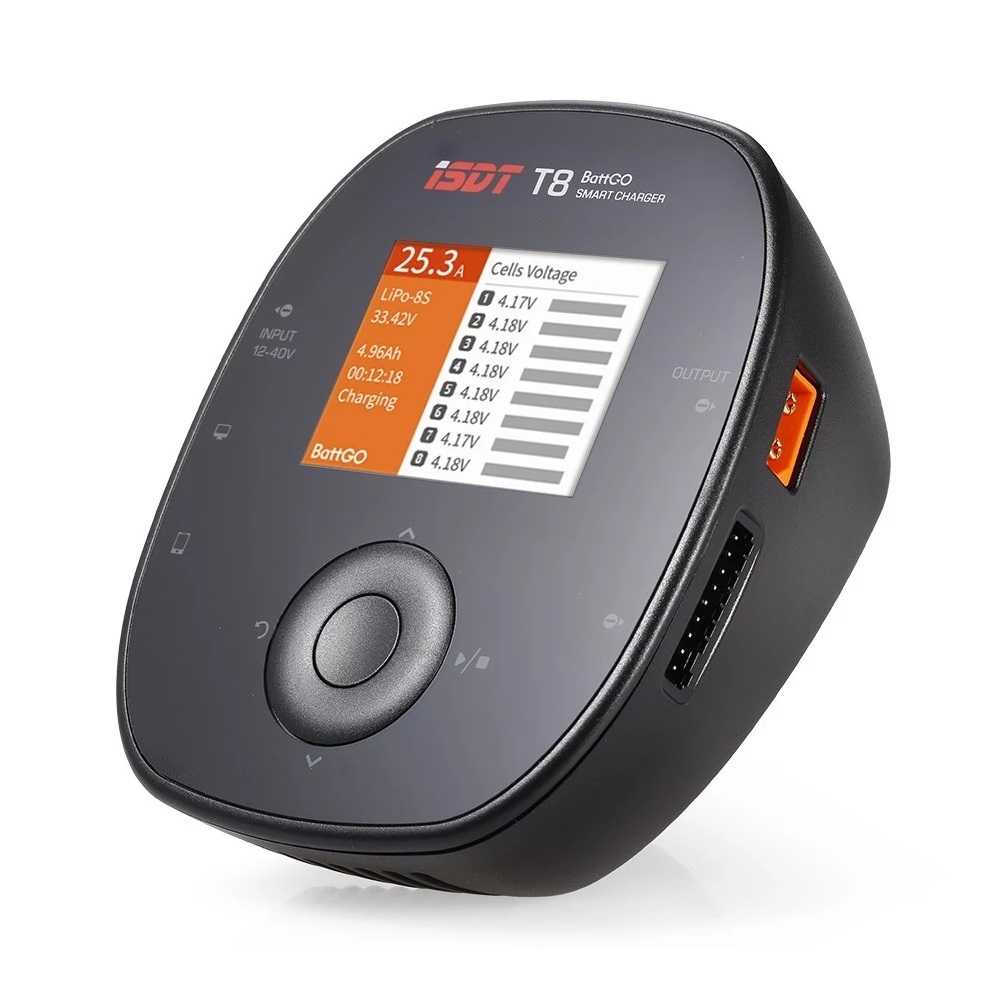
Step 2. Training
everyone starts with a simulator, as it is safe, inexpensive and practical. As we mentioned above, FPV drone control is carried out in Acro mode, which requires special skills from a novice pilot, acquired exclusively through practice. And since the first steps in most cases are associated with numerous crashes (falls, collisions with obstacles, etc.),-which, for obvious reasons, leads to all kinds of destruction of the drone, it will be the best start training with FPV drone simulator.
Note that the potential of the FPV drone simulator is relevant not only for novice drone hobbyists, but also for professionals,-for example, in the period preparation for the competition (allows you to create virtual FPV tracks of the future event and work out the flight route to automatism; or to practice new aerobatics).
Simulators
The range of offered FPV drone simulators is quite wide and gradually this list will only grow. Based on personal experience, we recommend that a beginner turn his attention to a professional simulator from the drone racing league known in the world of sports DRL - DRL Simulator, which is more tailored for professionals and advanced hobby users, but at the same time has sufficient virtual learning base for beginners. For more details on all available FPV drone simulators, we recommend our specially prepared article.
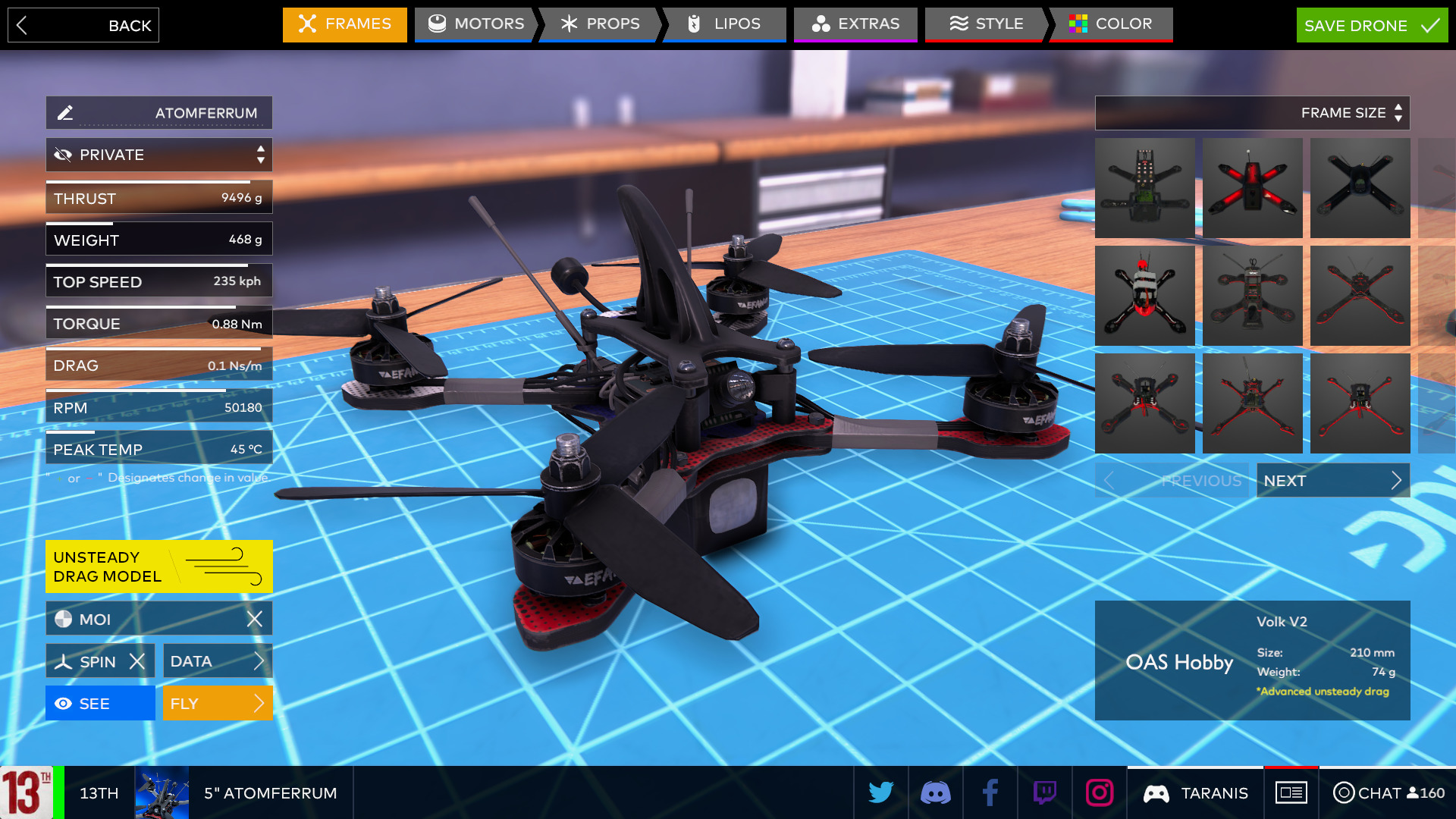
Step 3. Practice
No matter how unique simulators are, they can never replace real practice. And therefore, when the virtual experience gained will allow us to move on to real flights, the beginner will have a completely justified question - where is it better to start? As we said at the beginning of this article,-start with micro FPV drones. You can practice both at home and on the street, the main thing is to choose the right quadrics for this. We have collected for you some of the most popular micro models in the hobby, which received the highest ratings from both beginners and advanced users, and divided them into models for safe use at home, and models for adrenaline flying outdoors.
Why indoor and outdoor? First for safety reasons,-when we talk about domestic flights. Secondly, when you are piloting in confined spaces, precision / control technique is practiced first. And when the flight is carried out on the street, among other things, various aerobatics are practiced, adaptation to speed and, in general, to flight in first-person mode in free space conditions, and undoubtedly the flight characteristics of a drone without propeller protection are an order of magnitude better.
Note! In practice, it is not uncommon for some people to feel dizzy when flying with FPV goggles. In this case, it is recommended to temporarily switch from FPV goggles to FPV helmet, or even use the FPV monitor. This fact once again indicates a significant difference in immersion in flight when using various FPV image display devices.
Recommended Micro FPV Drones
Home
Eachine US65 UK65
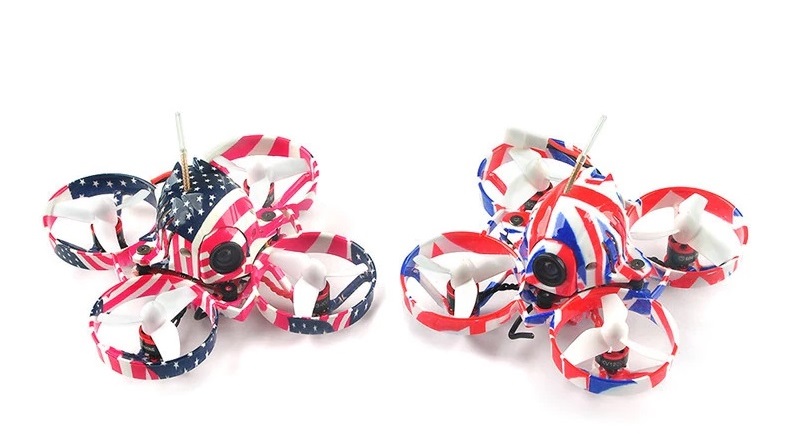
URUAV UR65
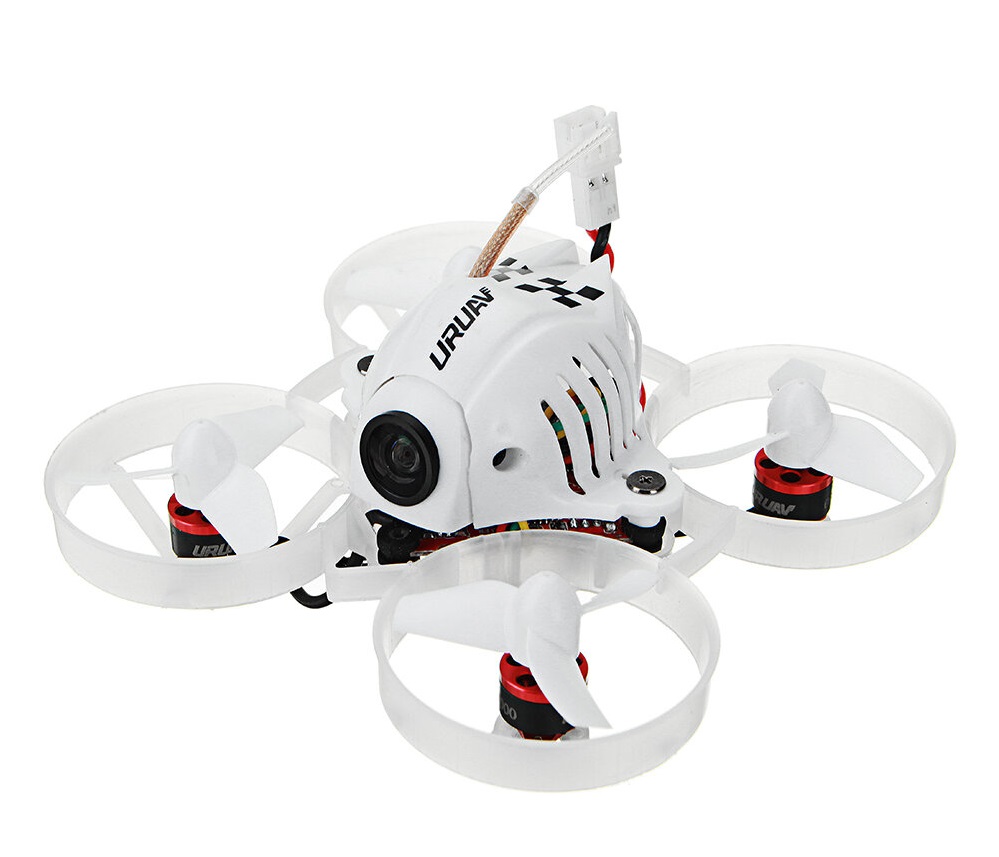
Betafpv Beta65 Pro

Happymodel Mobula6
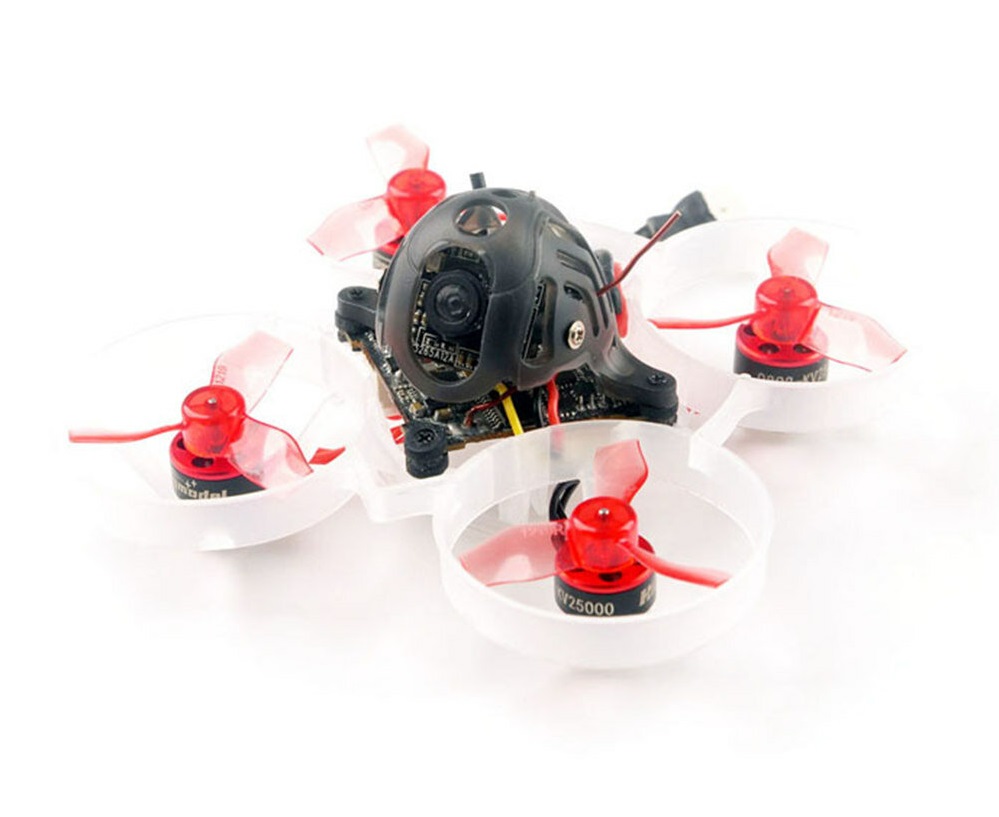
Eachine TRASHCAN

Happymodel Mobula7 HD
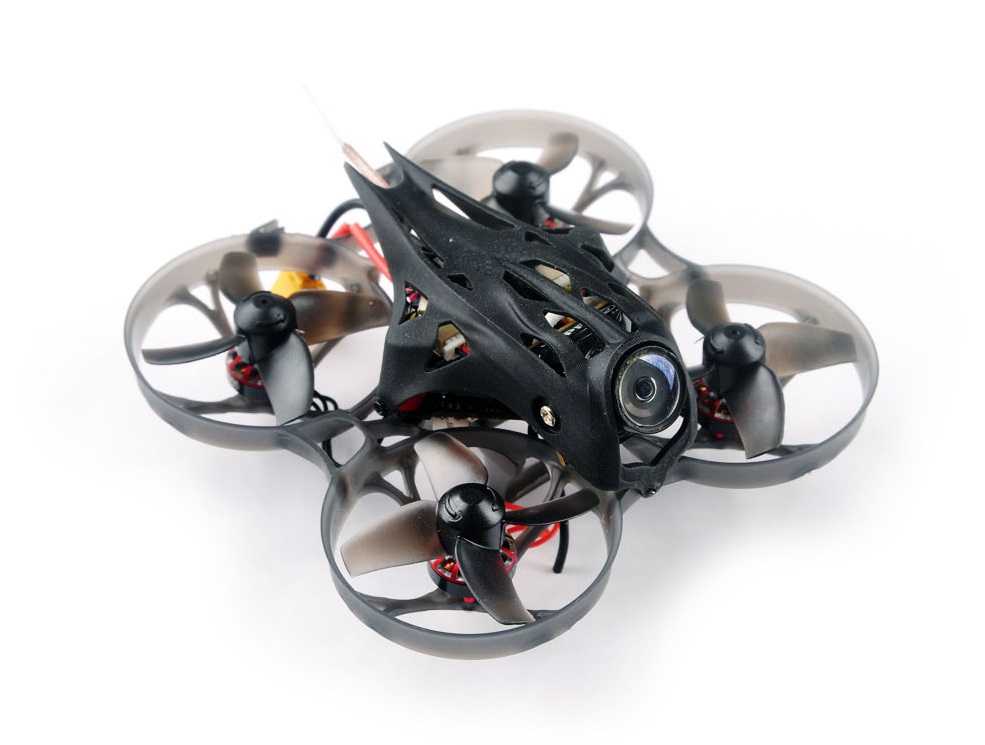
Emax Tinyhawk (RTF kit)
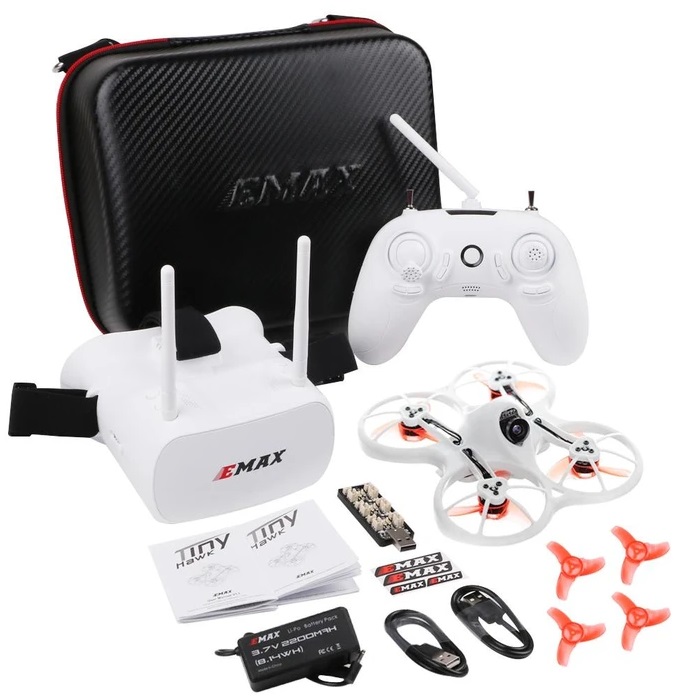
EMAX Tinyhawk II (RTF kit)
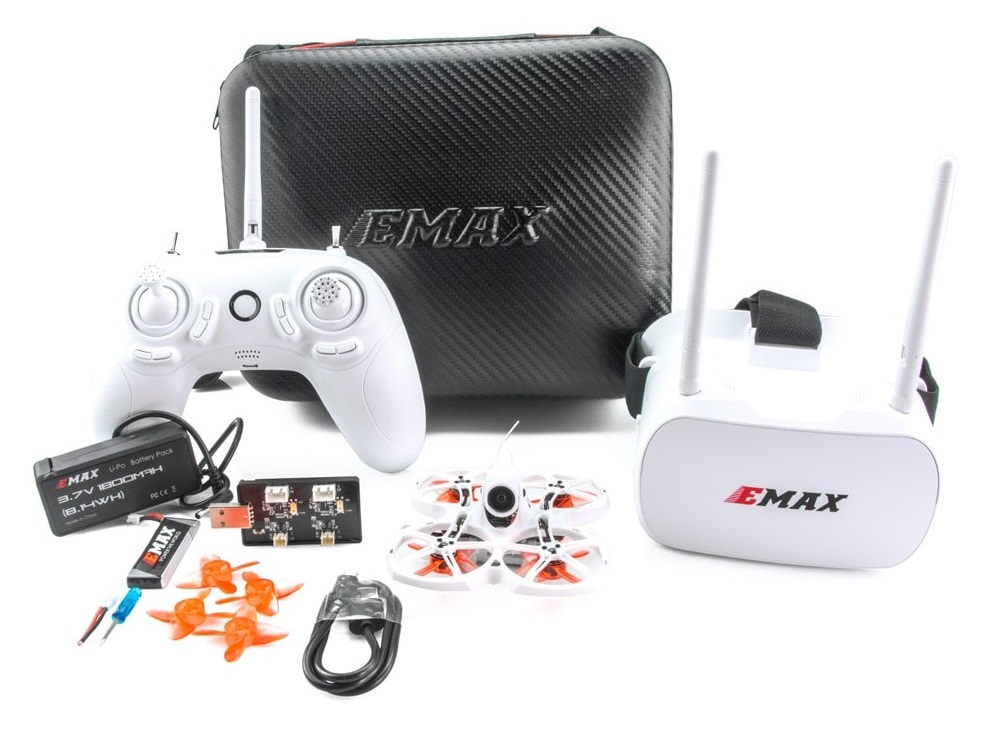
KINGKONG / LDARC TINY GT7
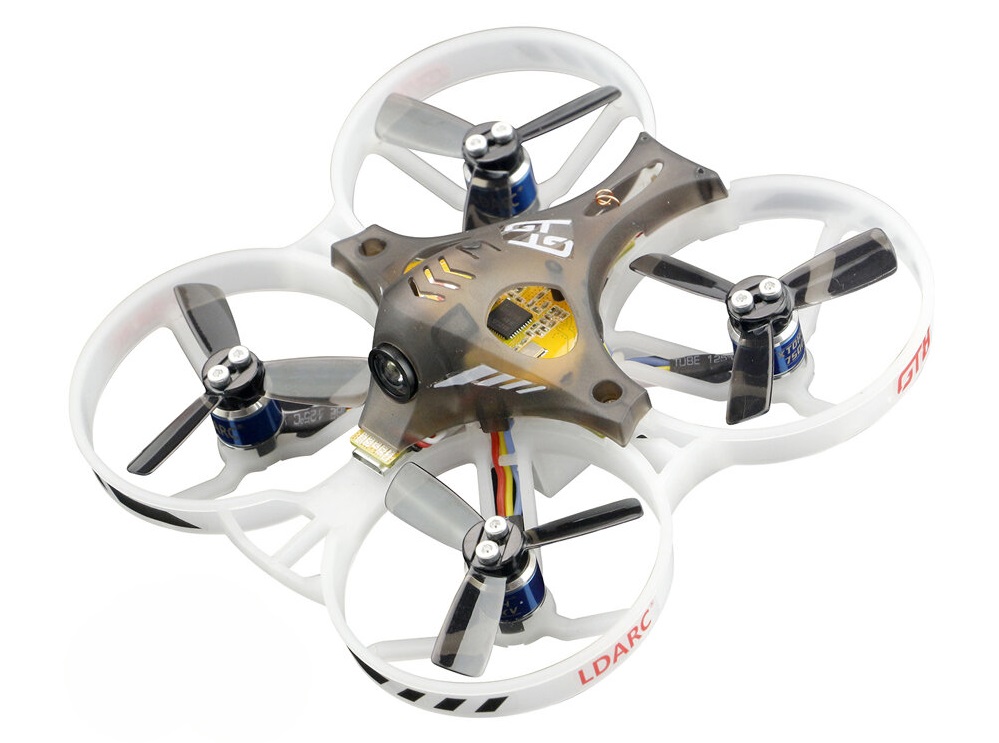
KINGKONG / LDARC TINY GT8
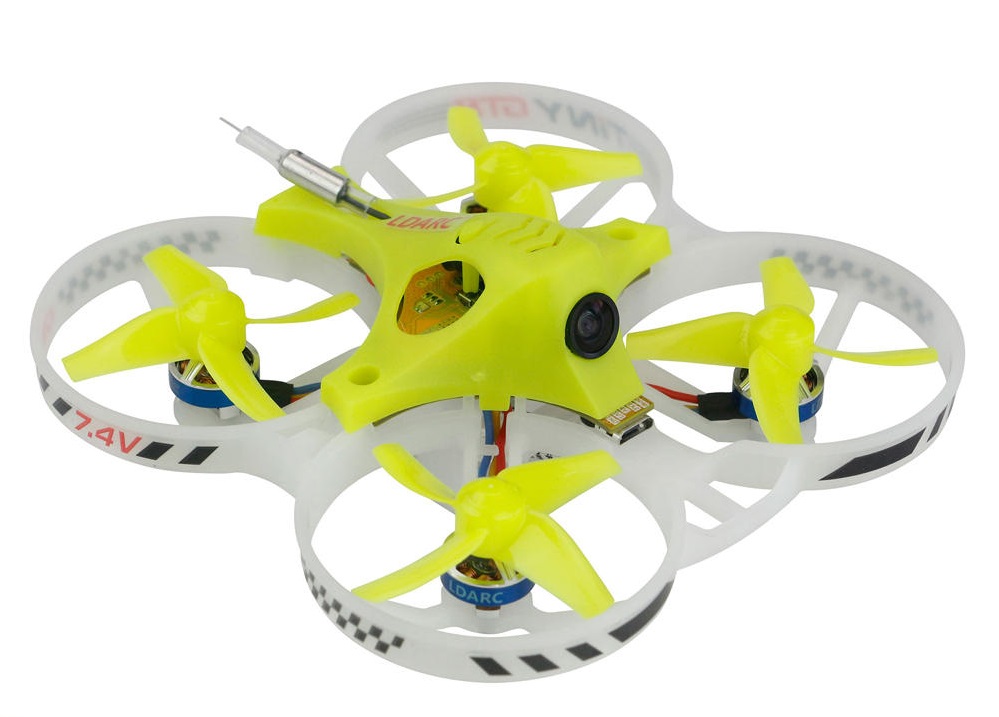
Emax Tinyhawk S

iFlight TurboBee 99R
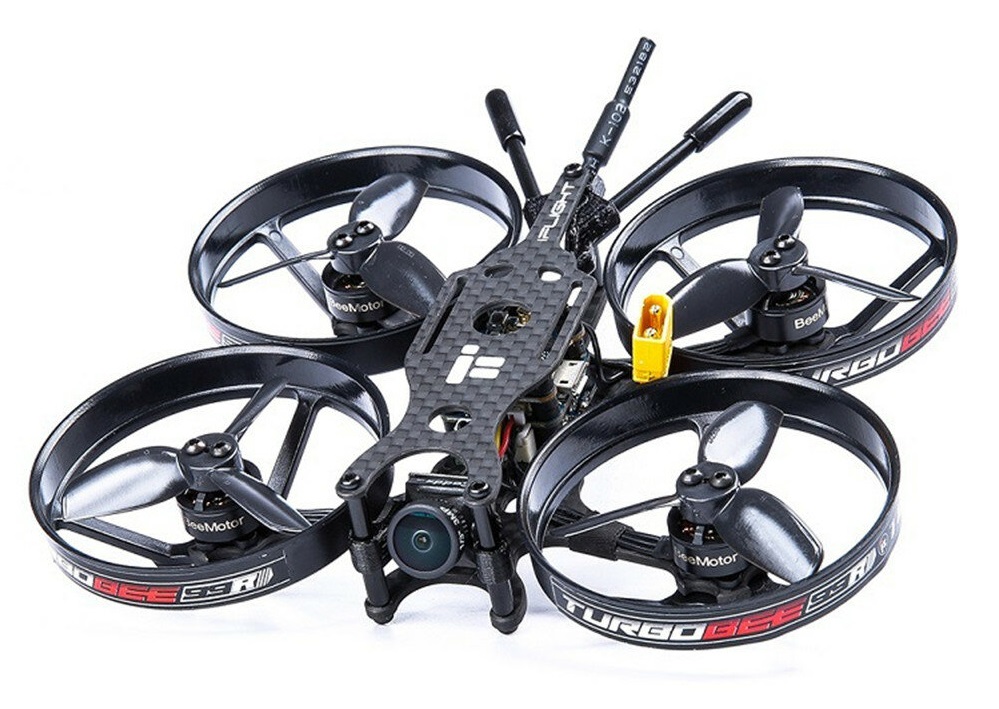
iFlight CineBee 75HD
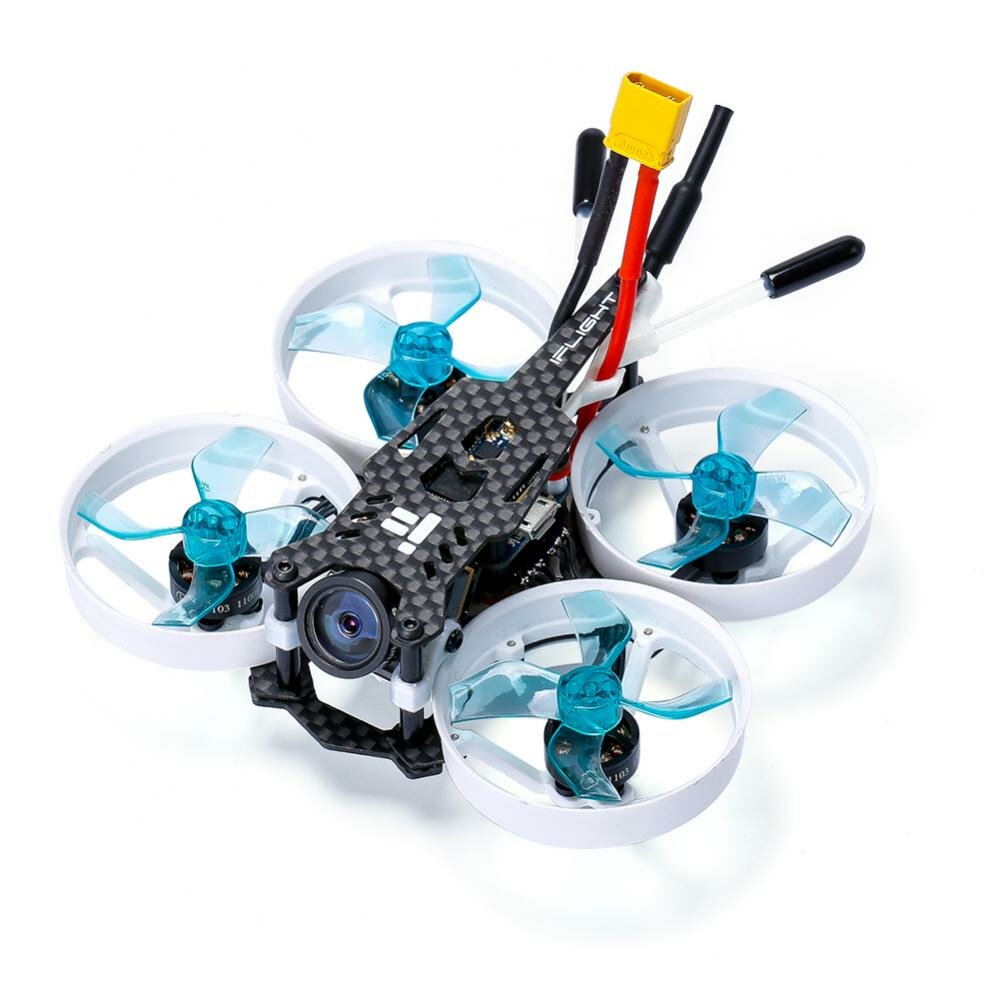
Eachine Cinecan 4K
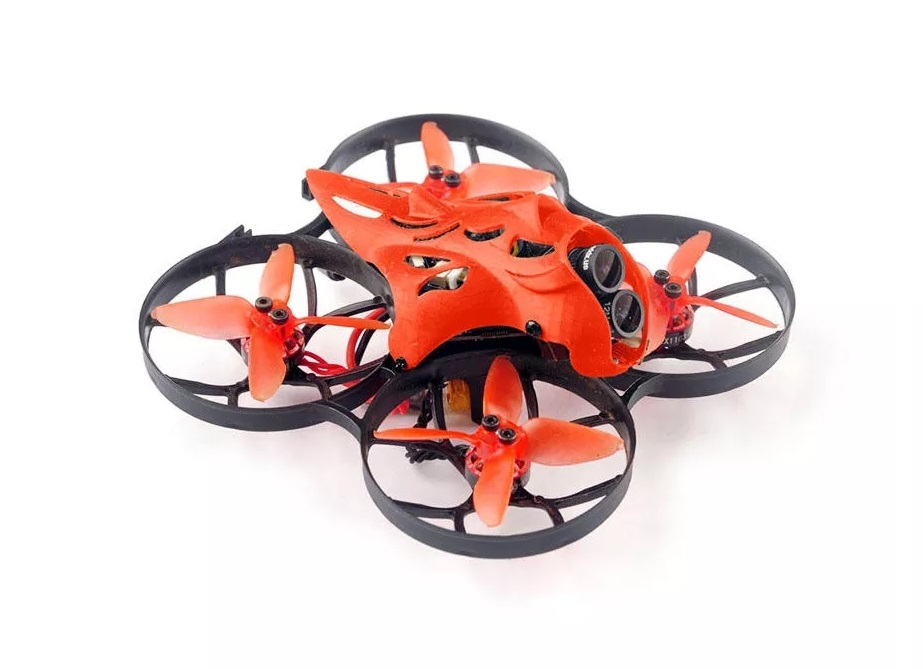
SPC Maker Mini Whale HD
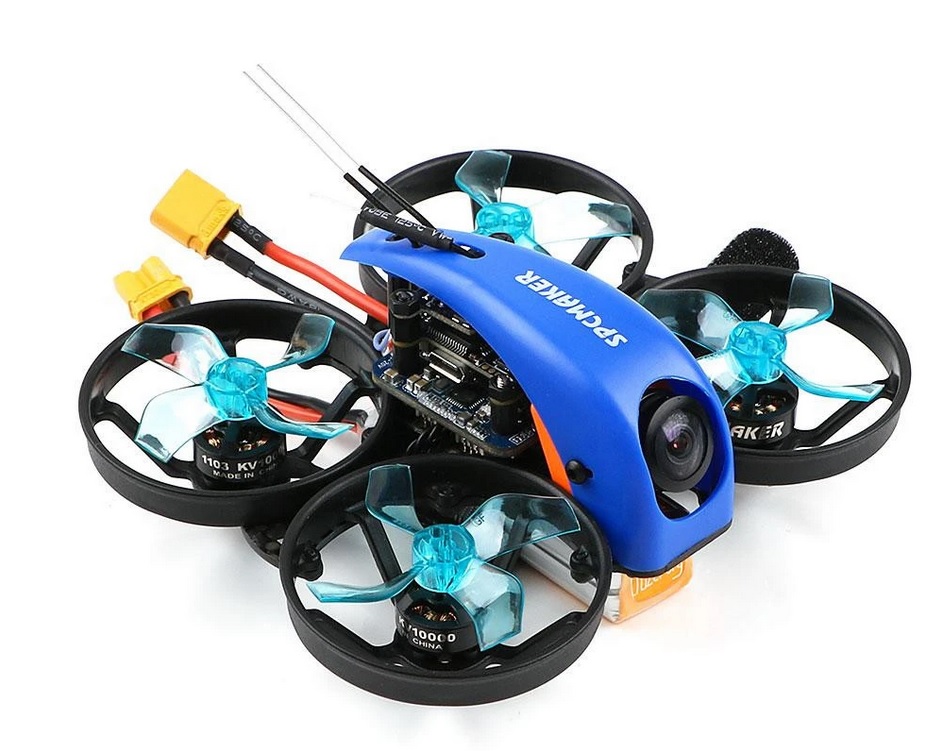
Happymodel Larva X HD (2 in 1 quadric); with removable indoor and outdoor protectors)
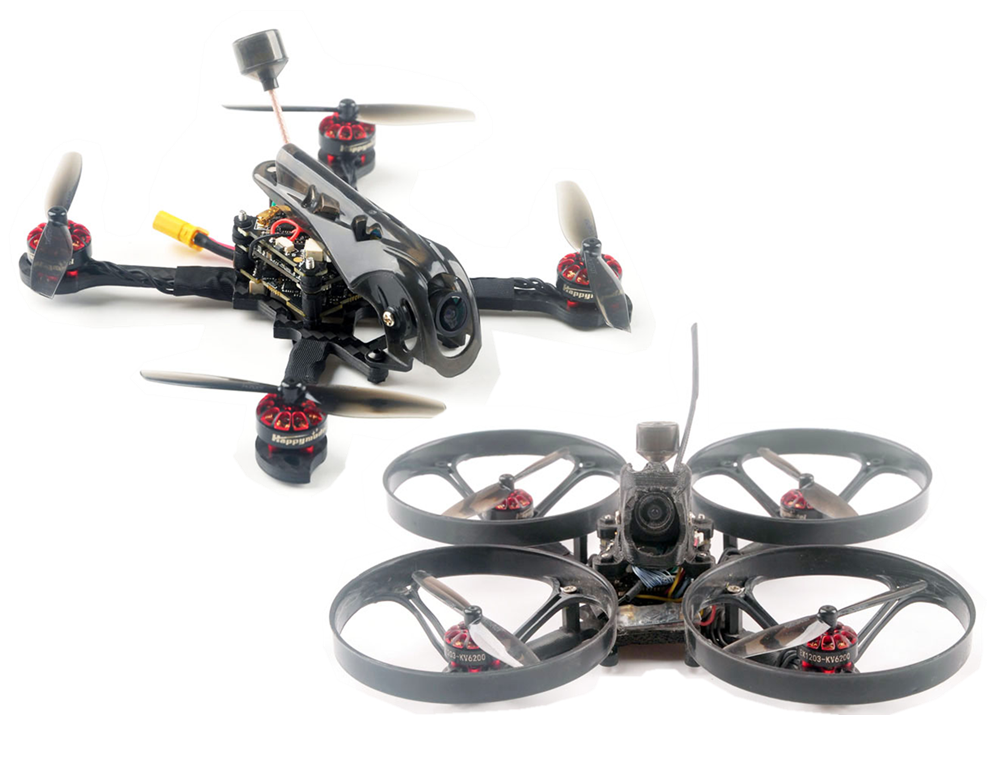
iFlight Cinebee Hybrid 4K

iFlight Titan DC2 HD
Available in two RTF and BNF trims. On board the most advanced hardware, which is complemented by a unique FPV system from DJI Innovations.

Street
Eachine Tyro69 (ARF version or constructor)
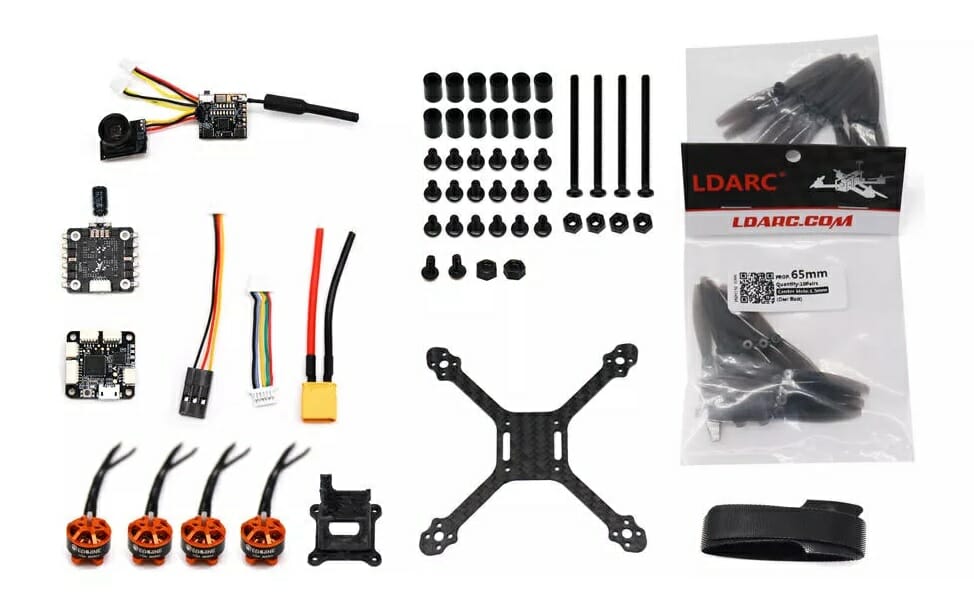
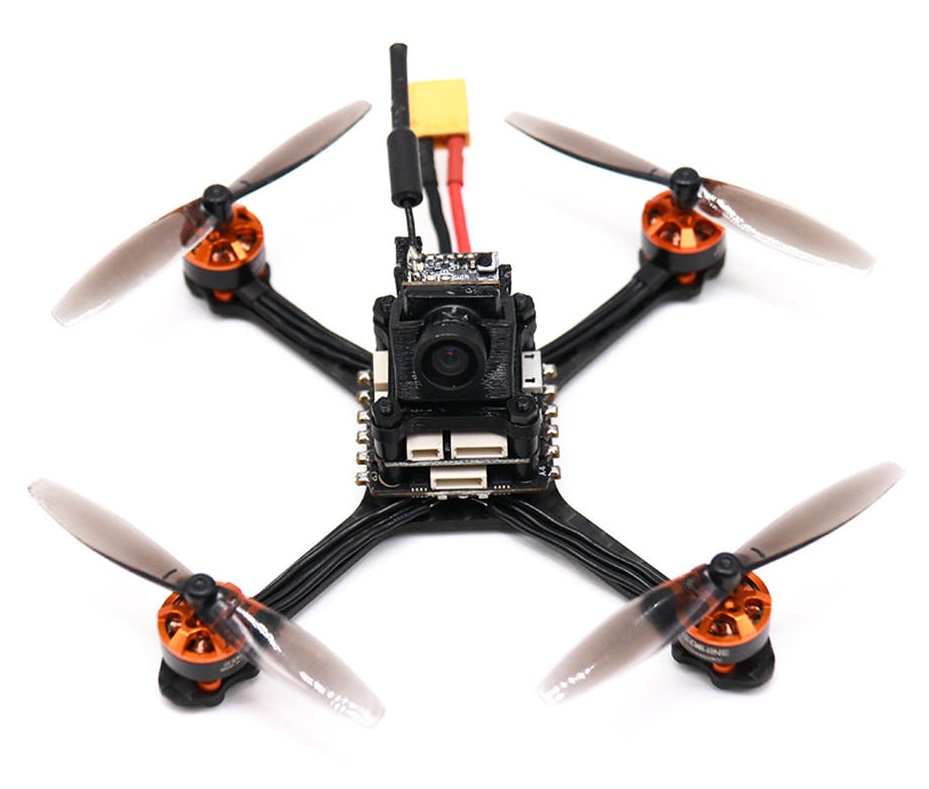
Eachine Novice-III (RTF version)
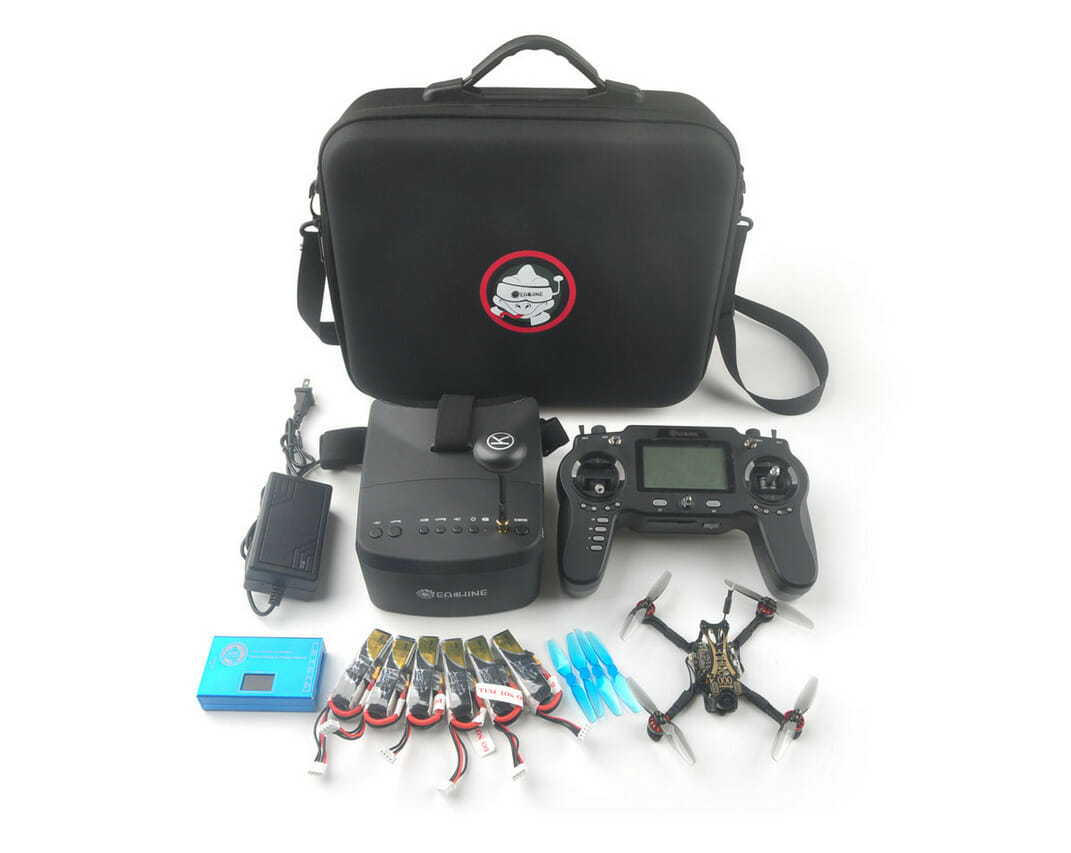
Eachine RedDevil V2
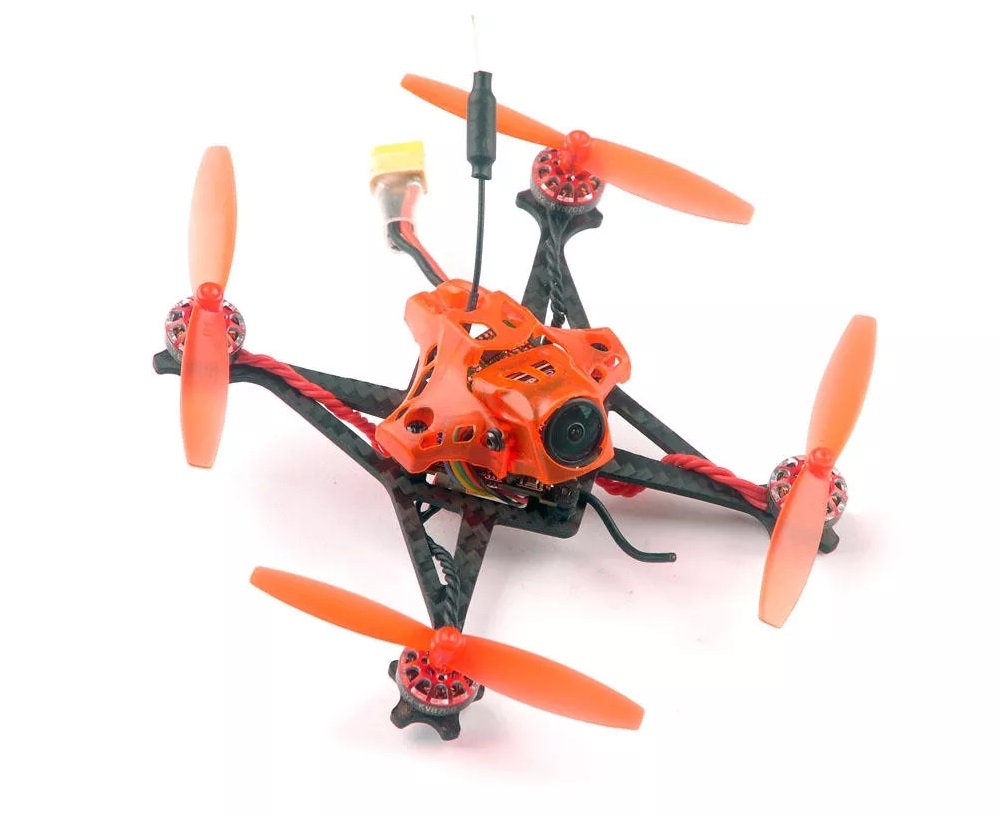
Happymodel Sailfly-X

HGLRC Parrot120
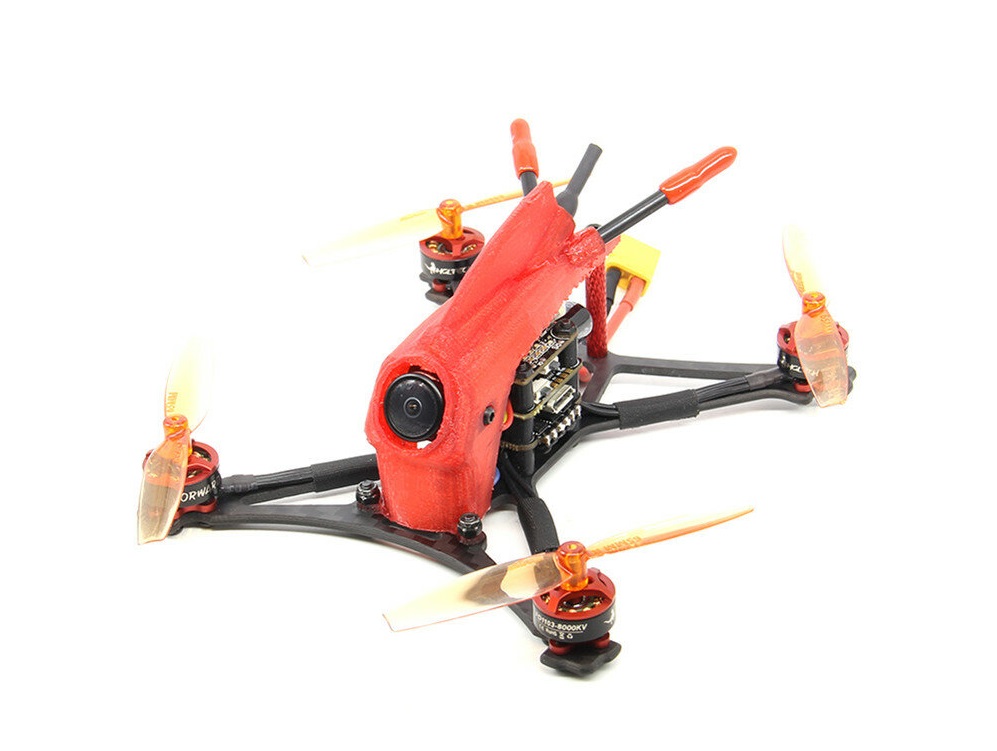
SKYSTARS TALON X110
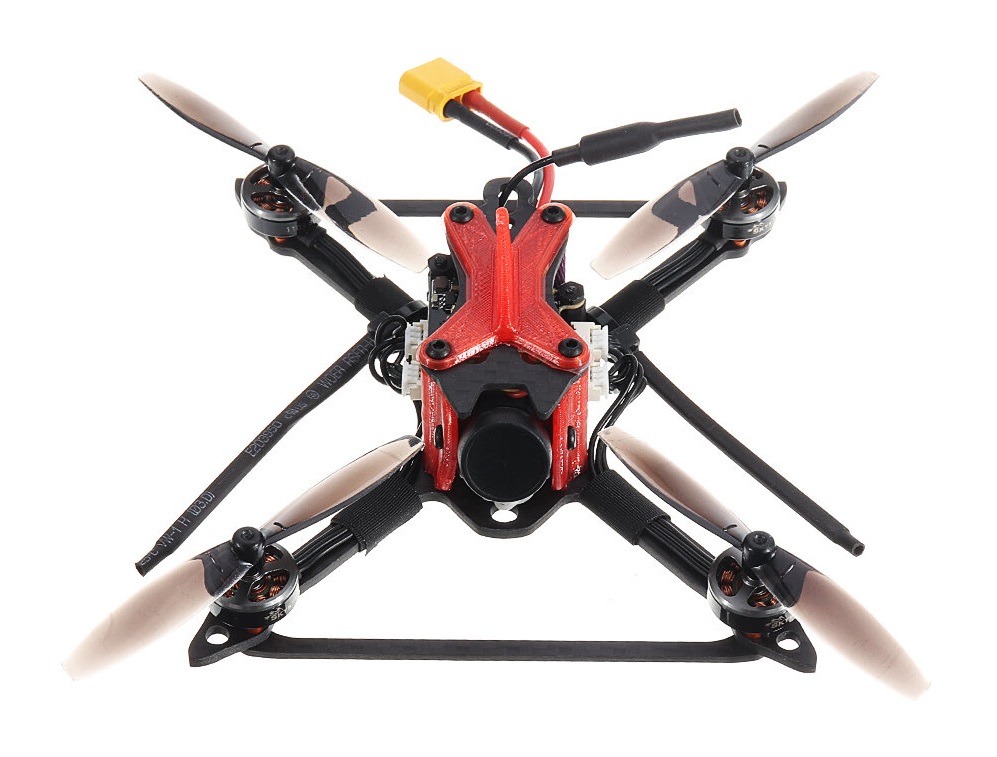
Diatone GTB229
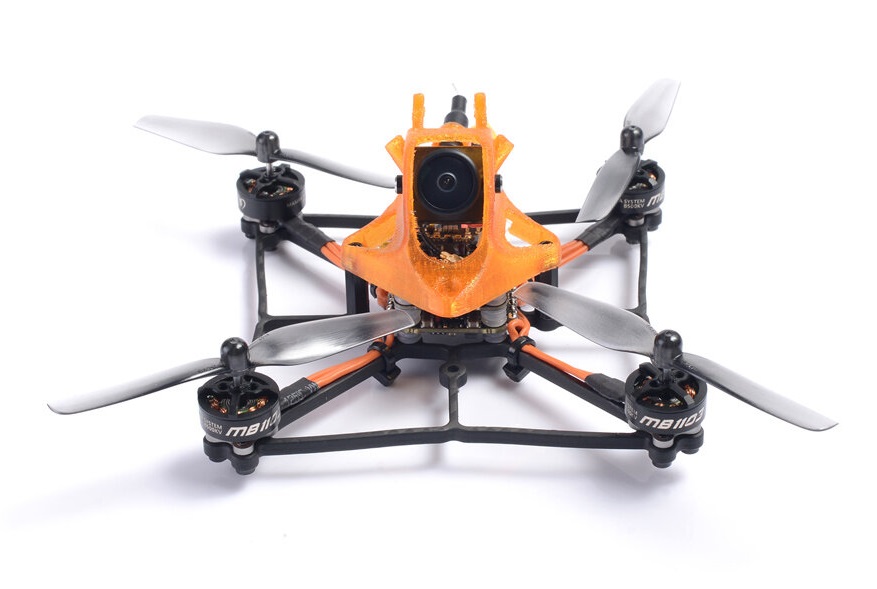
EMAX Tinyhawk Freestyle
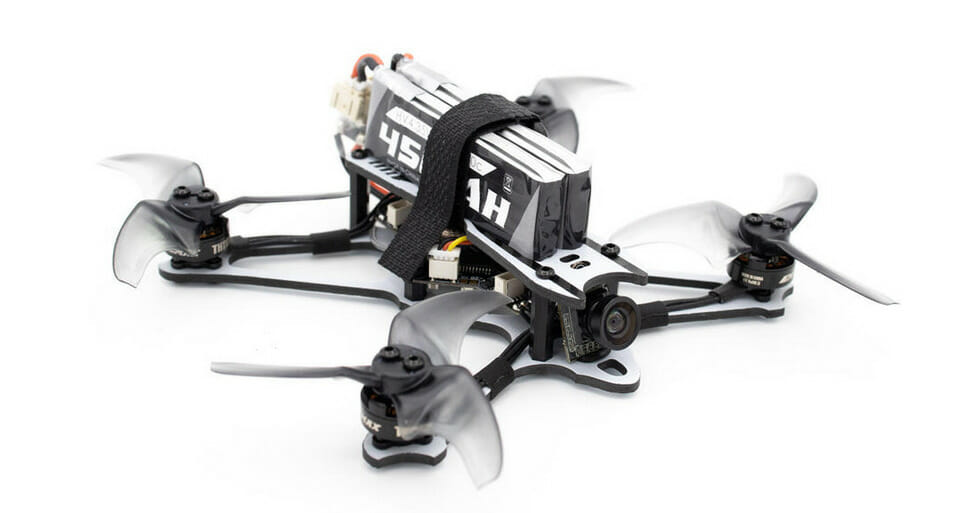
FullSpeed Toothpick
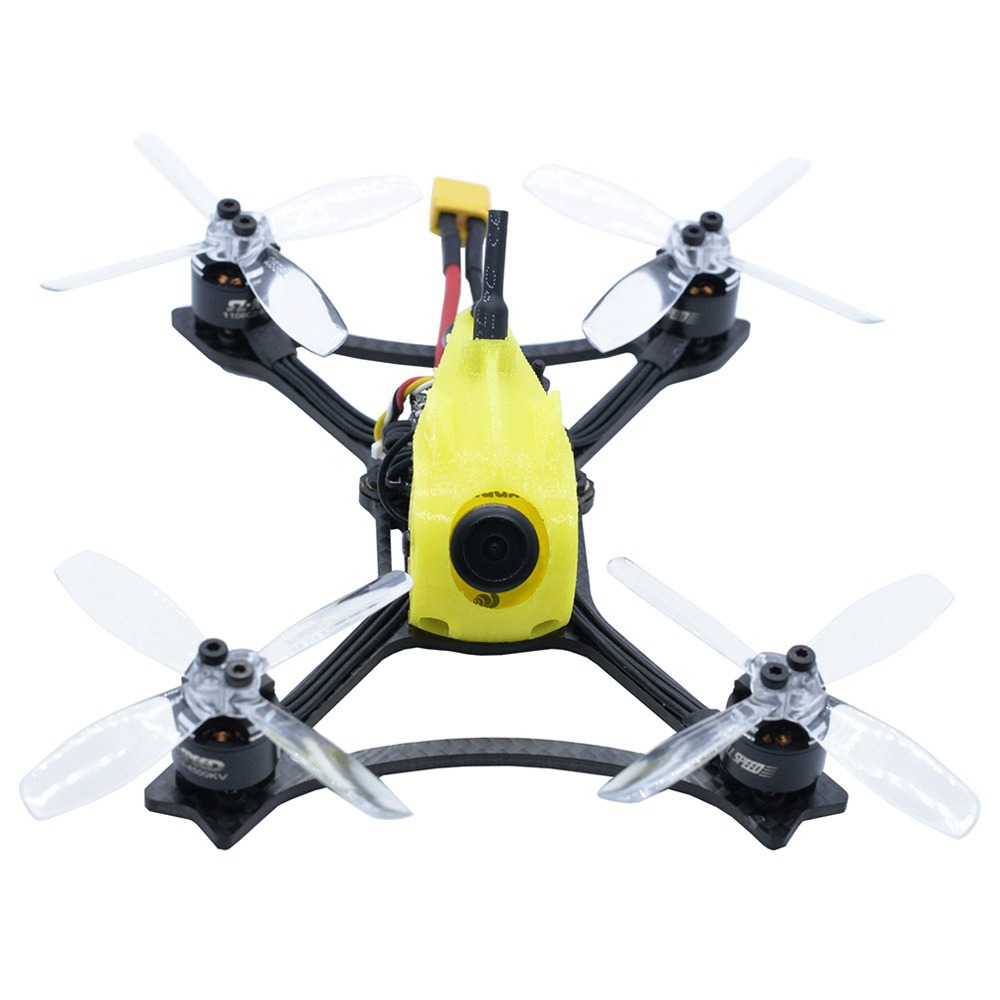
SPC Maker S125
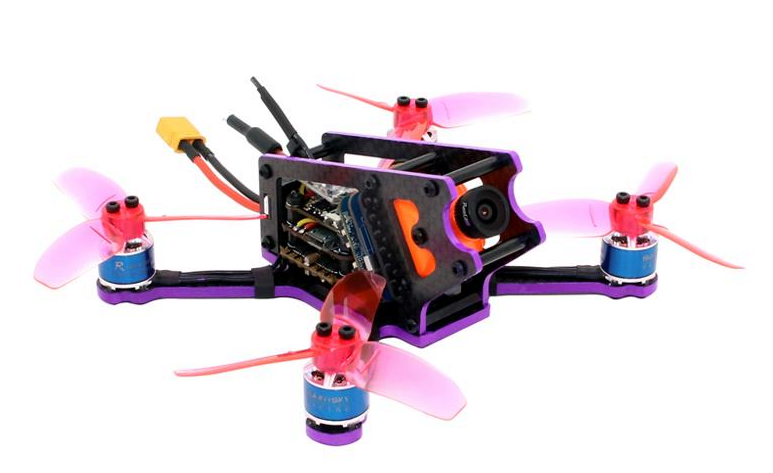
SPC Maker X90
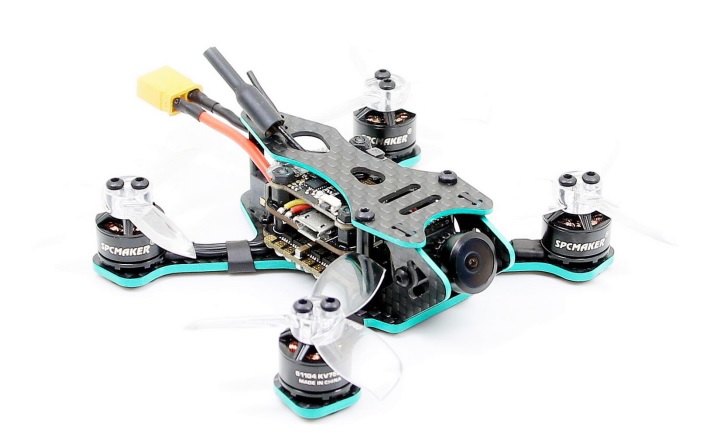
Emax Babyhawk-R RACE Edition
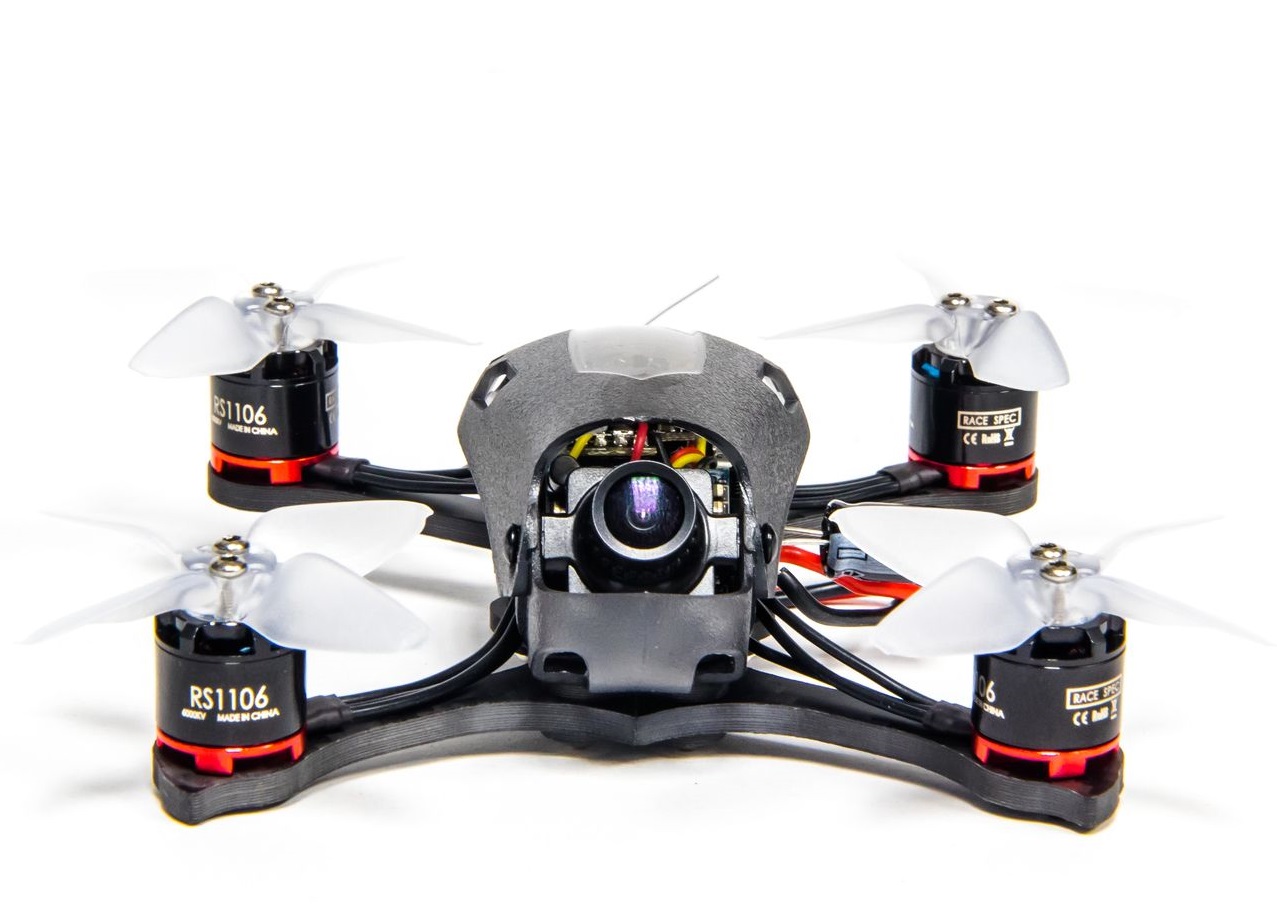
Emax Tinyhawk II Race
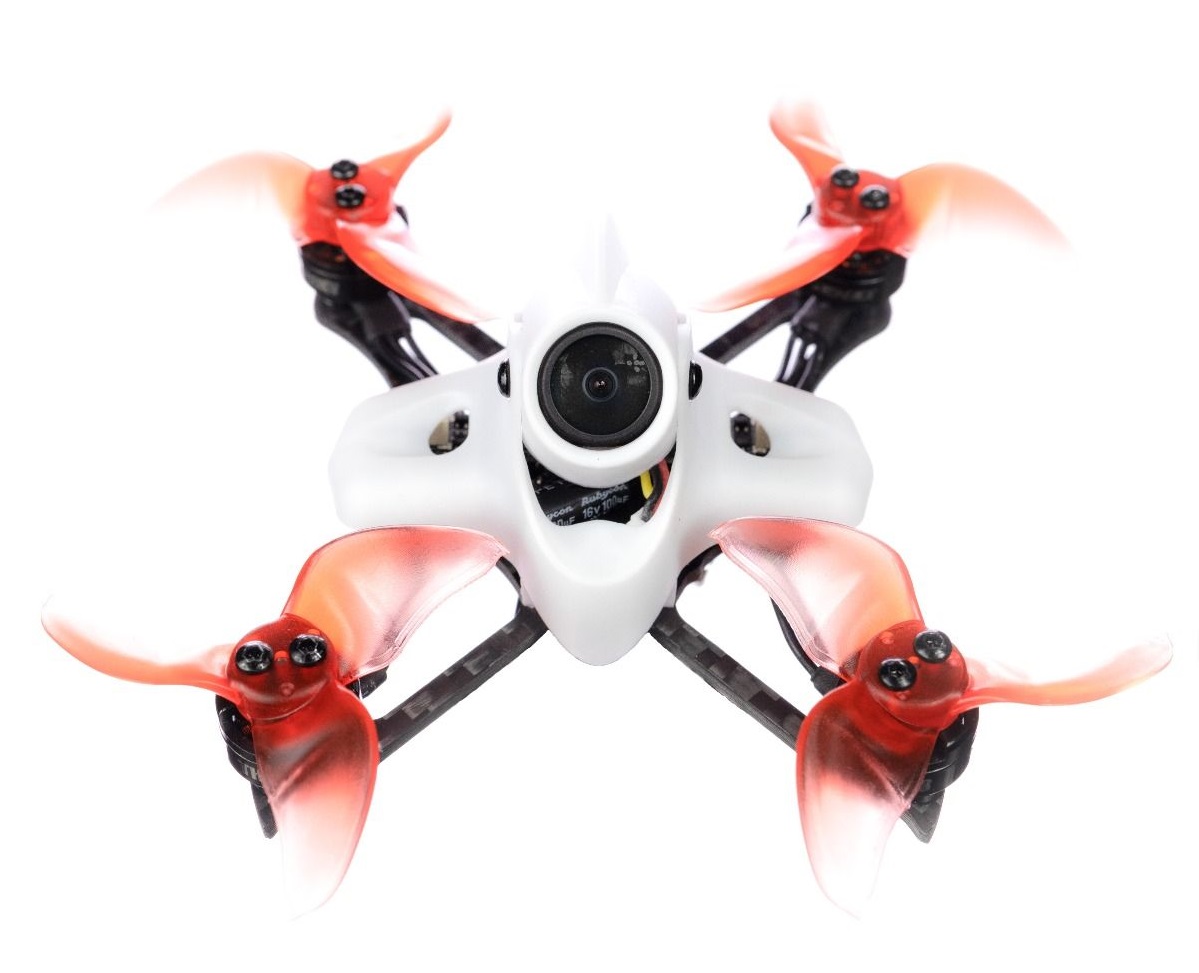
GEPRC PHANTOM
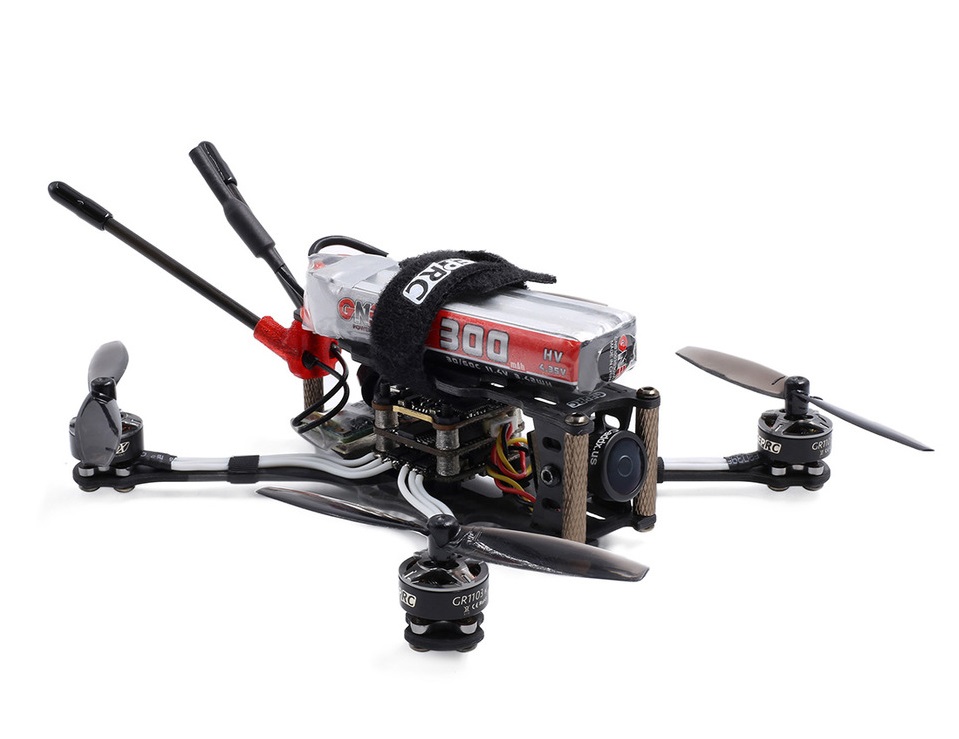
iFlight TurboBee 120RS

BetaFPV Twig XL 3 ″
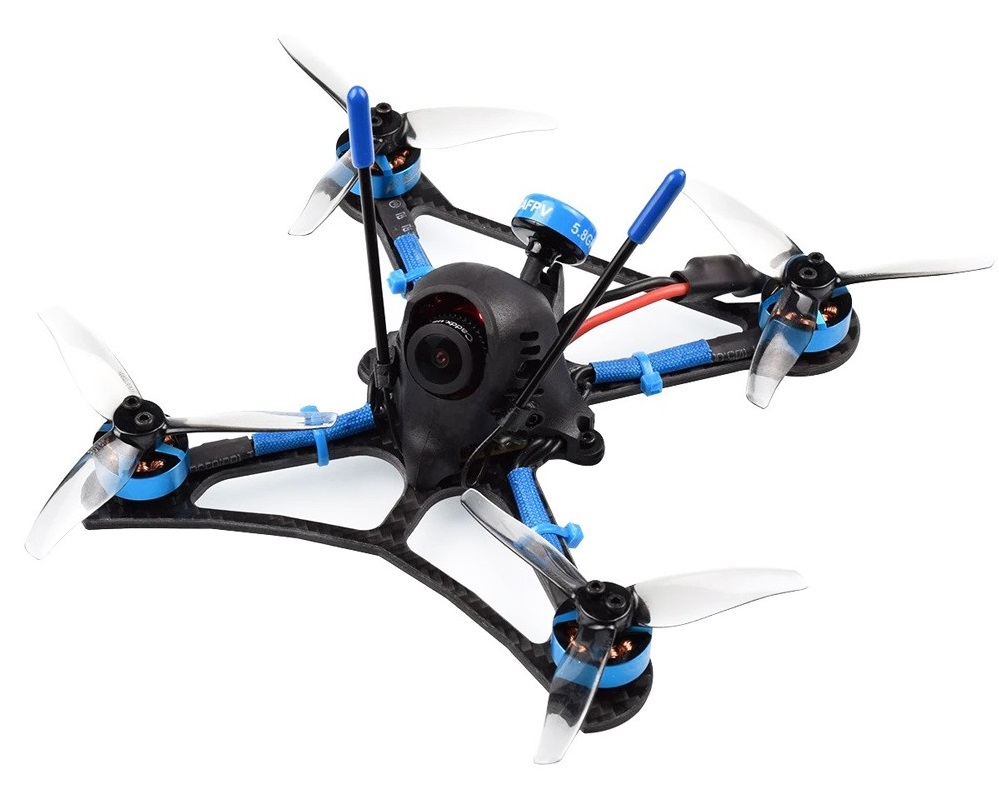
Happymodel Larva X HD (2 in 1 quadric; with removable protection)

Summarize
So, briefly summarize all of the above. To quickly enter the FPV racing drone niche, you need to start small. For those who cannot afford the purchase of control equipment, FPV goggles / helmet, batteries, and memory, the best choice would be the RTF kit, in which the drone reaches the consumer with all the components necessary for operation. For everyone else, the first priority will be the choice and purchase of all the necessary additional items indicated above. components.
Then you need to get FPV drone simulator and start getting acquainted with the physics of piloting in Acro mode (at least 100 hours of practice). After you can confidently fly a virtual drone, you can proceed to real flights.
To do this, it is advisable to purchase two drones at once, one for flying at home (with motor ring protection), the other for flying outdoors (without protection). Of course, both of them can fly indoors and outdoors, but for a beginner, for safety reasons, it will be best to have a quadric for your home with propeller guards. If the purchase of two drones does not cover your budget, the choice should fall on the model with a ring shield, respectively. Next, you combine flights using the simulator and purchased micro quads.
Remember, the more you practice, the sooner you move on to high-speed mini drones. As you progress in piloting, which you will surely understand sooner or later in the learning process, you can move on to mini drones with frames from 150 mm and above.
Important! For flying on the street, choose areas free of people, animals, cars, etc. (the field in any of its manifestations will be the best place). Remember! No matter how quickly you advance in a hobby, you are learning all the time, so do not ask yourself, exclude carelessness and respect those around you. That's all, thank you for your attention, we hope our experience will be useful to you. Fly carefully and safely!
Videos
FPV progress in one year.
.






